Once every decade or so, Ferrari comes out with a world-beating, benchmark-setting supercar that demonstrates the Italian company’s latest technology and insatiable thirst for speed. The first real car to pull this off was the Ferrari F40. It was the last car Enzo himself signed off on, it was the first carbon fiber bodied car, it was the first production car to hit 200 mph, and it was built to celebrate the companies 40th birthday. After the F40 came the F50. A limited run model of only 349 cars, the F50 was again one of the quickest cars on the road; it could hit 60 mph in only 3.7 seconds, in 1995. The mid-engined monster that followed the F50 was supposed to be one of the greatest cars that Ferrari had ever created. It had an all-new engine and an array of Formula One technologies. The car was going to be so great, so rather than christen it the F60, Ferrari decided to name it after the company’s founder. This is the Ferrari Enzo.
The Enzo made huge waves through the industry when it debuted, and it remains one of Ferrari’s most loved and sought-after modern models. Only 400 of these incredible machines were ever produced, and each one is special. Keep reading to find out why.
Updated 08/18/2016: Our guy Jonathan Lopez is present at the 2016 Monterey Car Week and he took a series of shots for the Ferrari Enzo - aka one of the best supercars ever built by the Italian company. Check them out in the picture gallery.
Continue reading to find out more about the Ferrari Enzo.
2003 - 2004 Ferrari Enzo
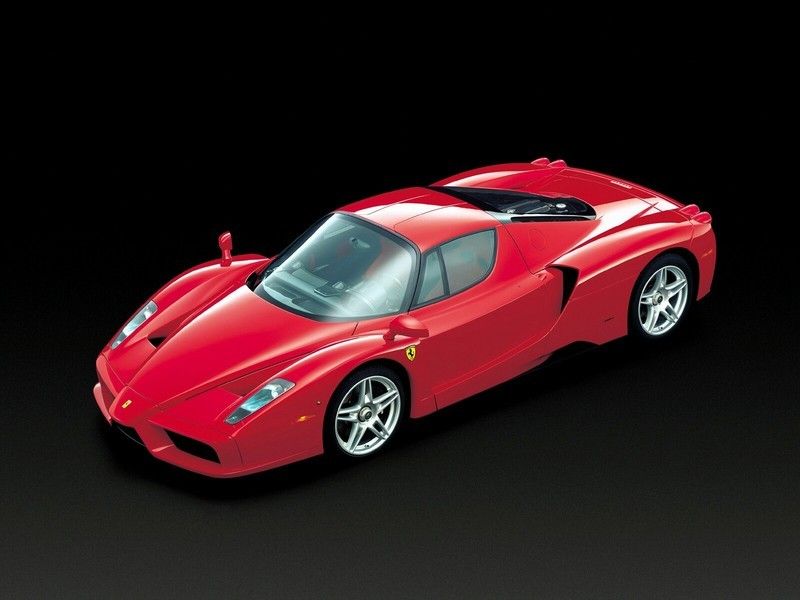

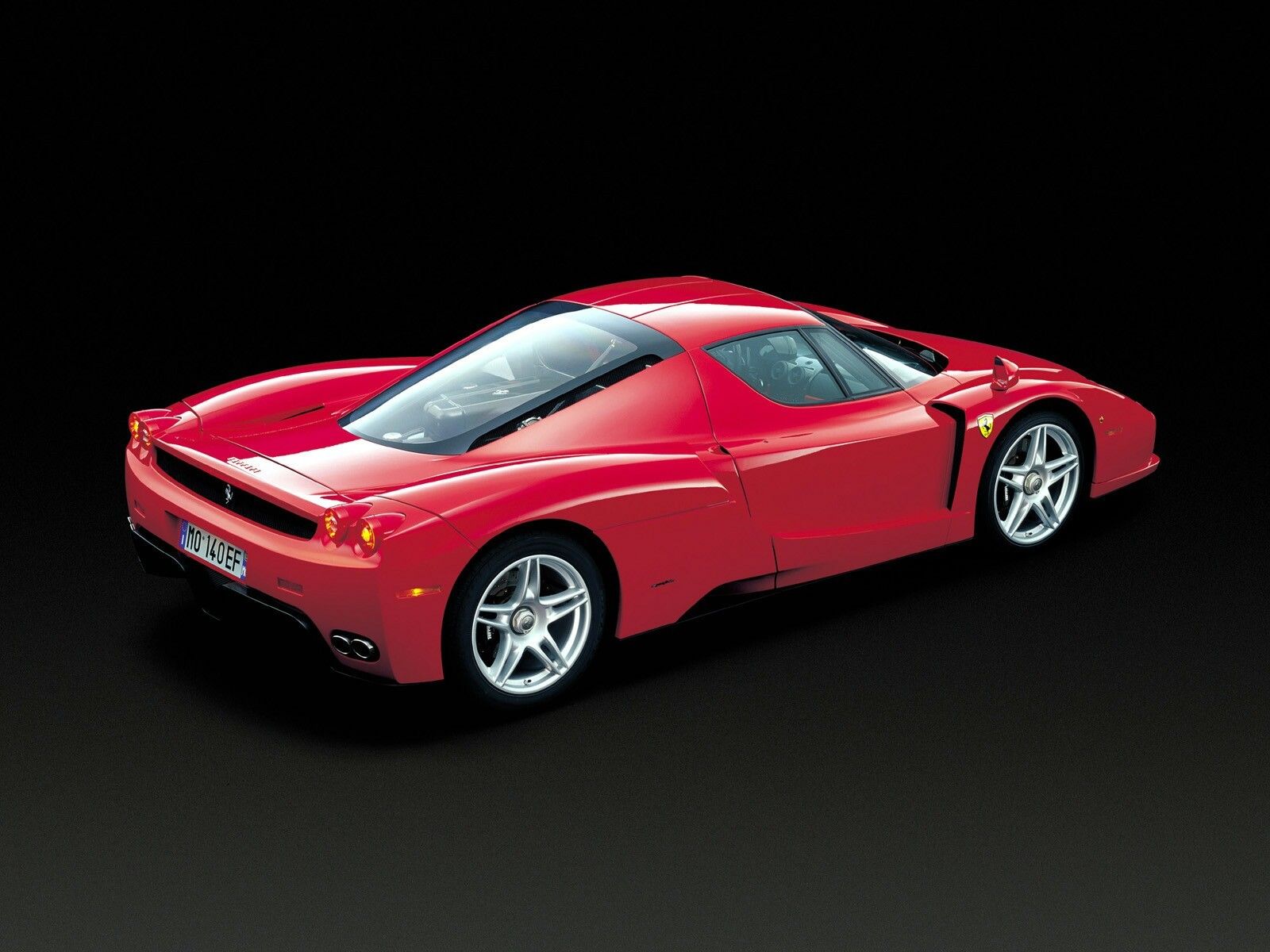
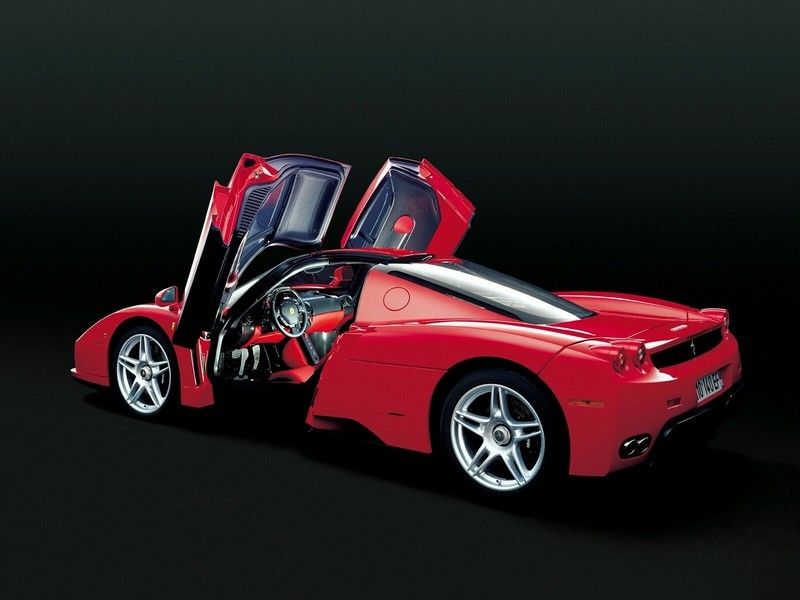
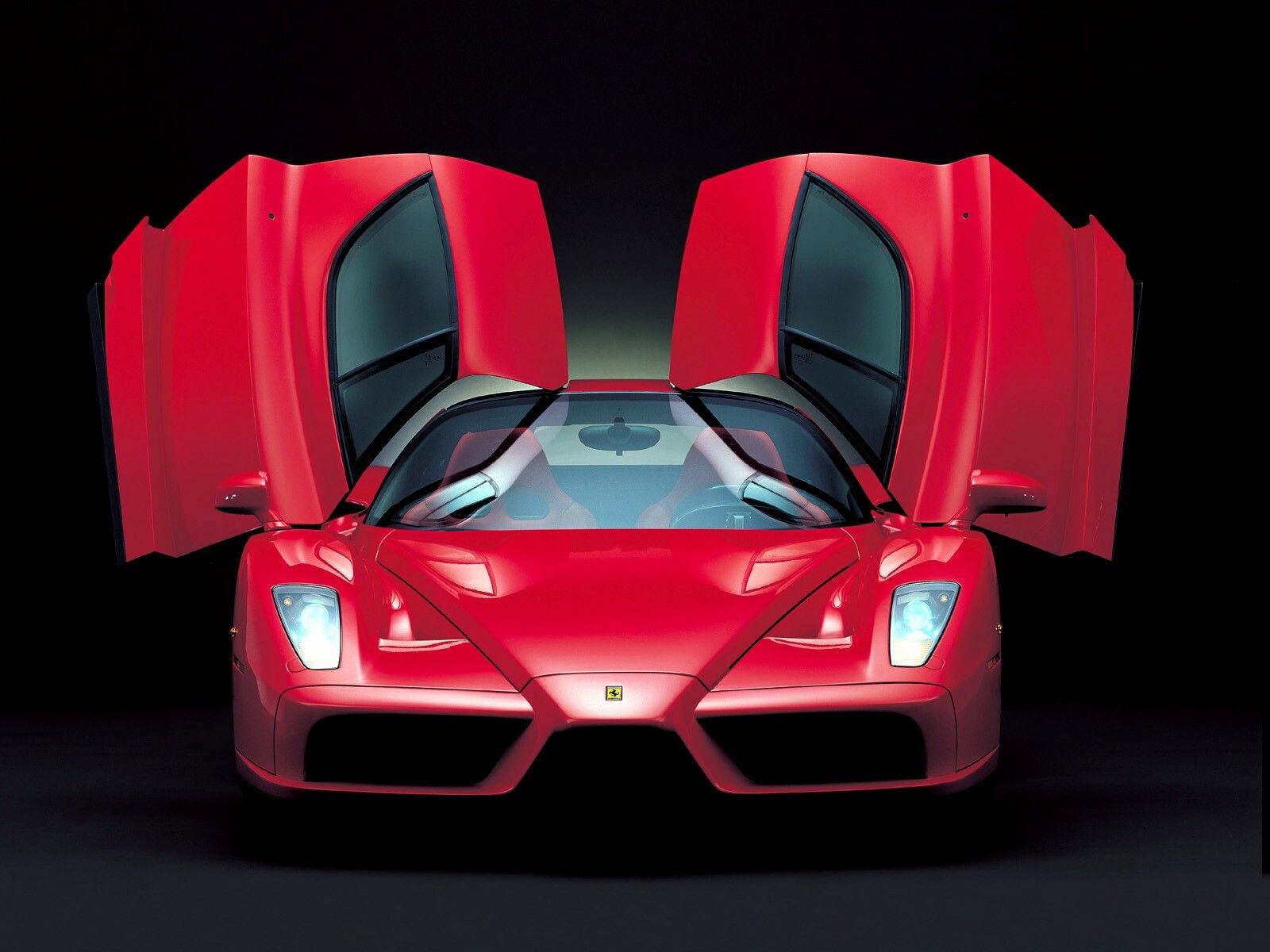
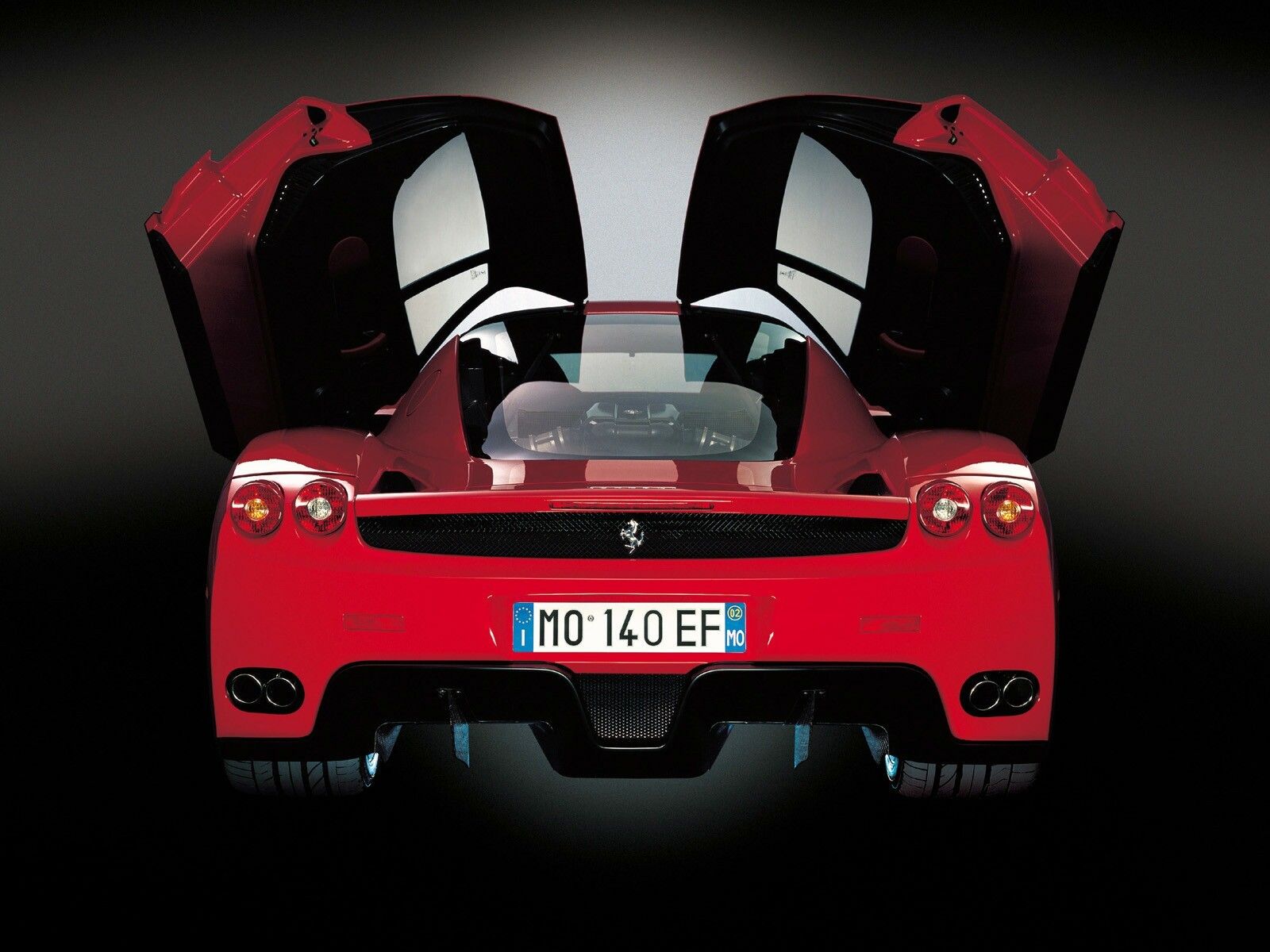
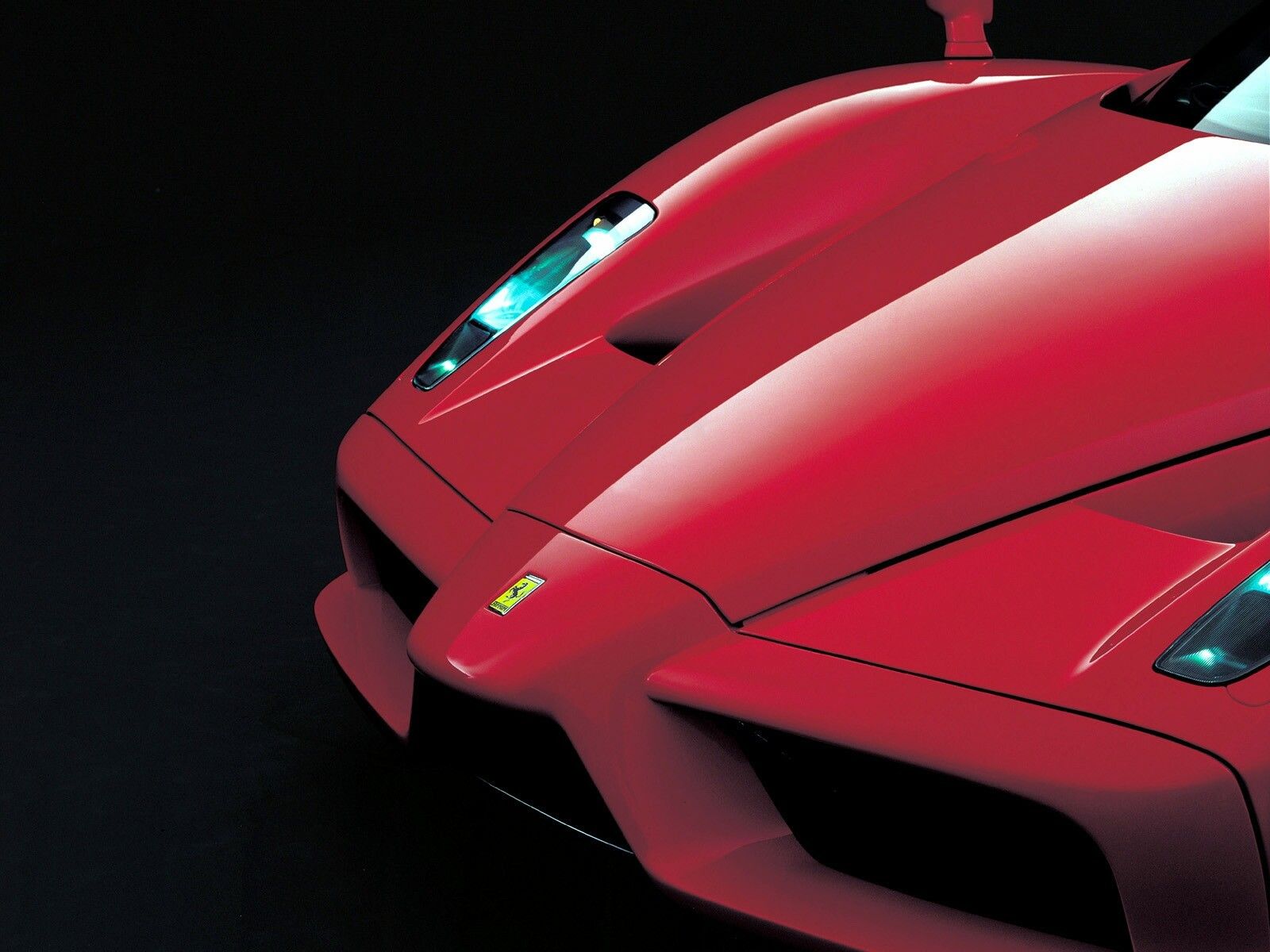
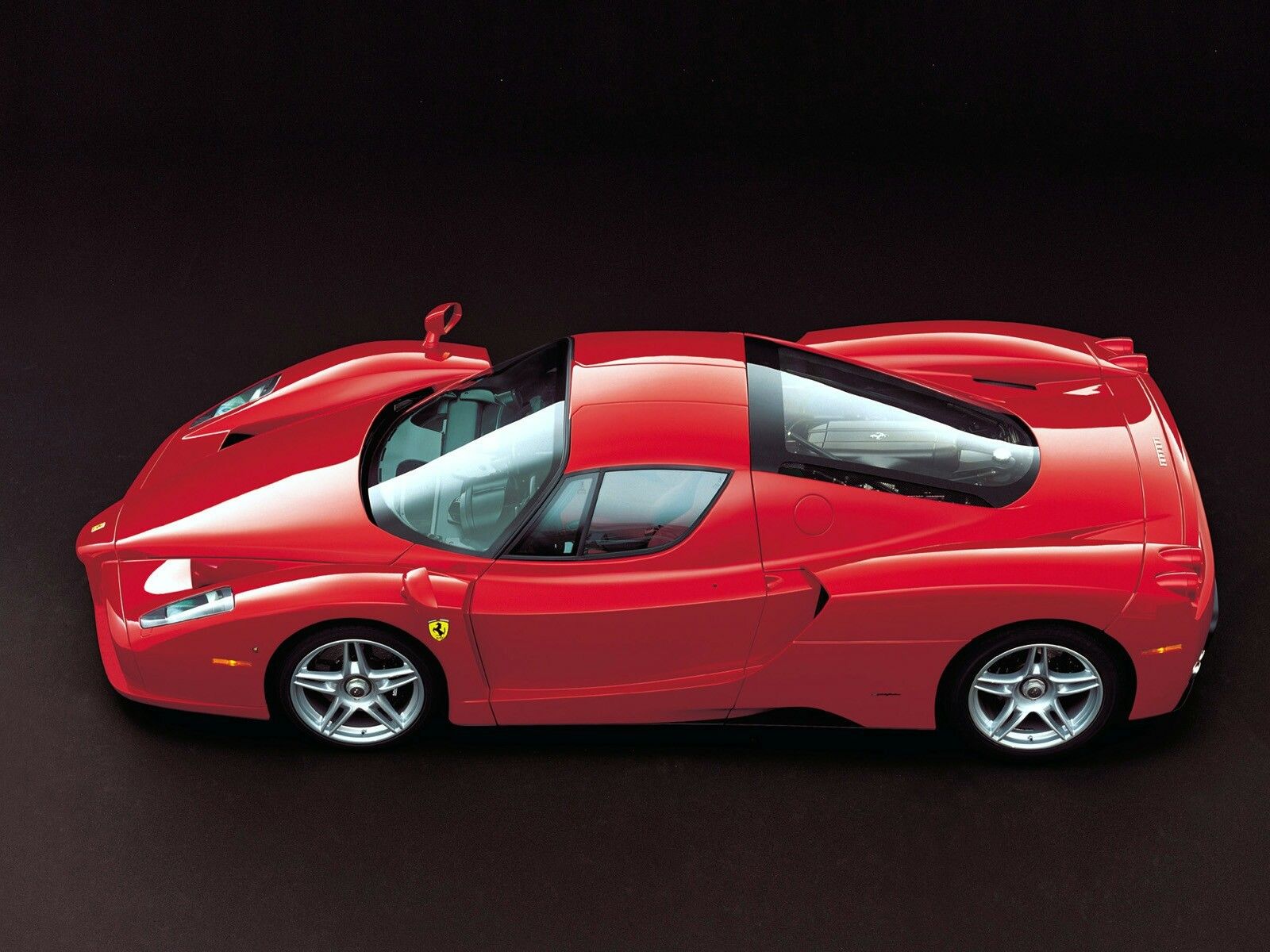
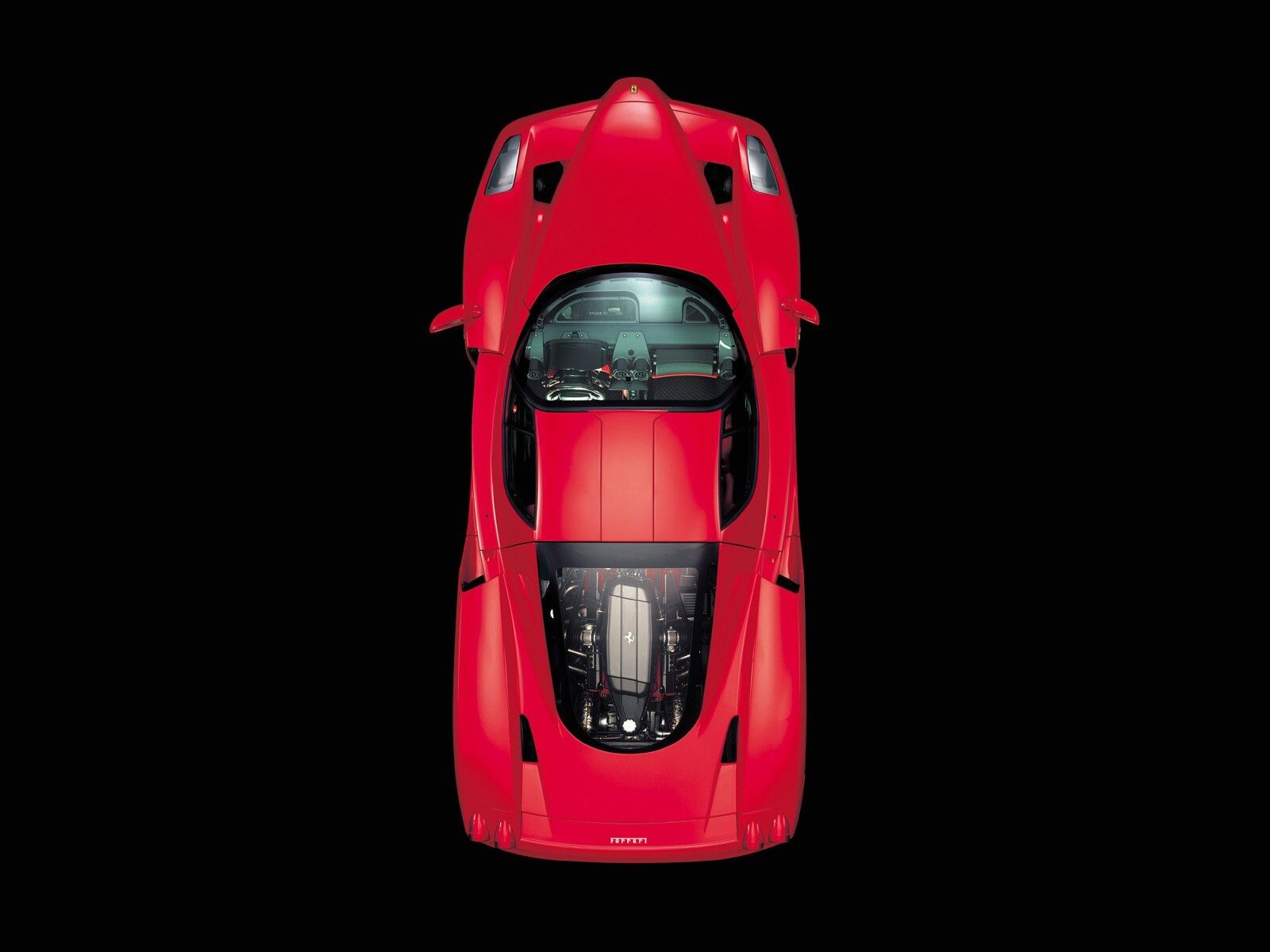
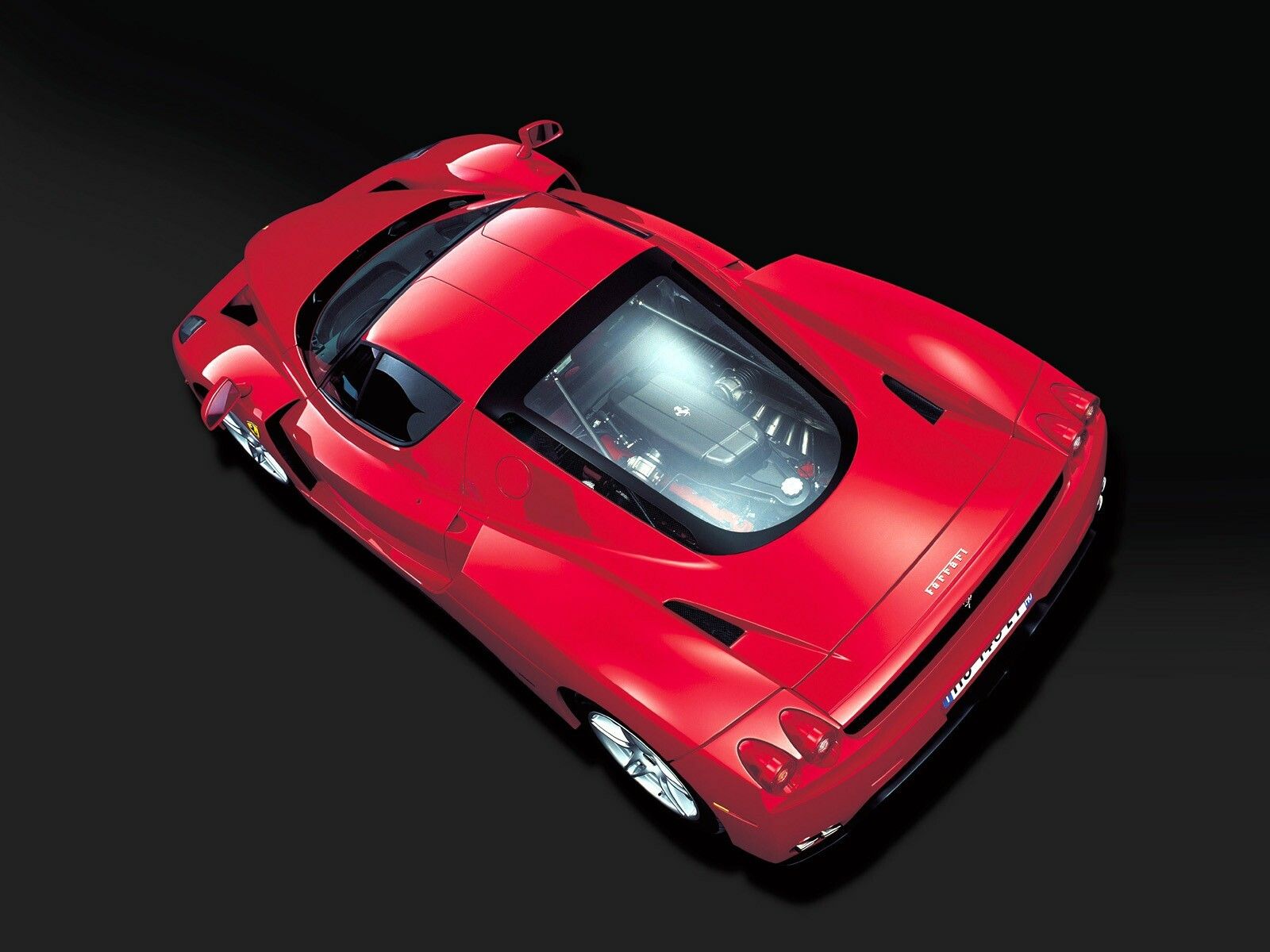
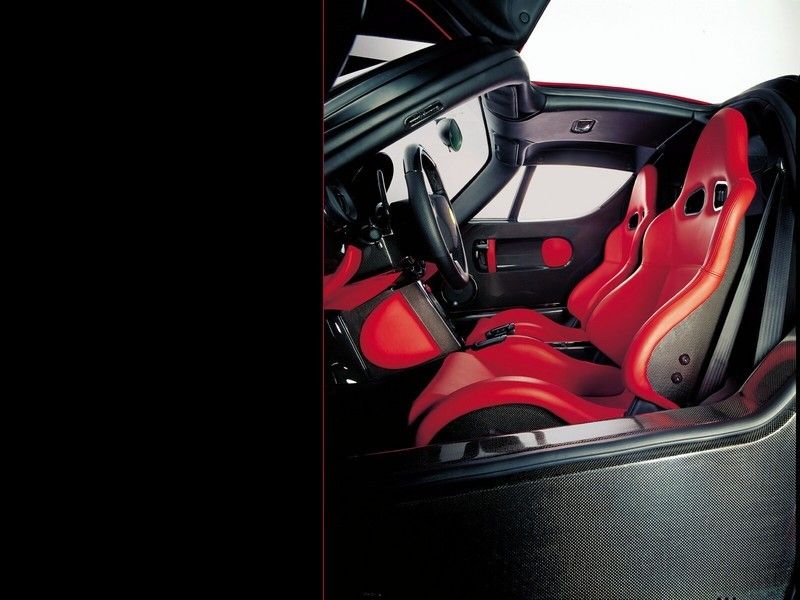
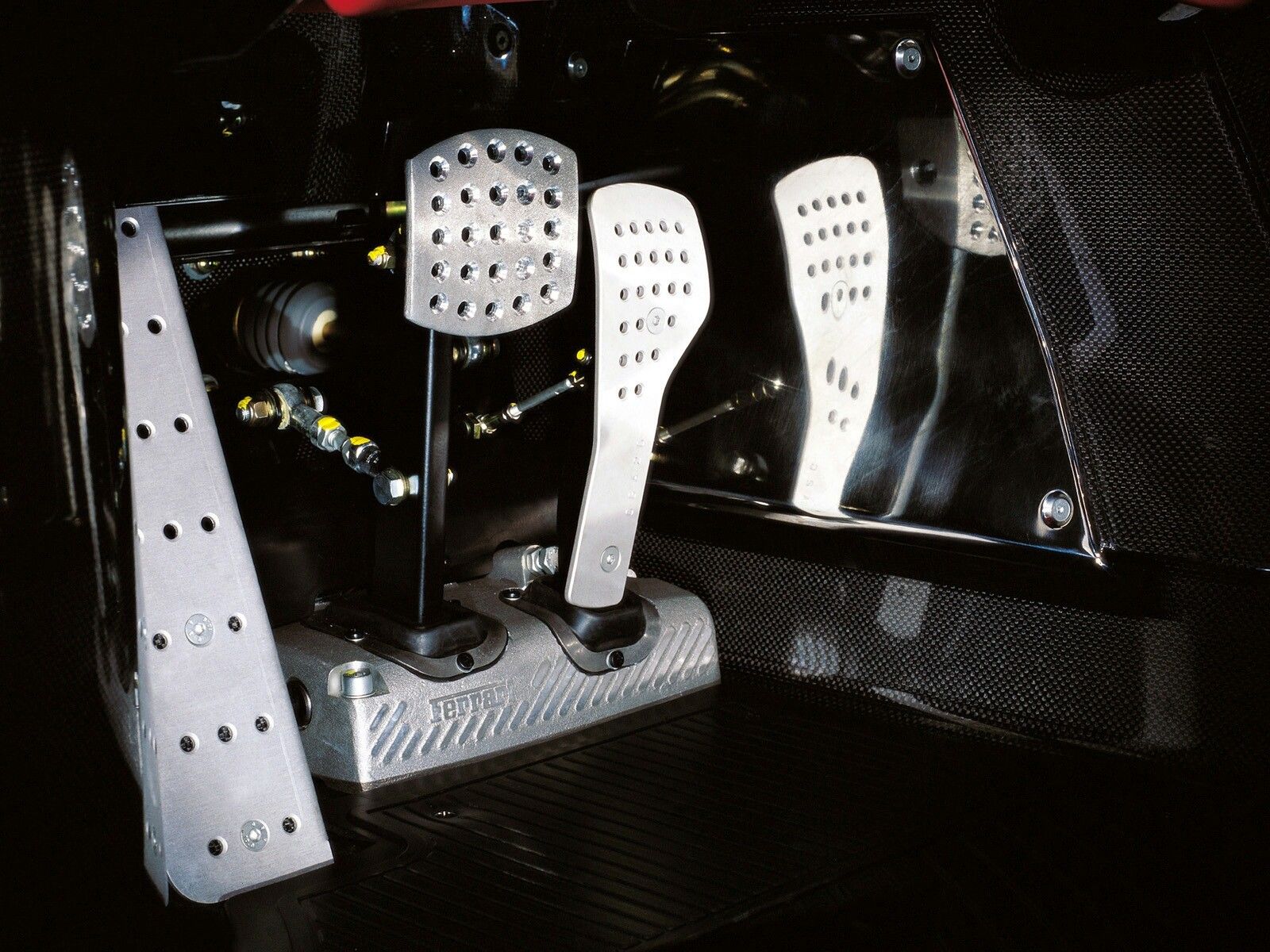
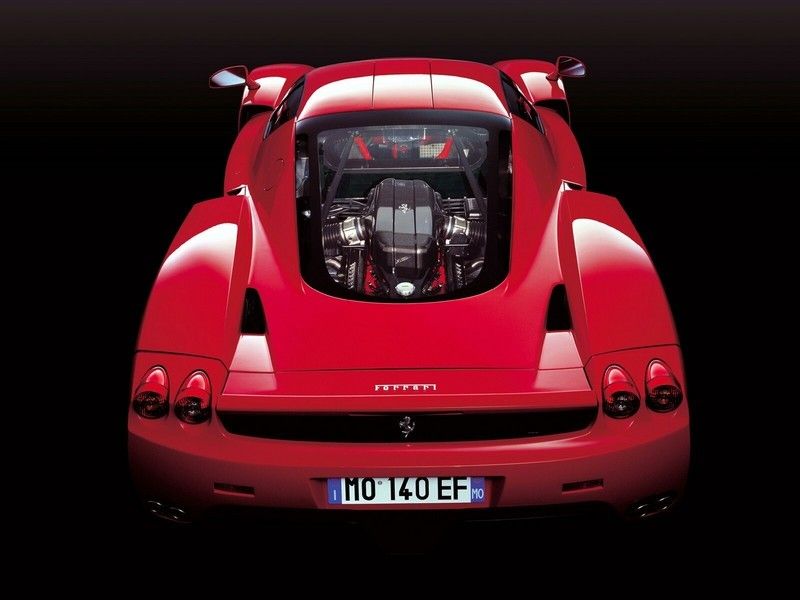
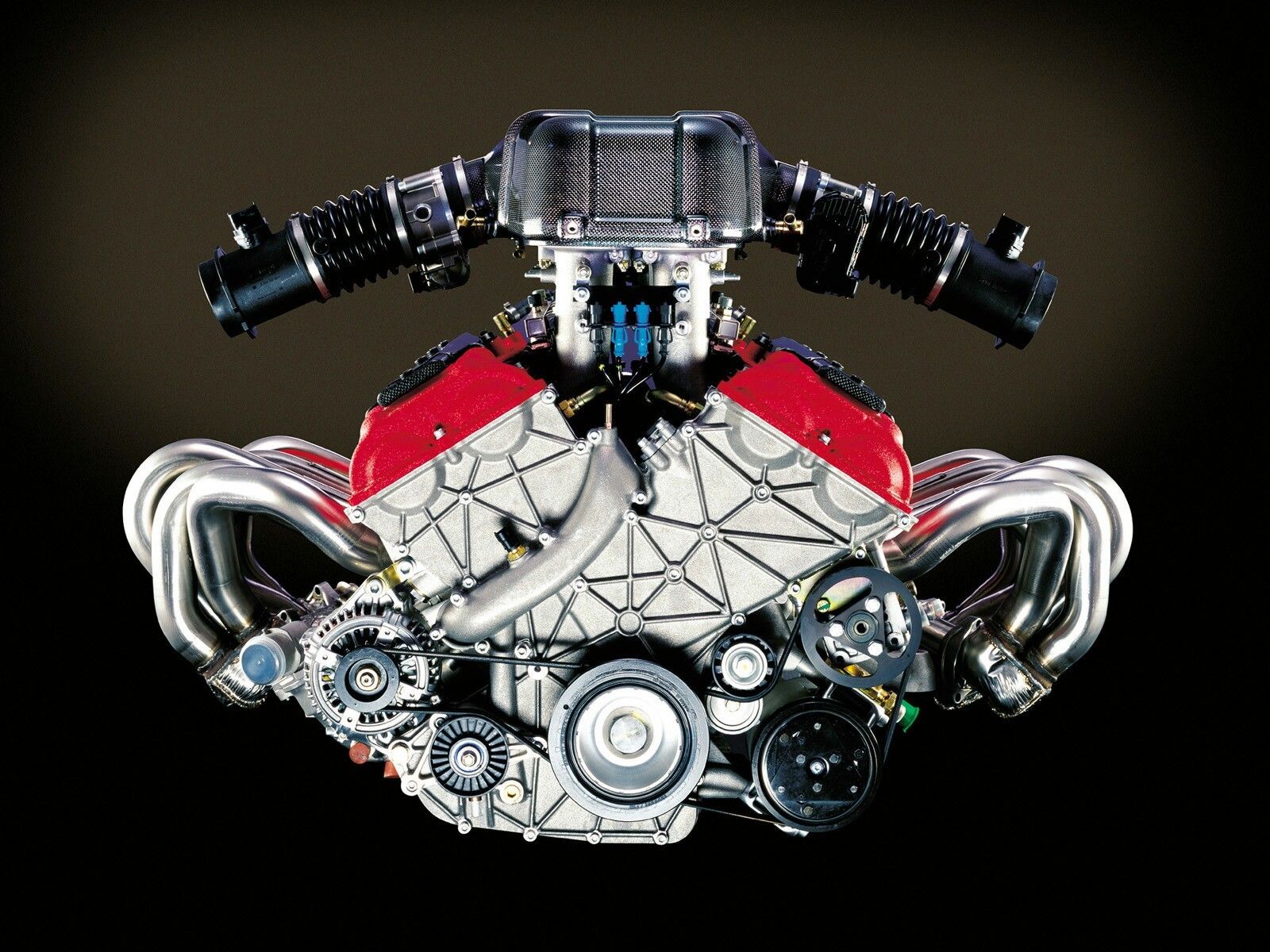
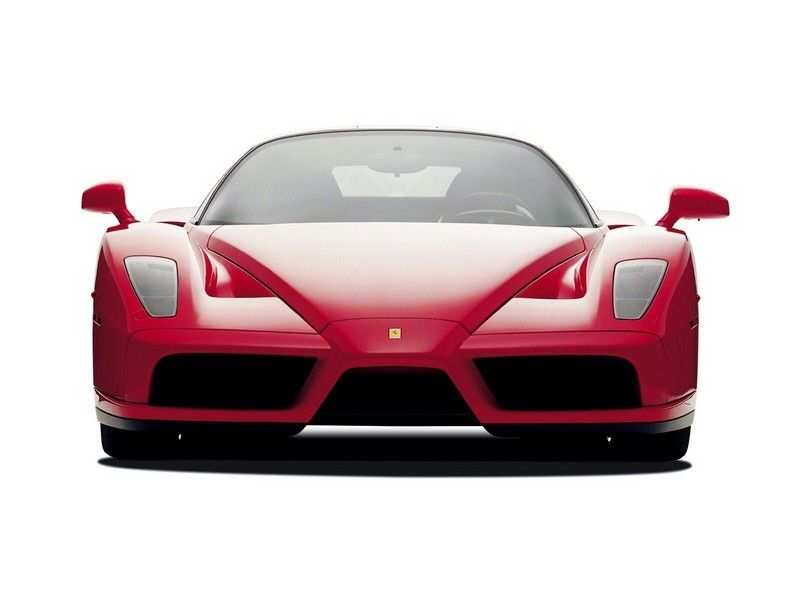
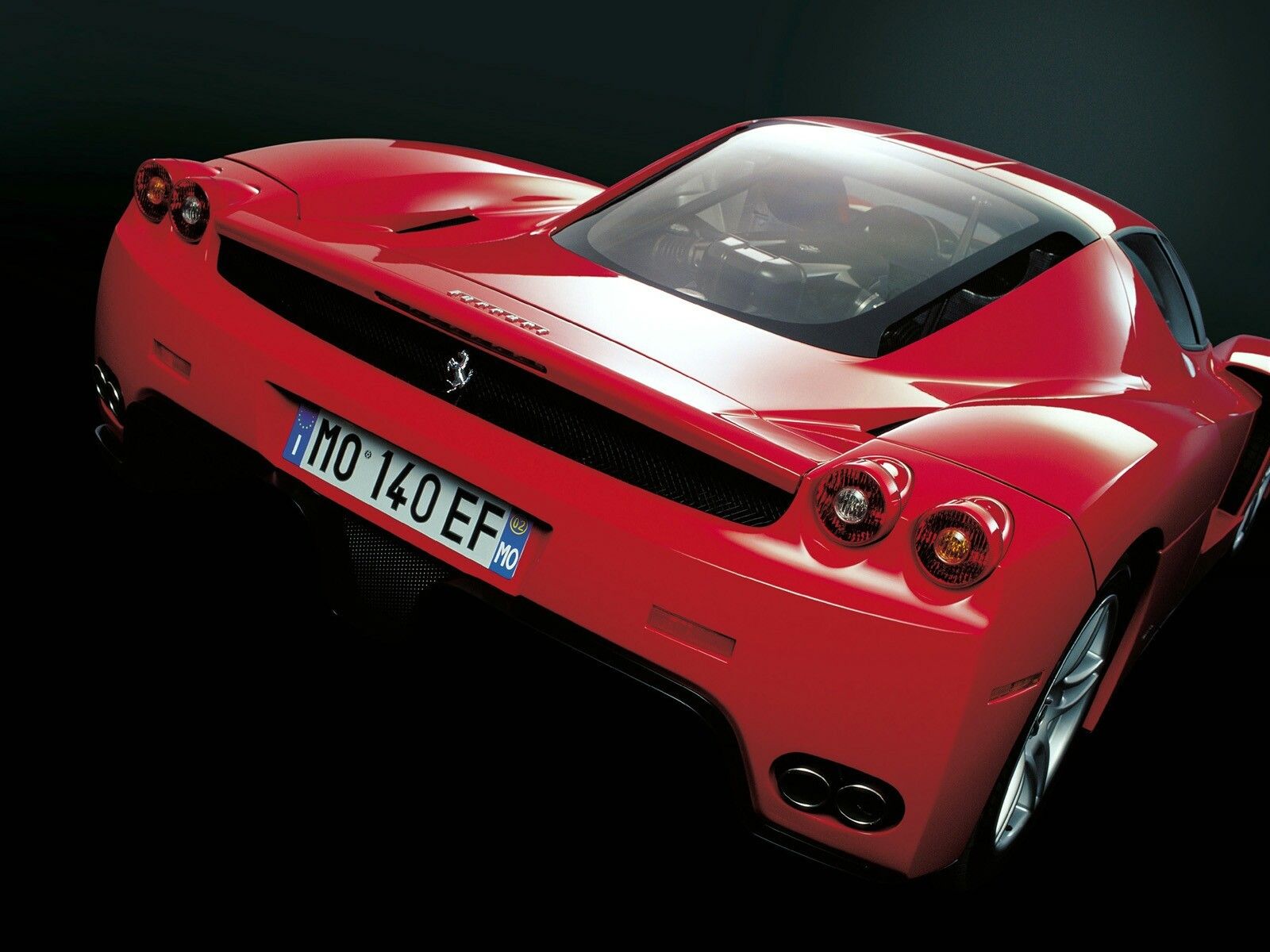
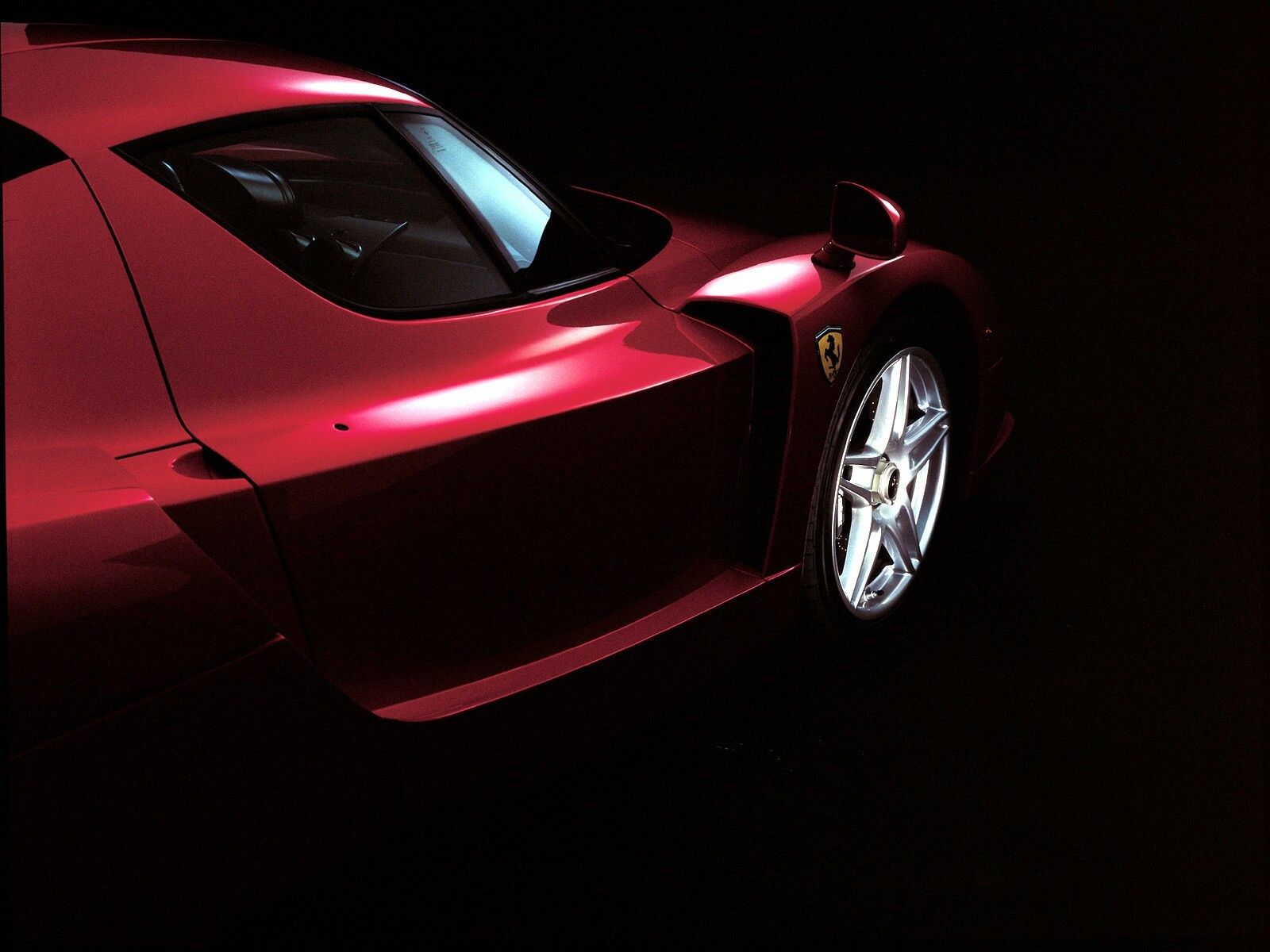
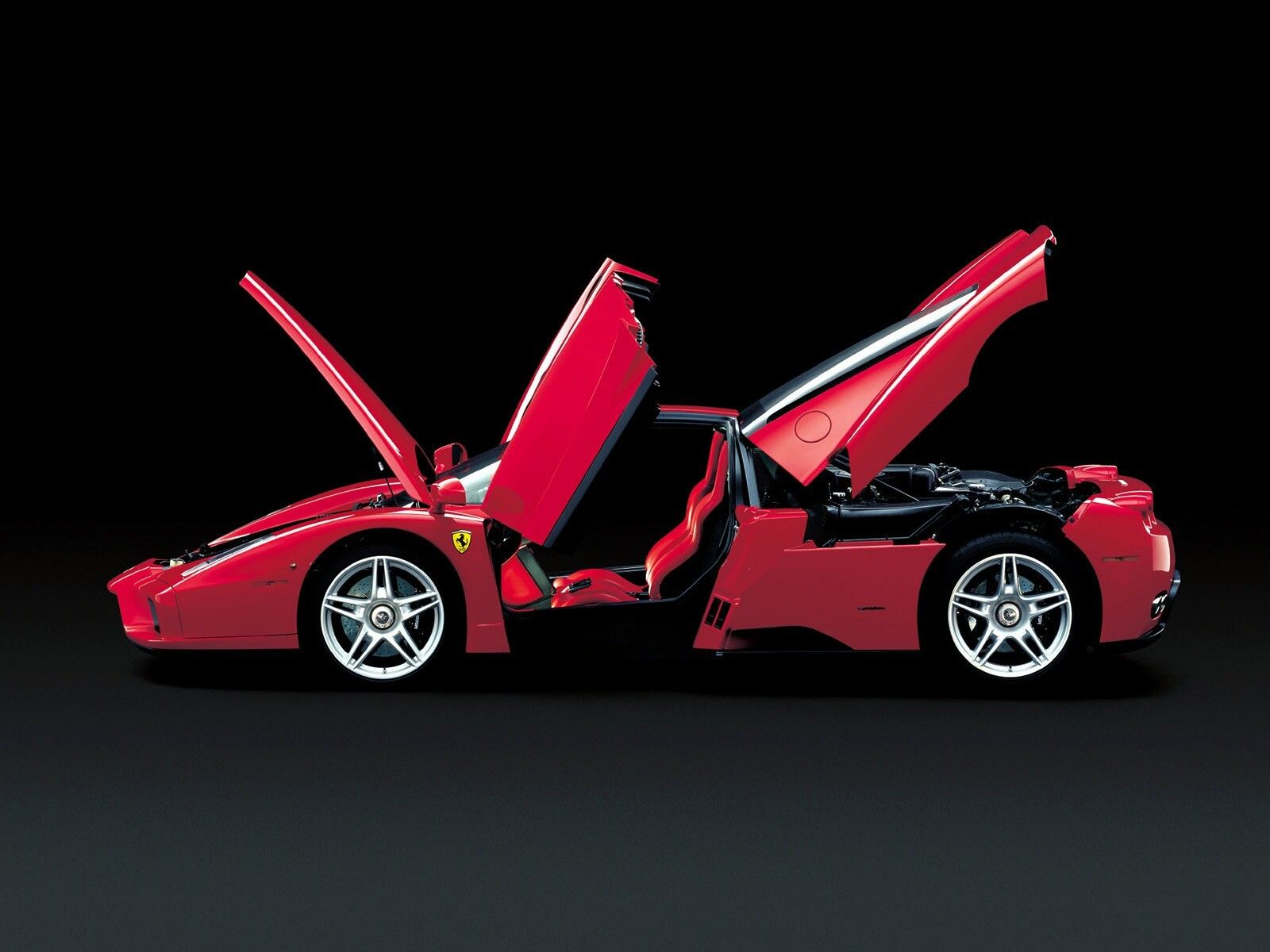
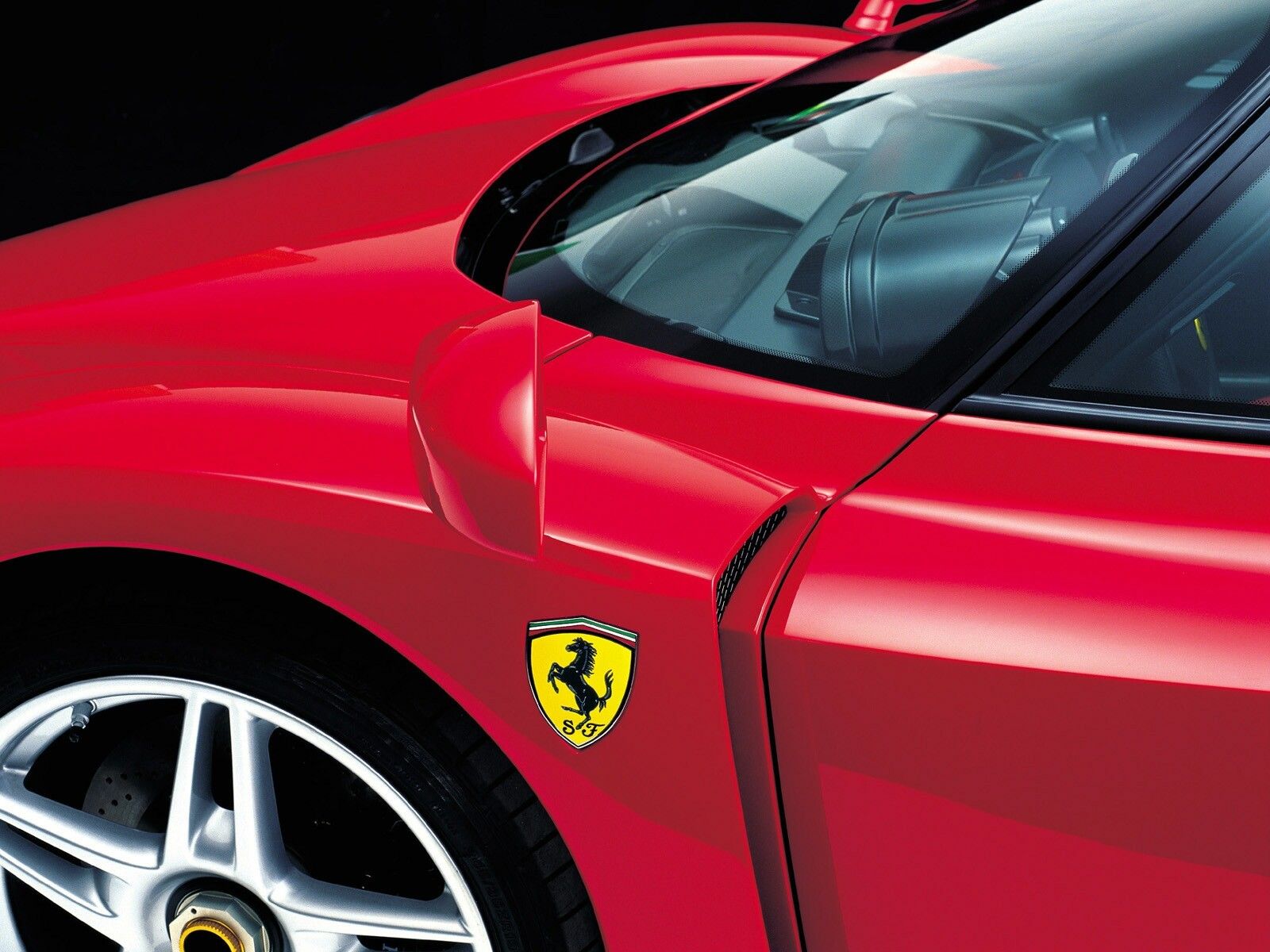
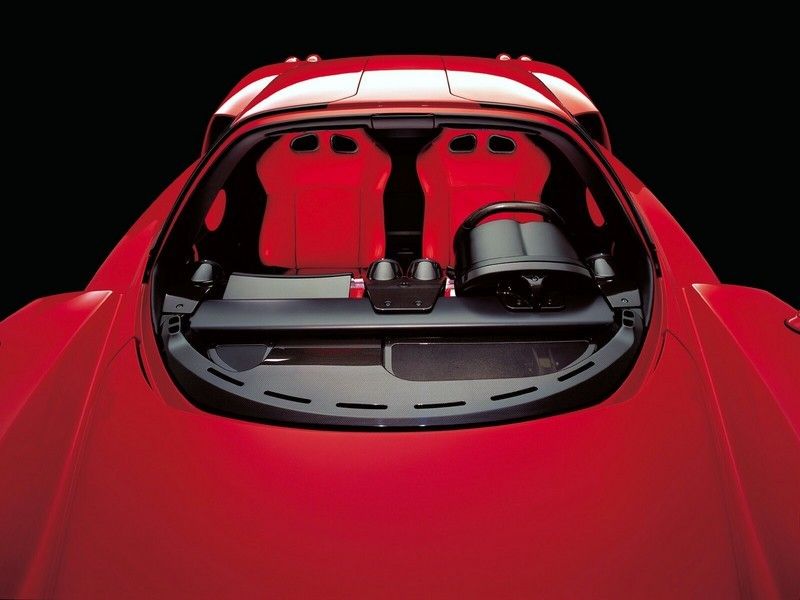
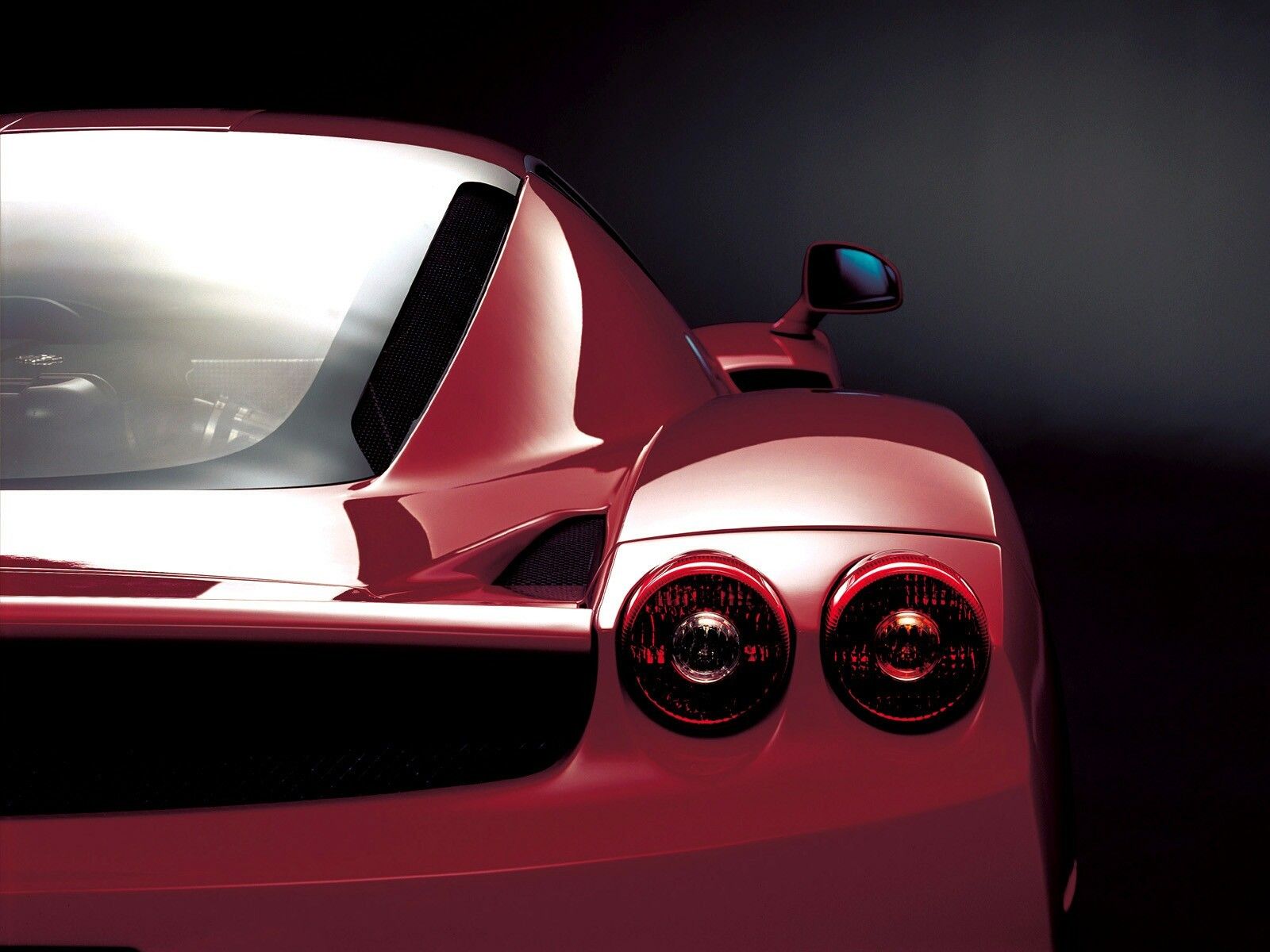
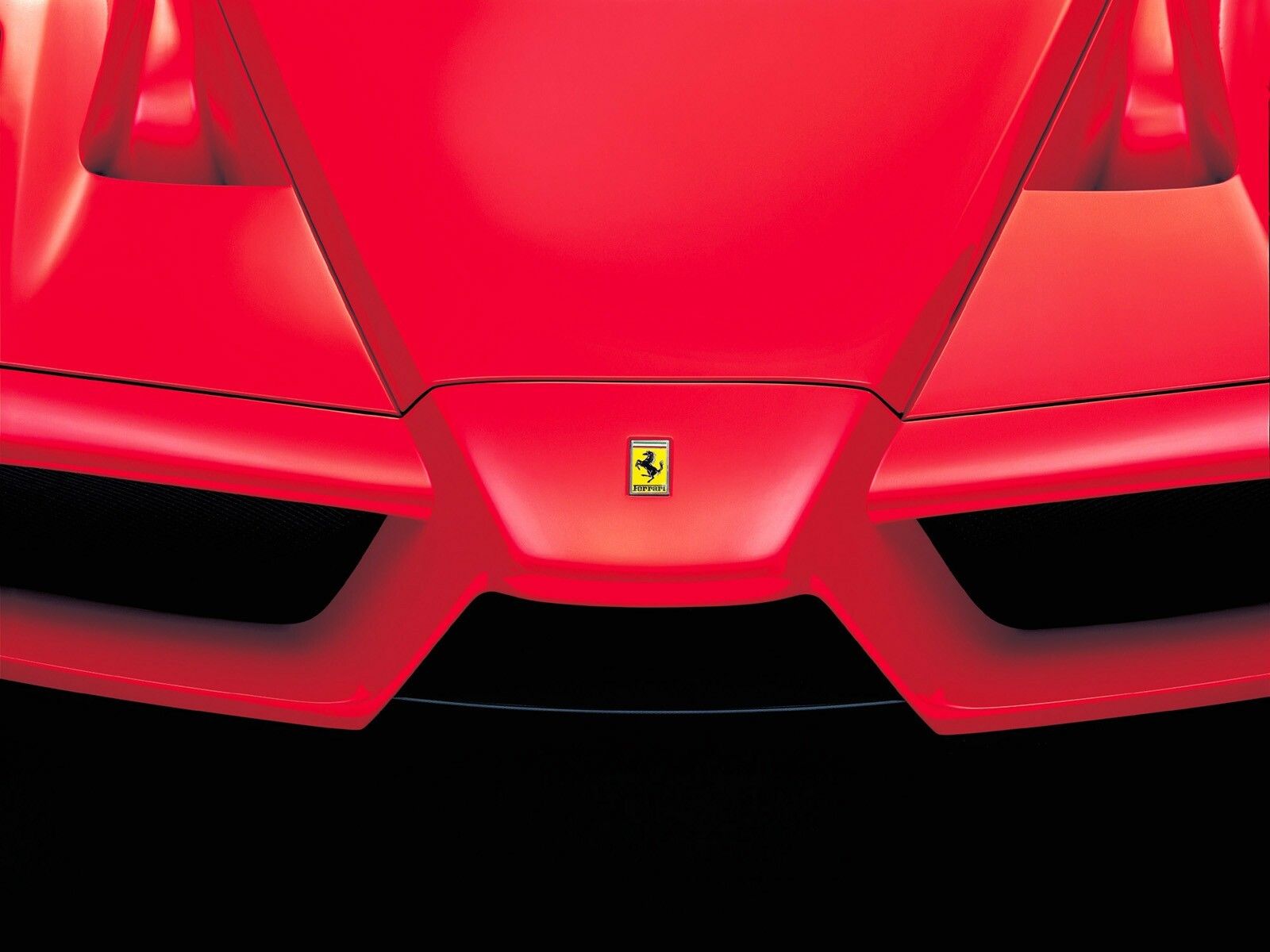
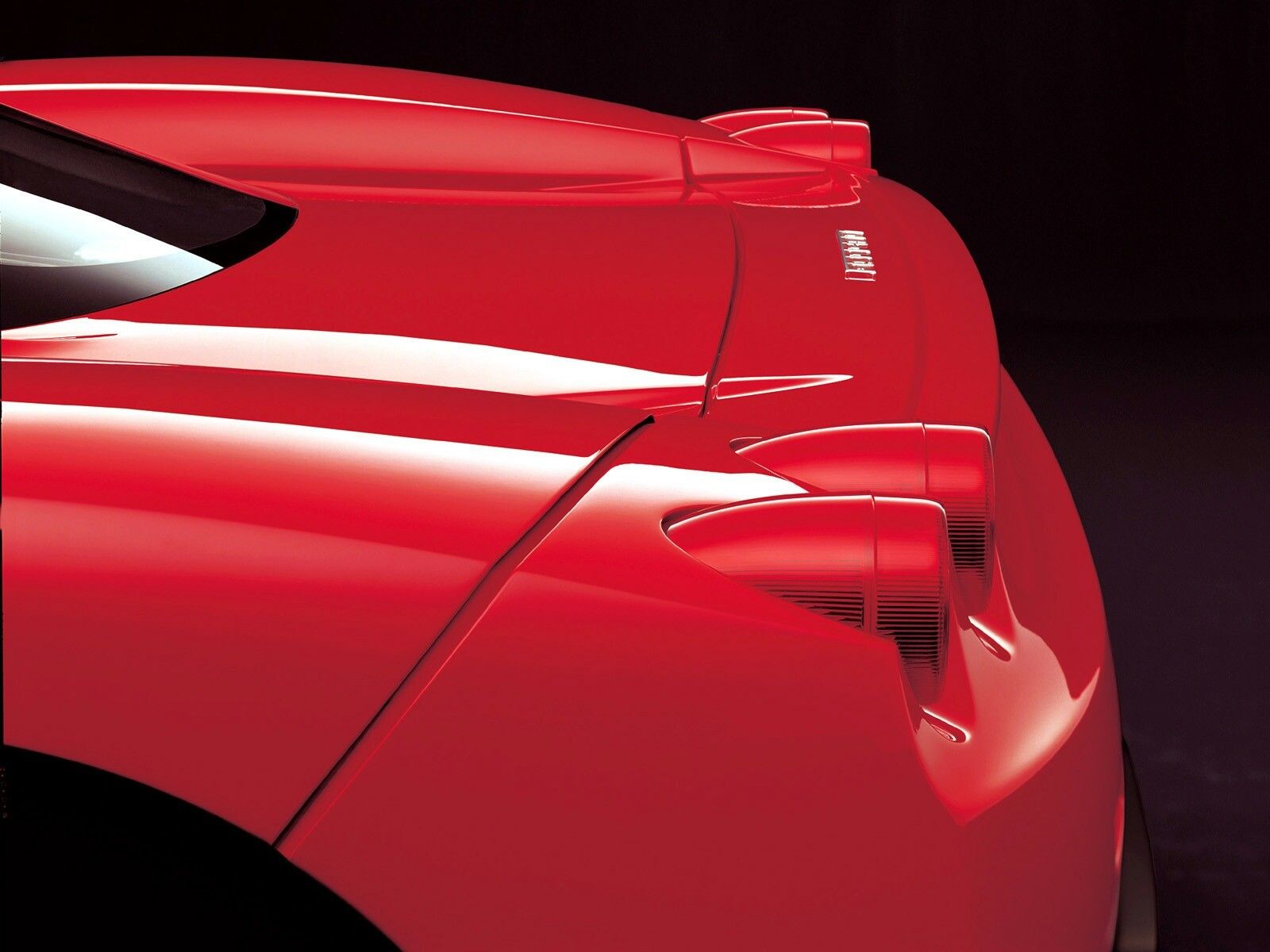
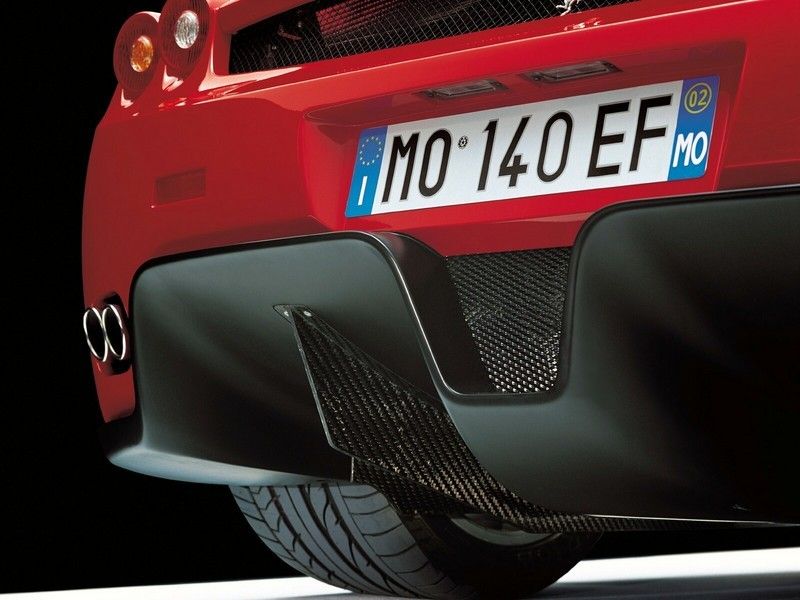
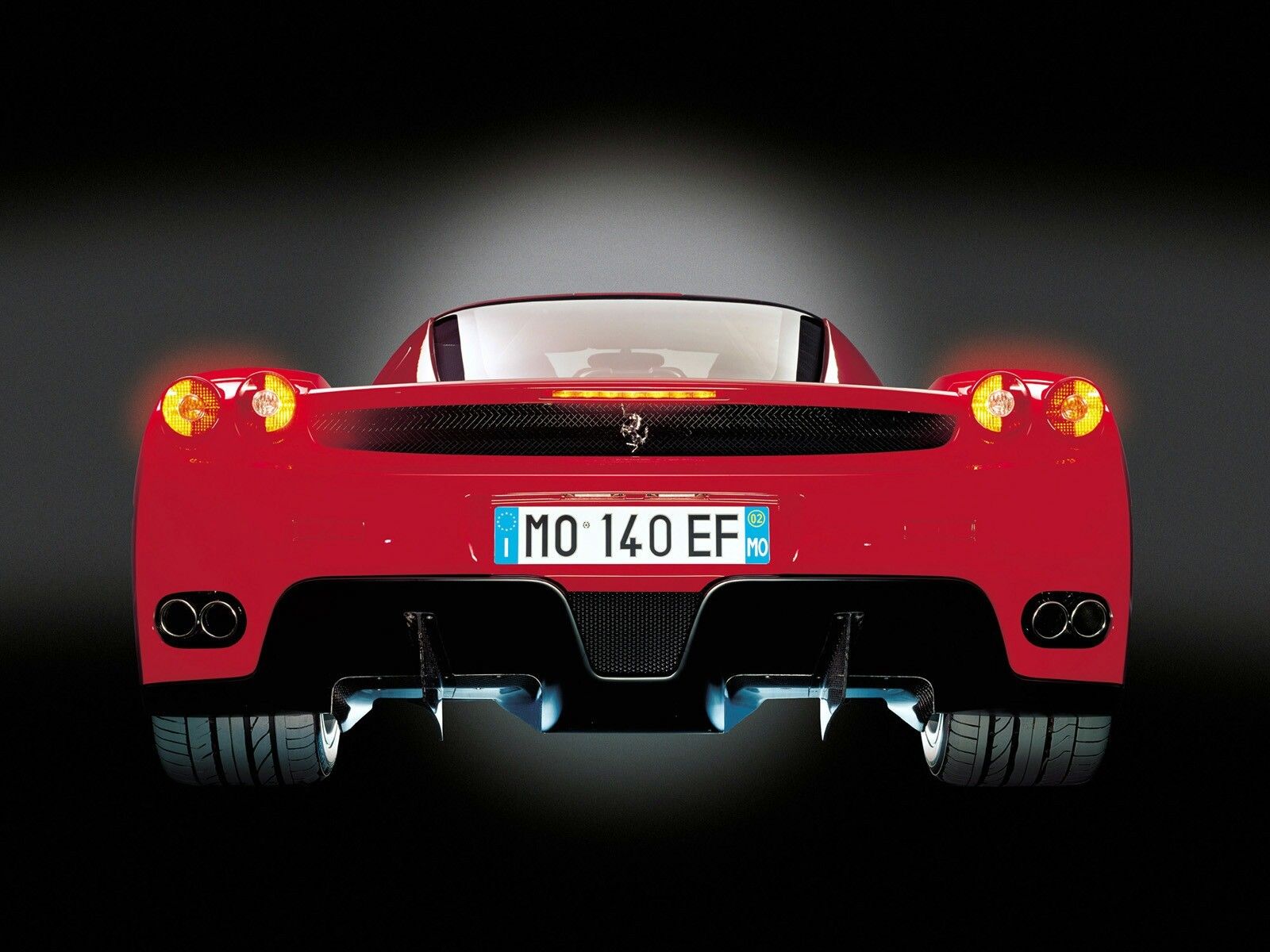
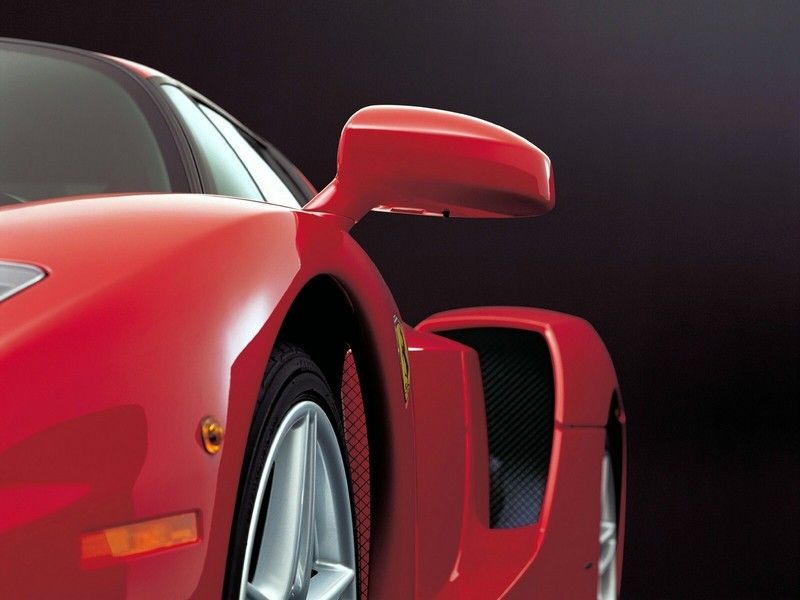
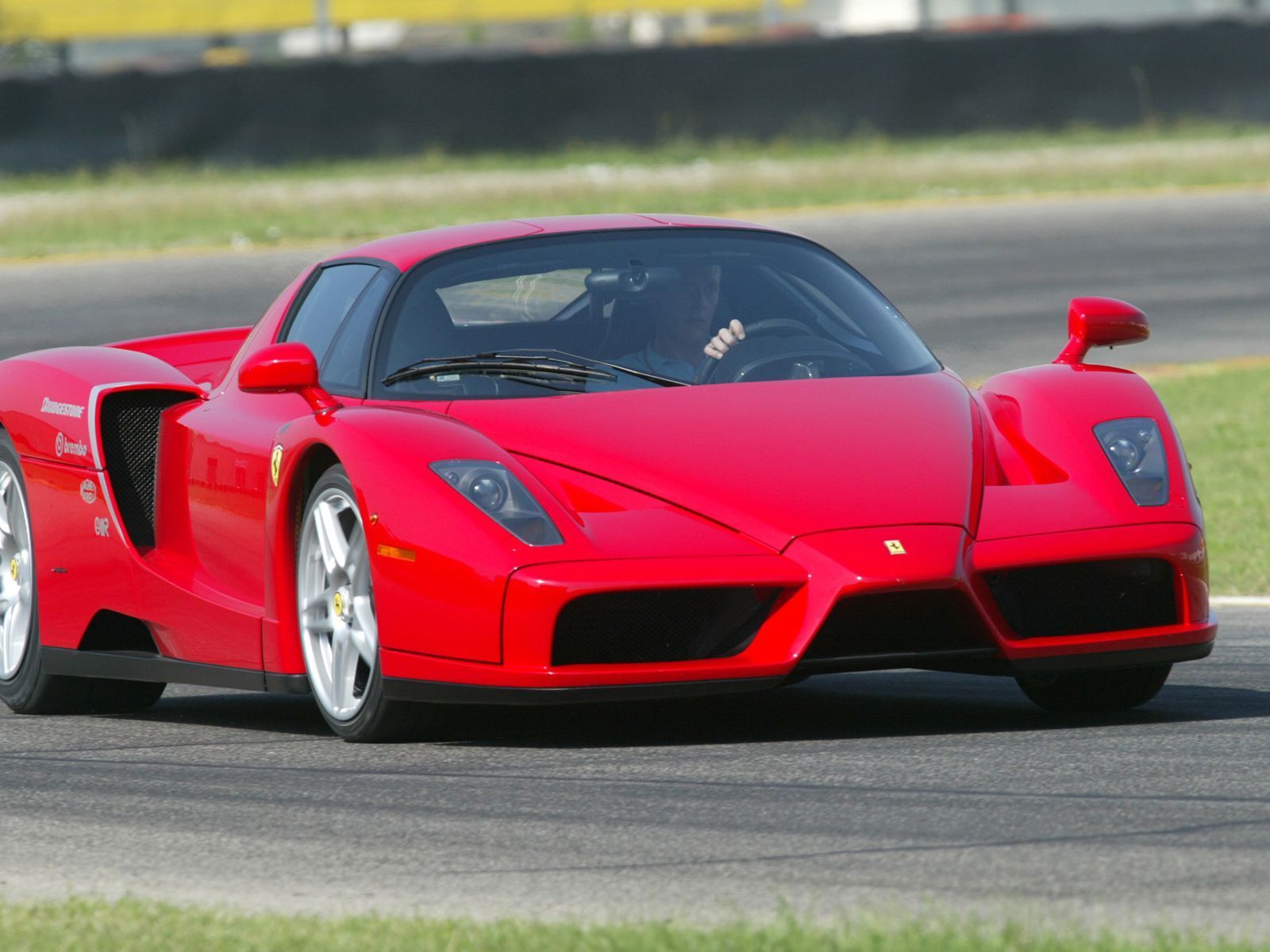
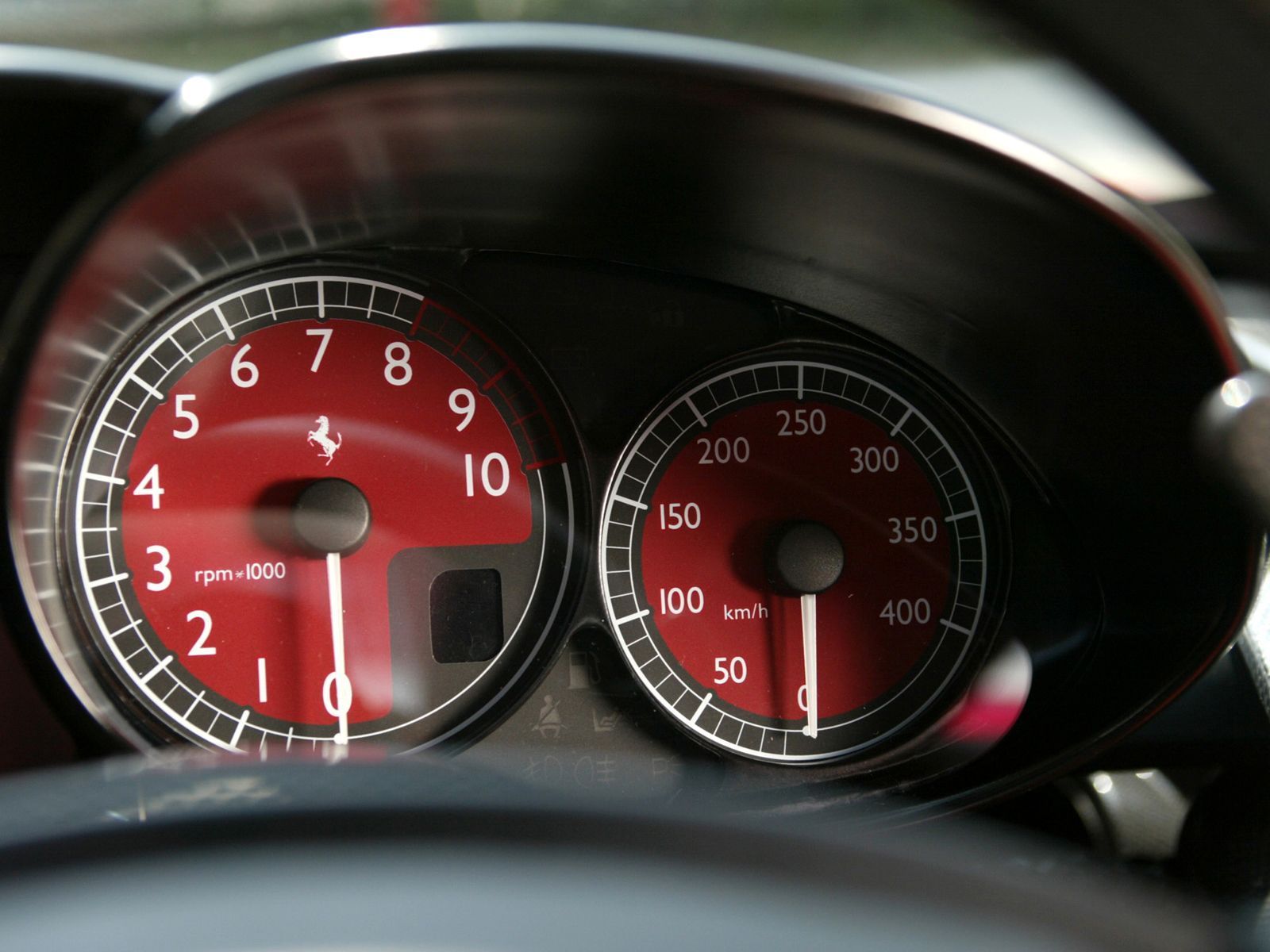
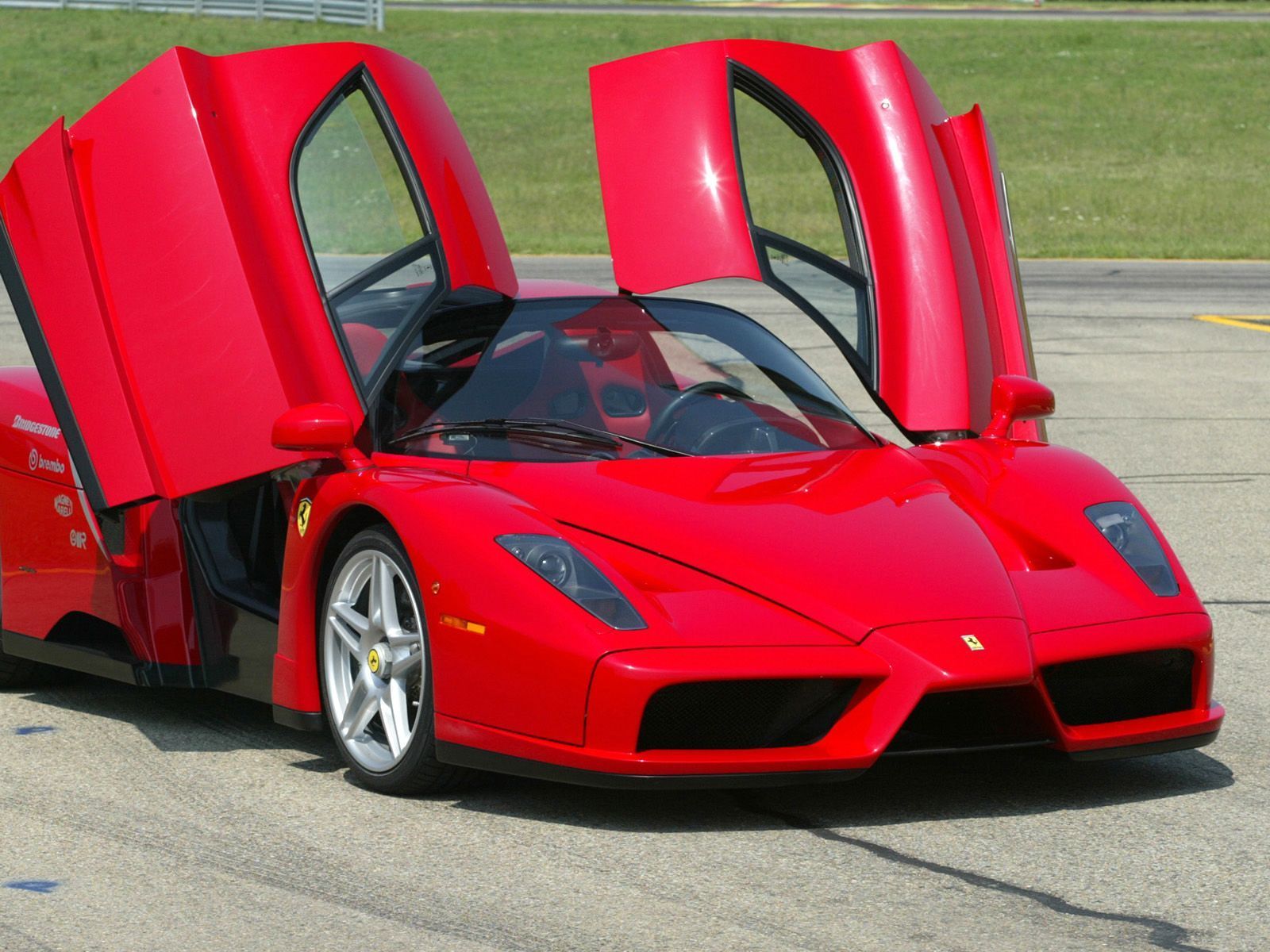
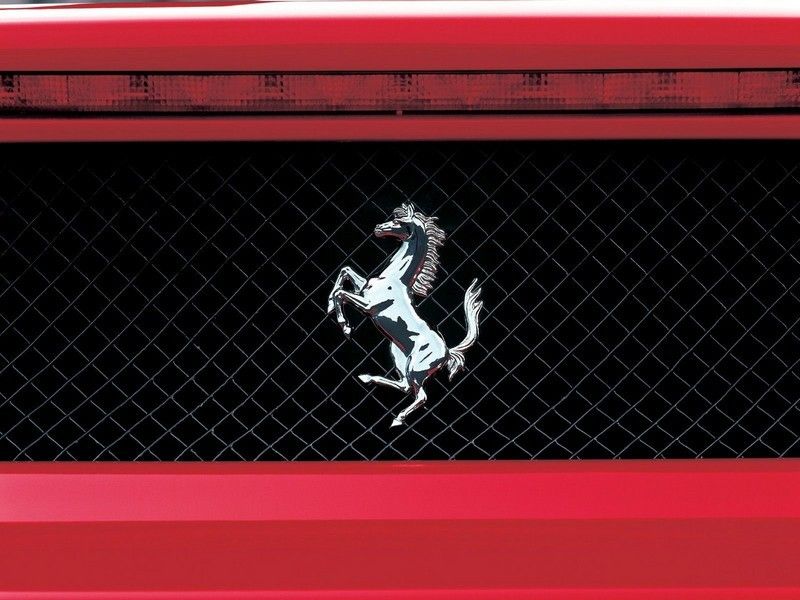
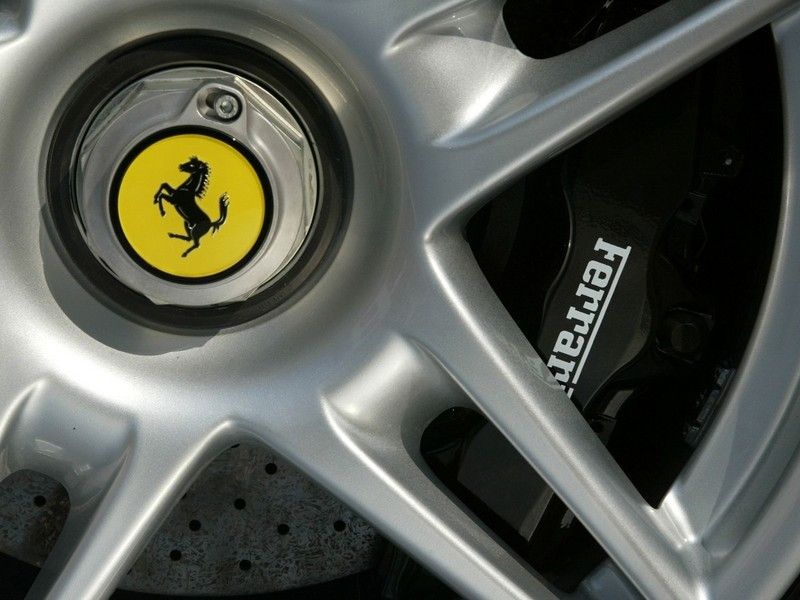
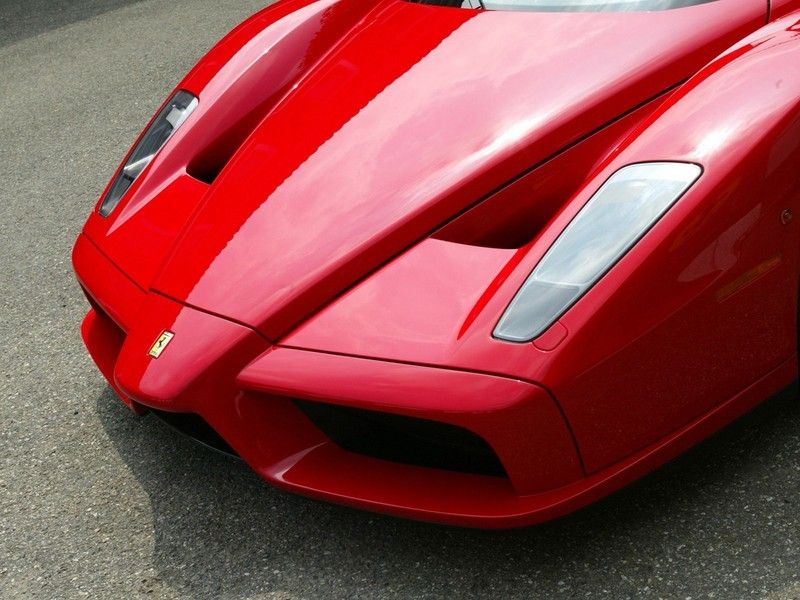
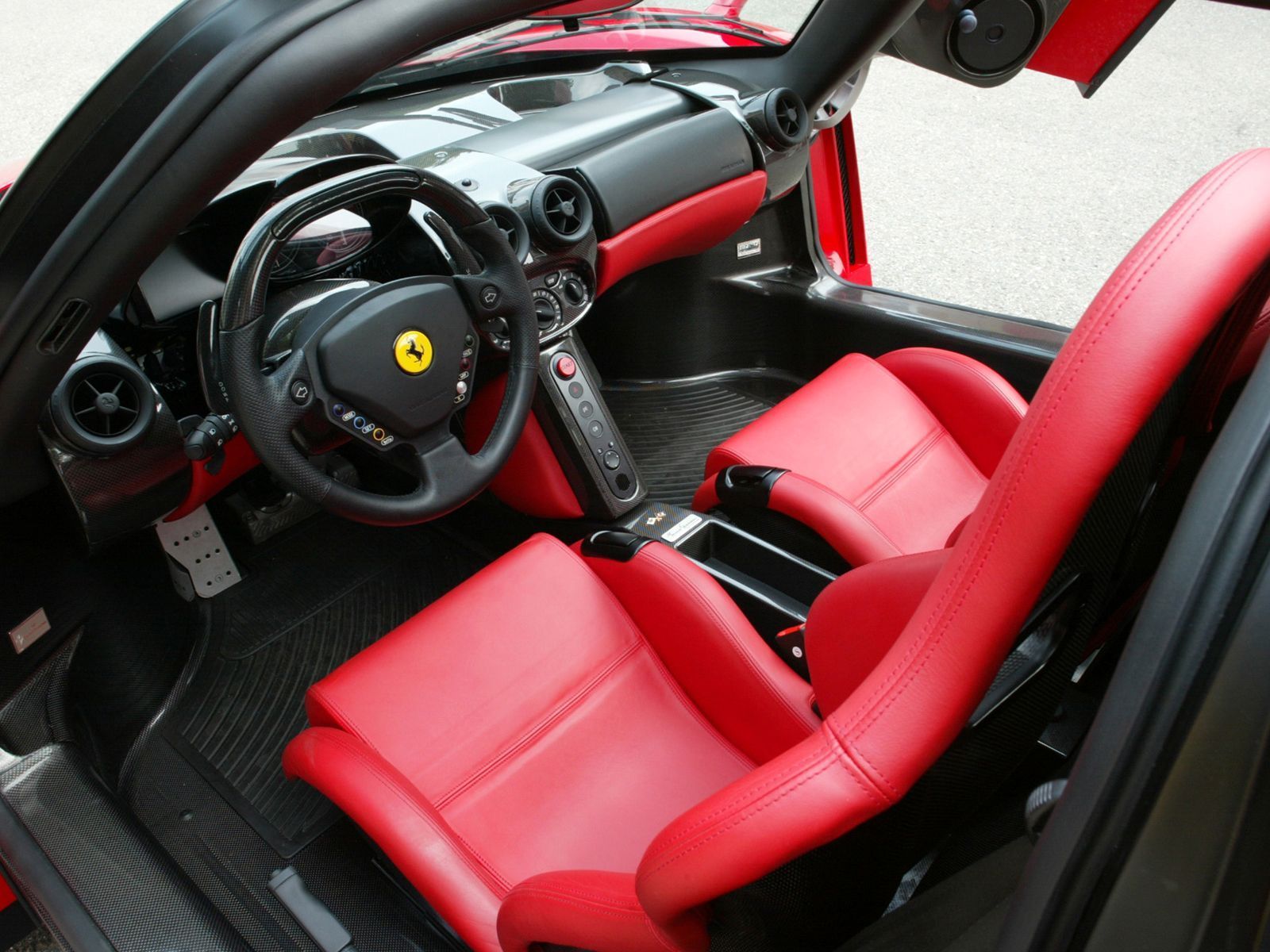
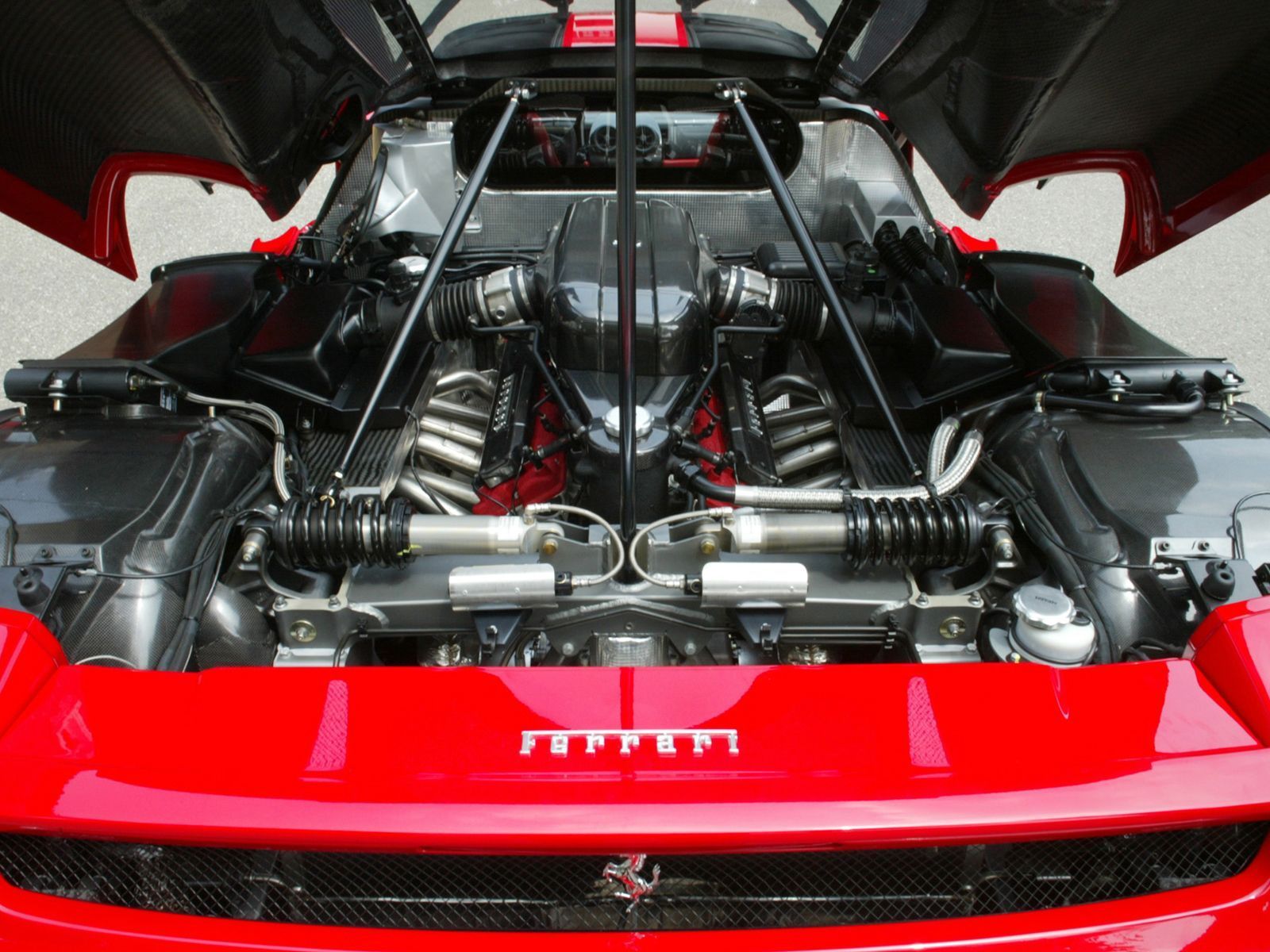
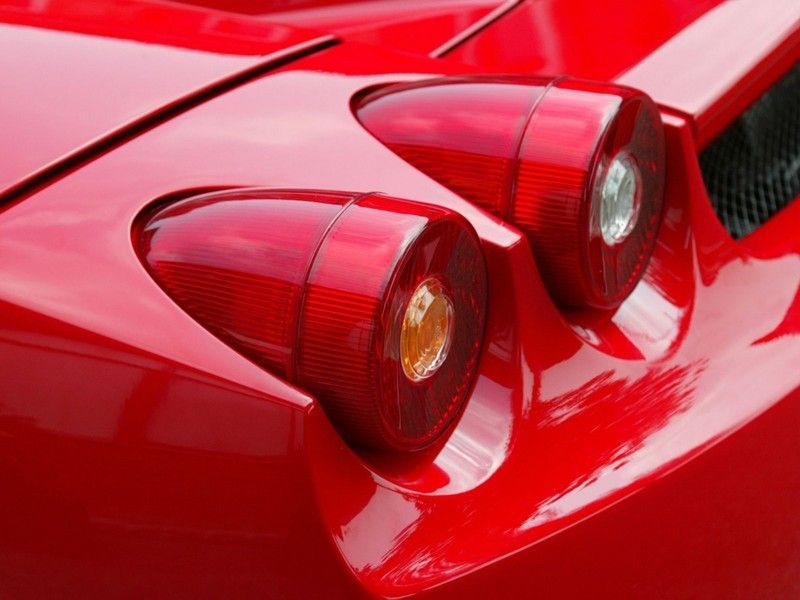
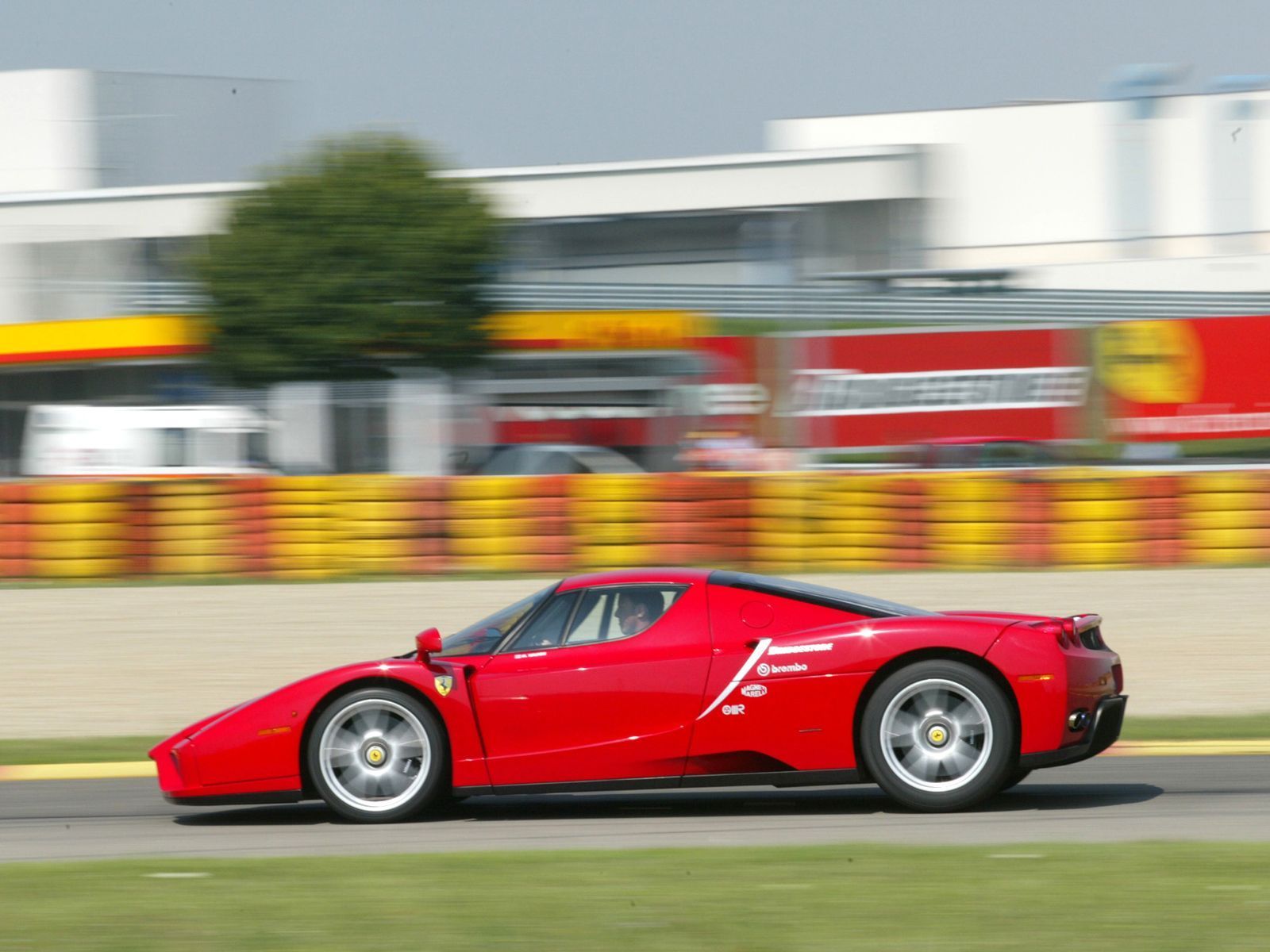
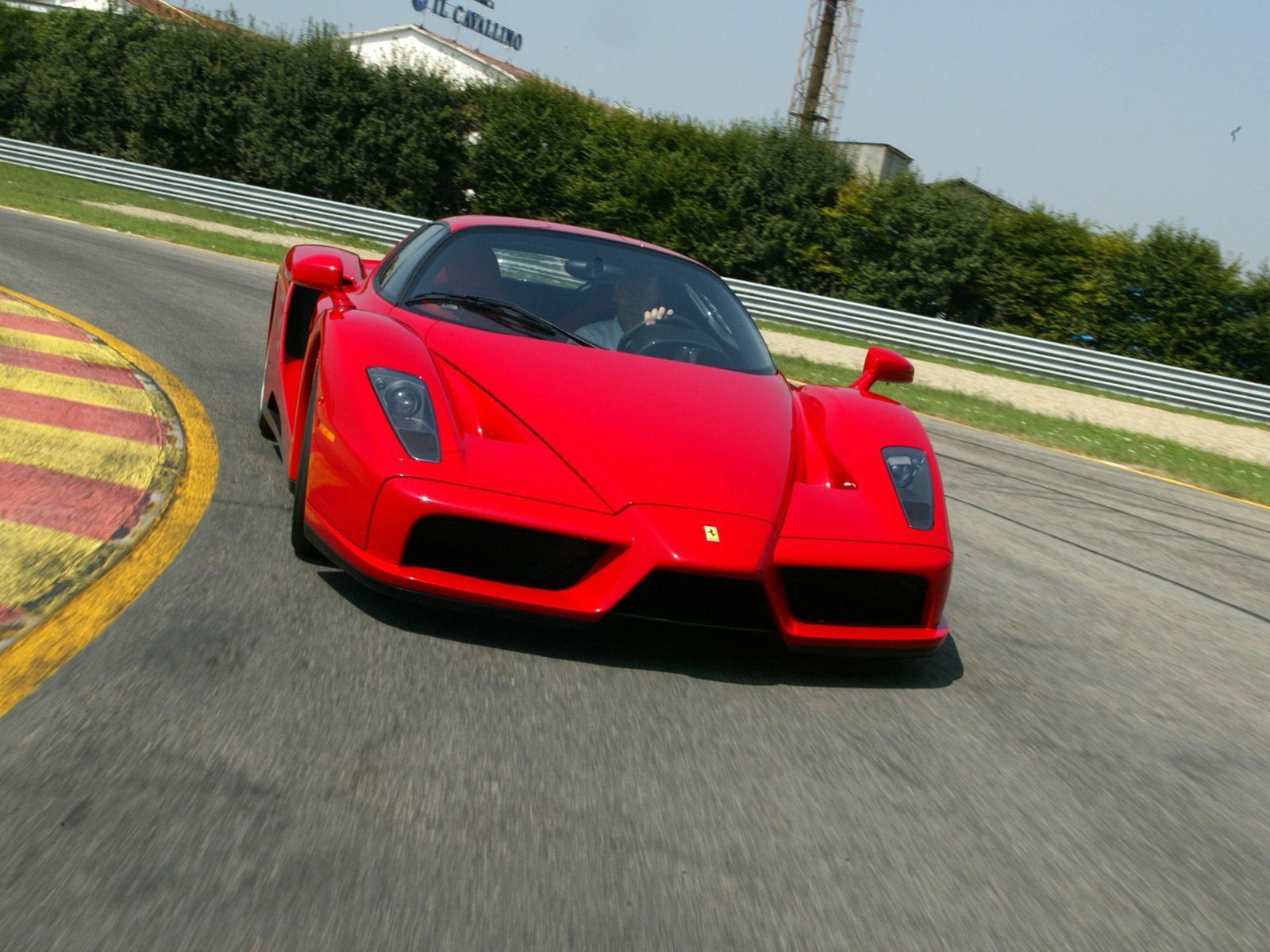
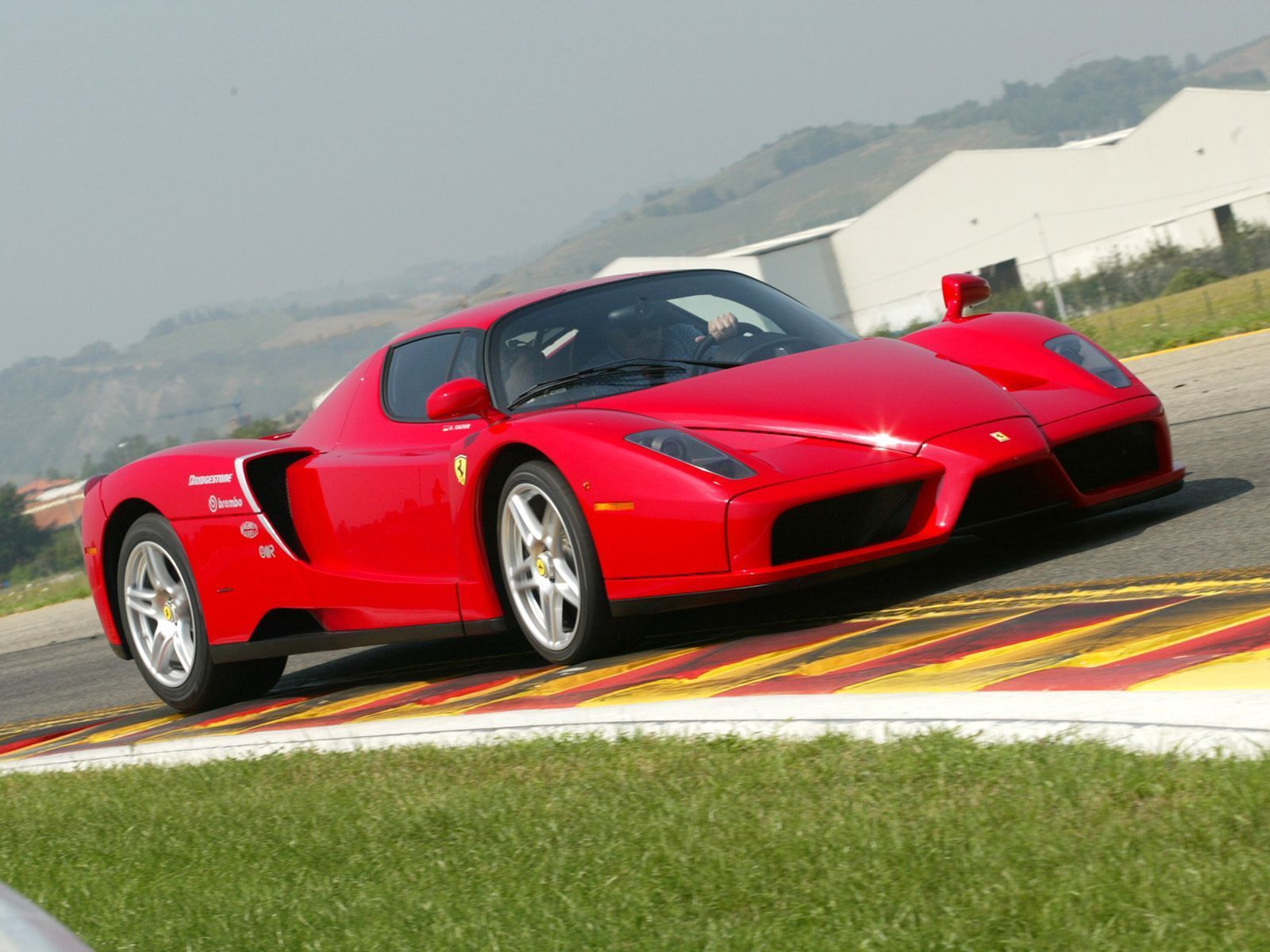
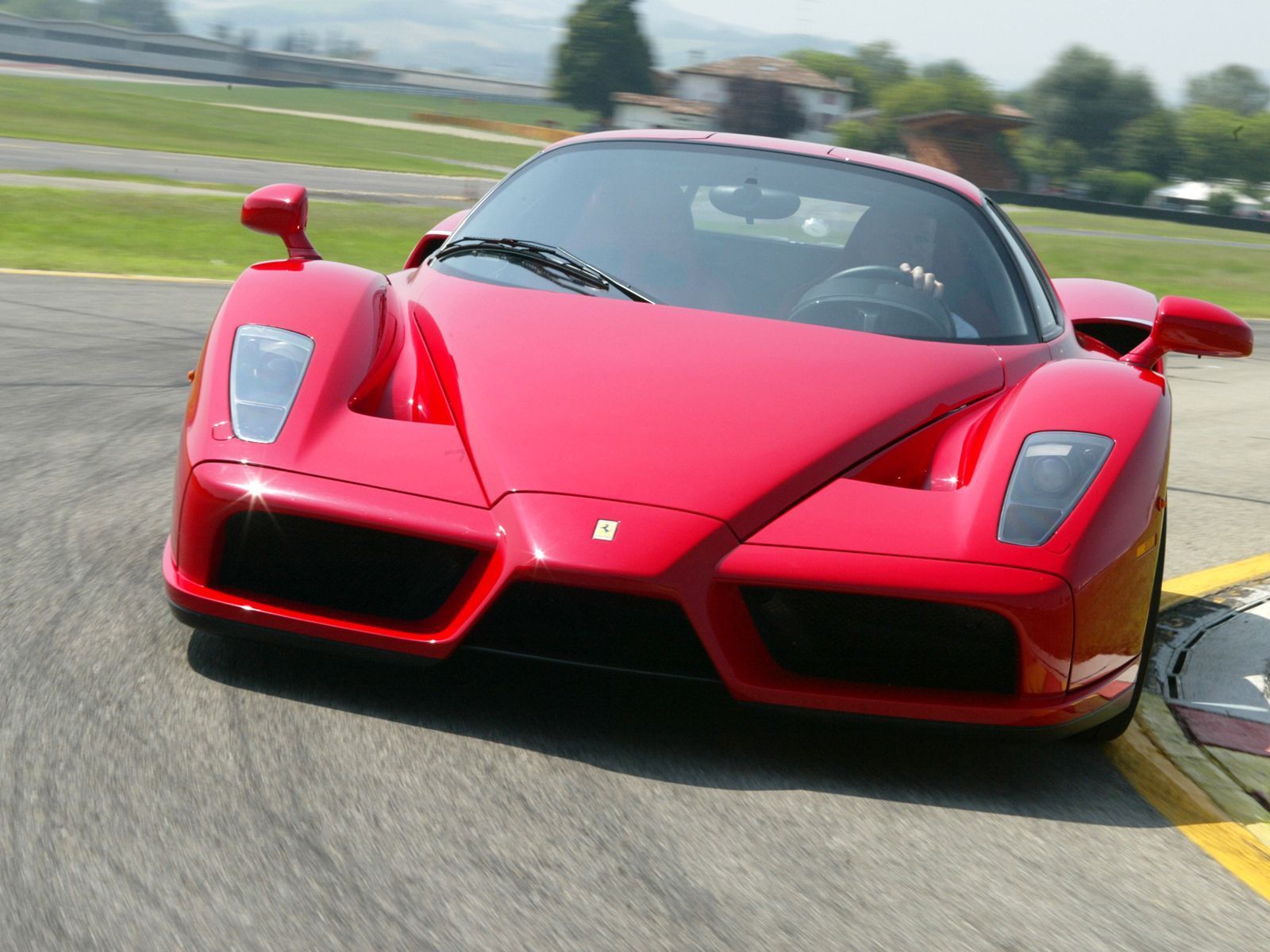
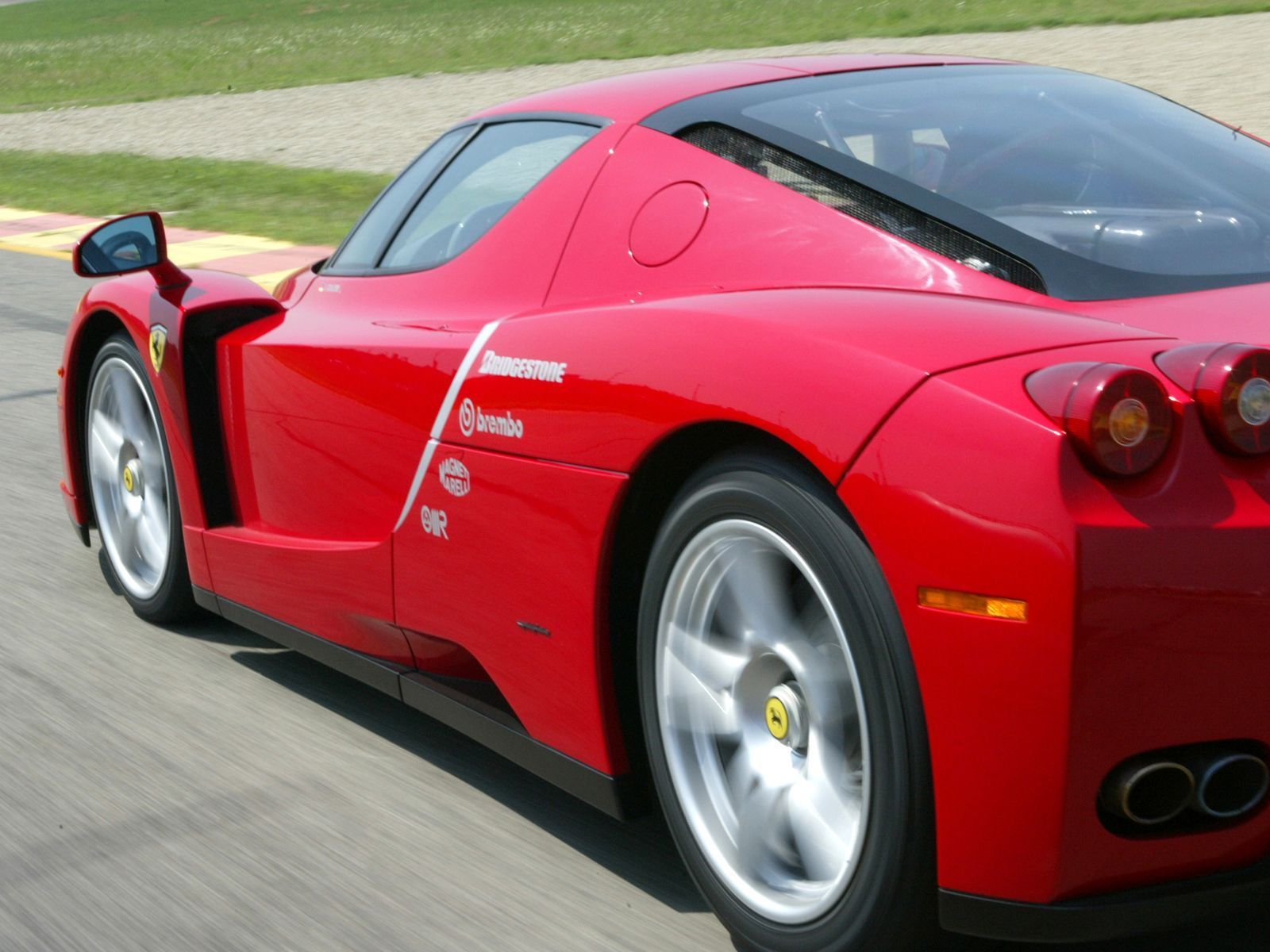
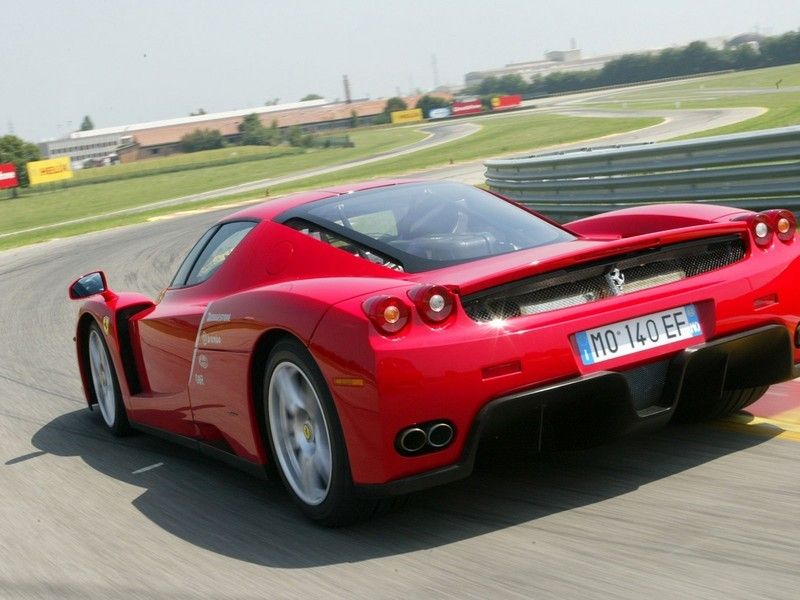
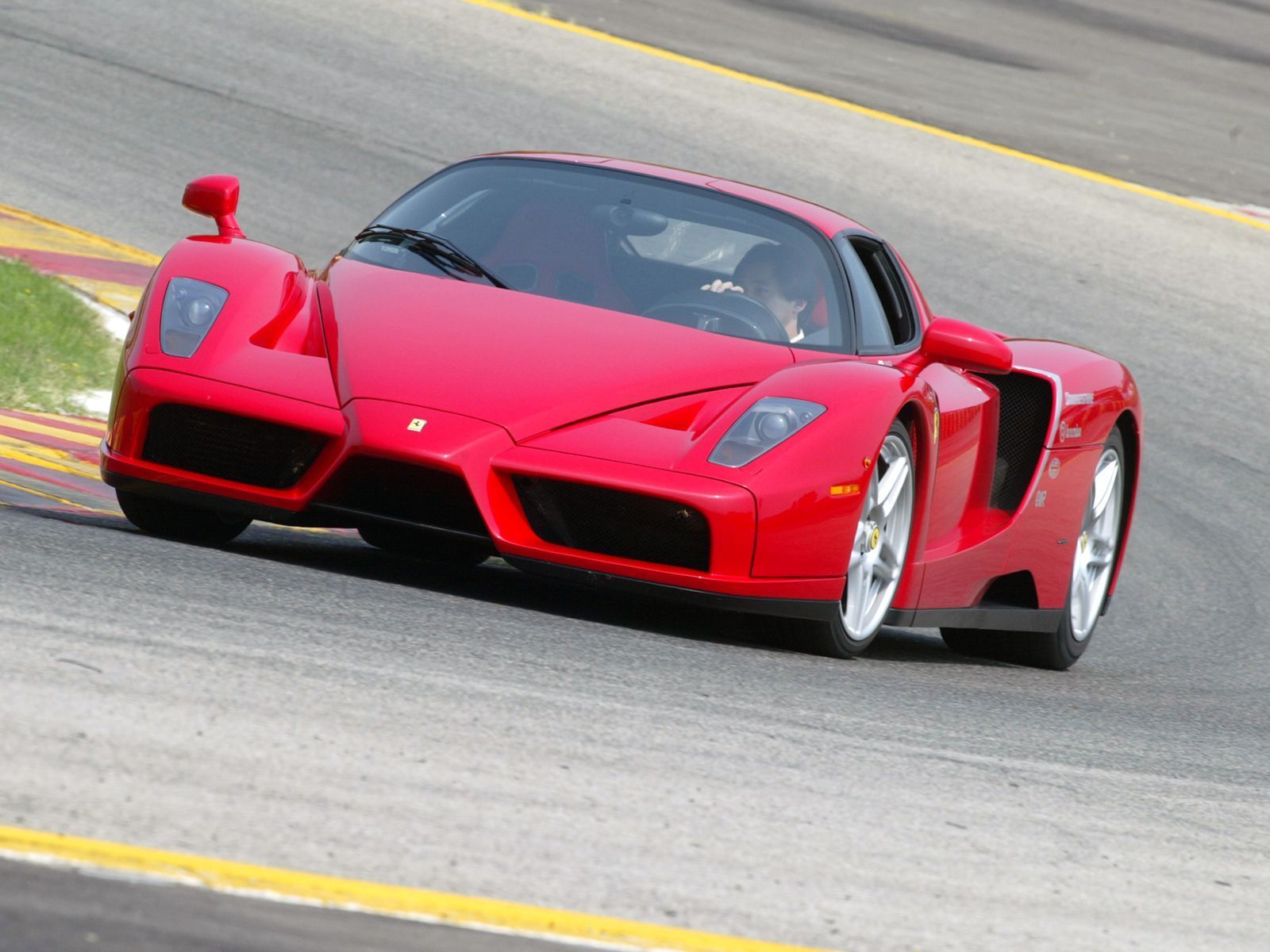
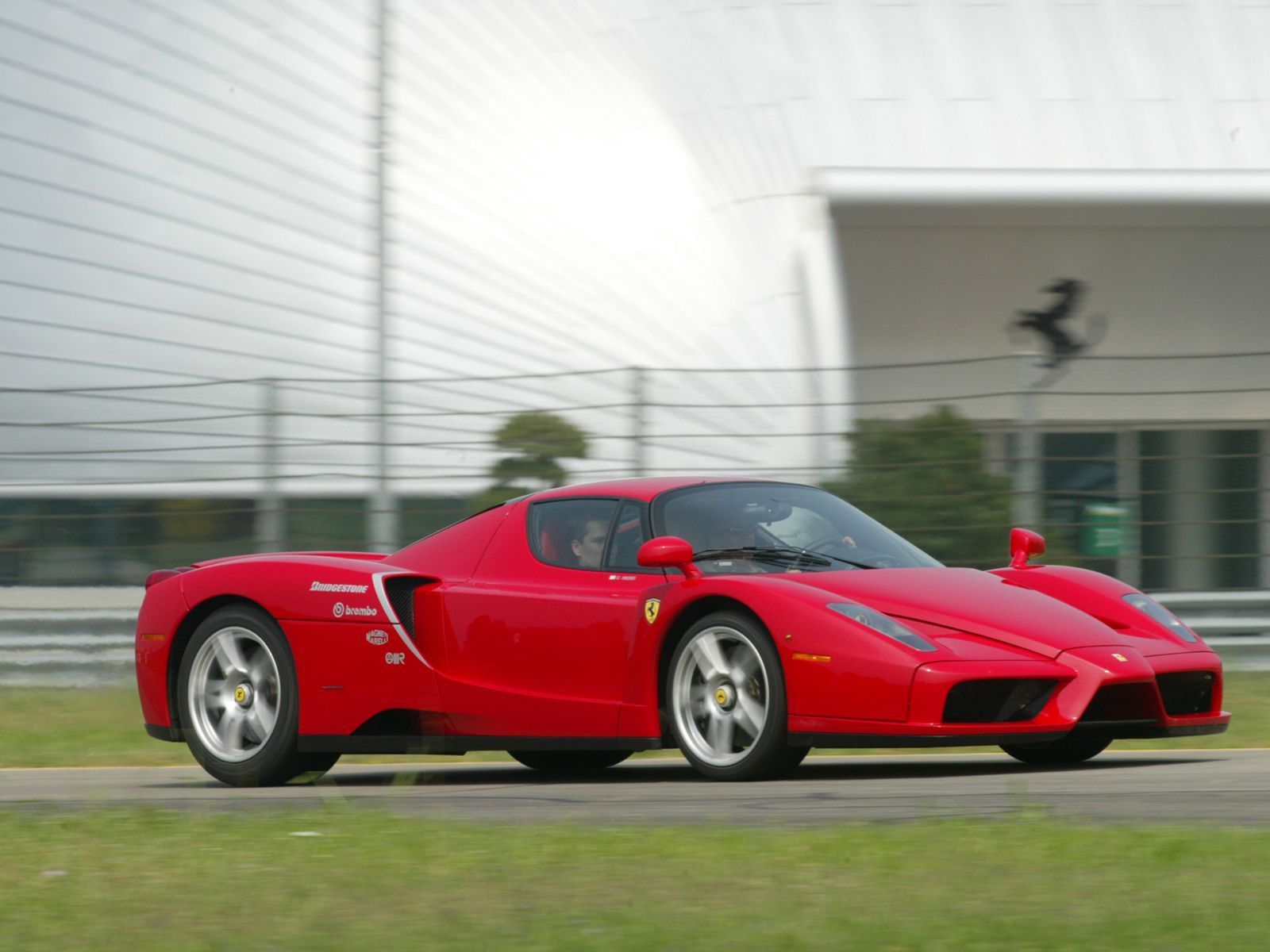
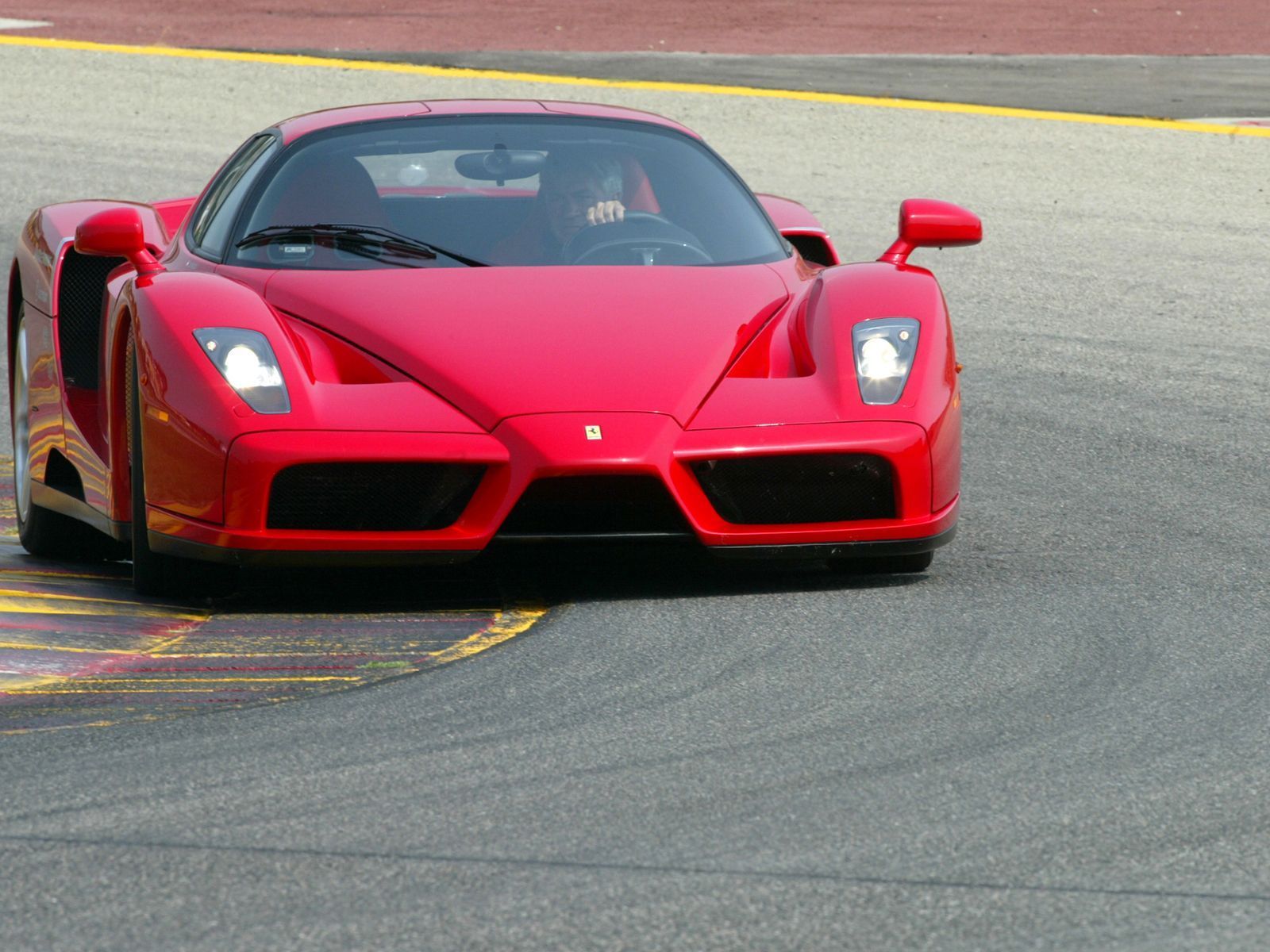
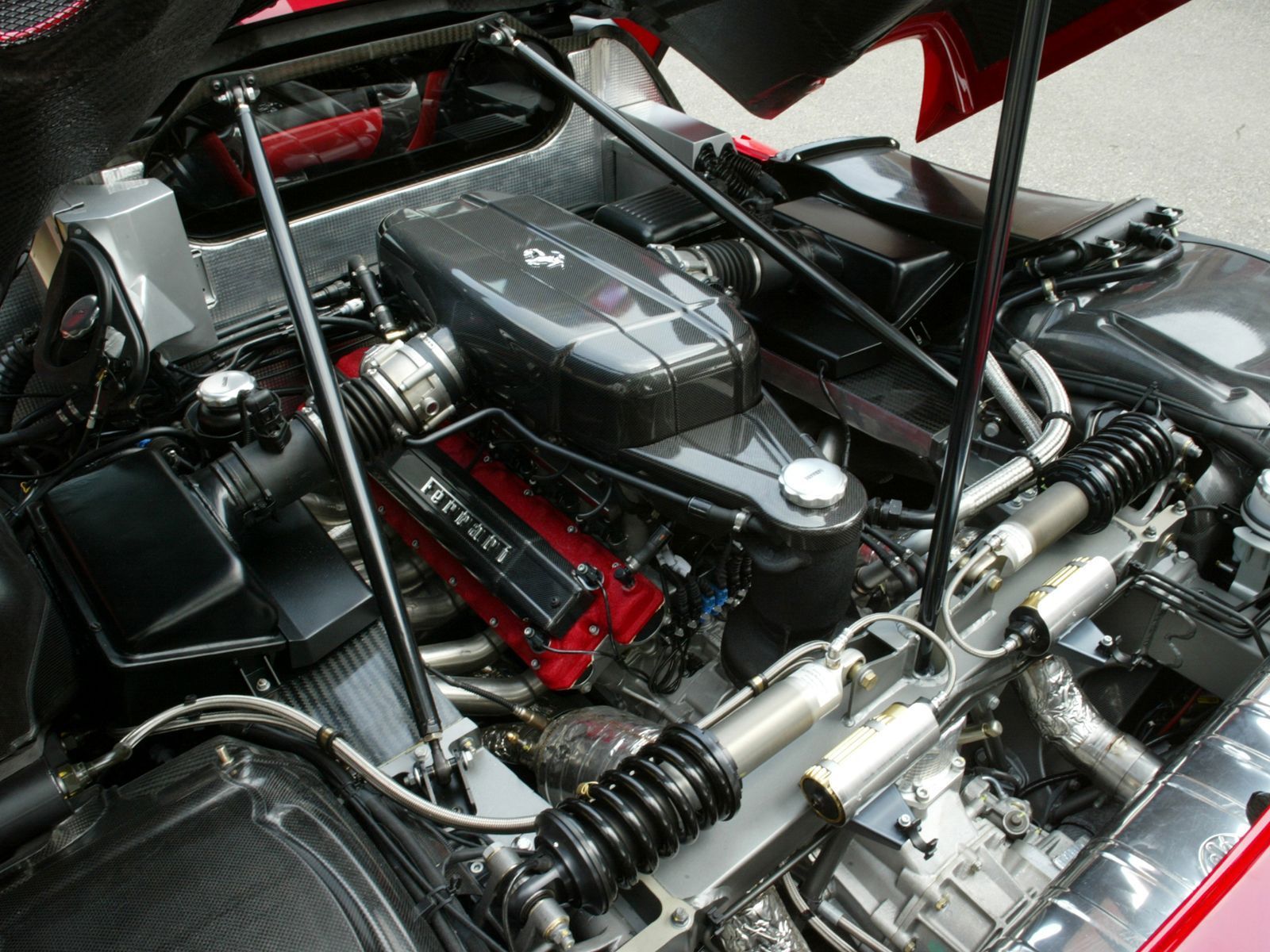
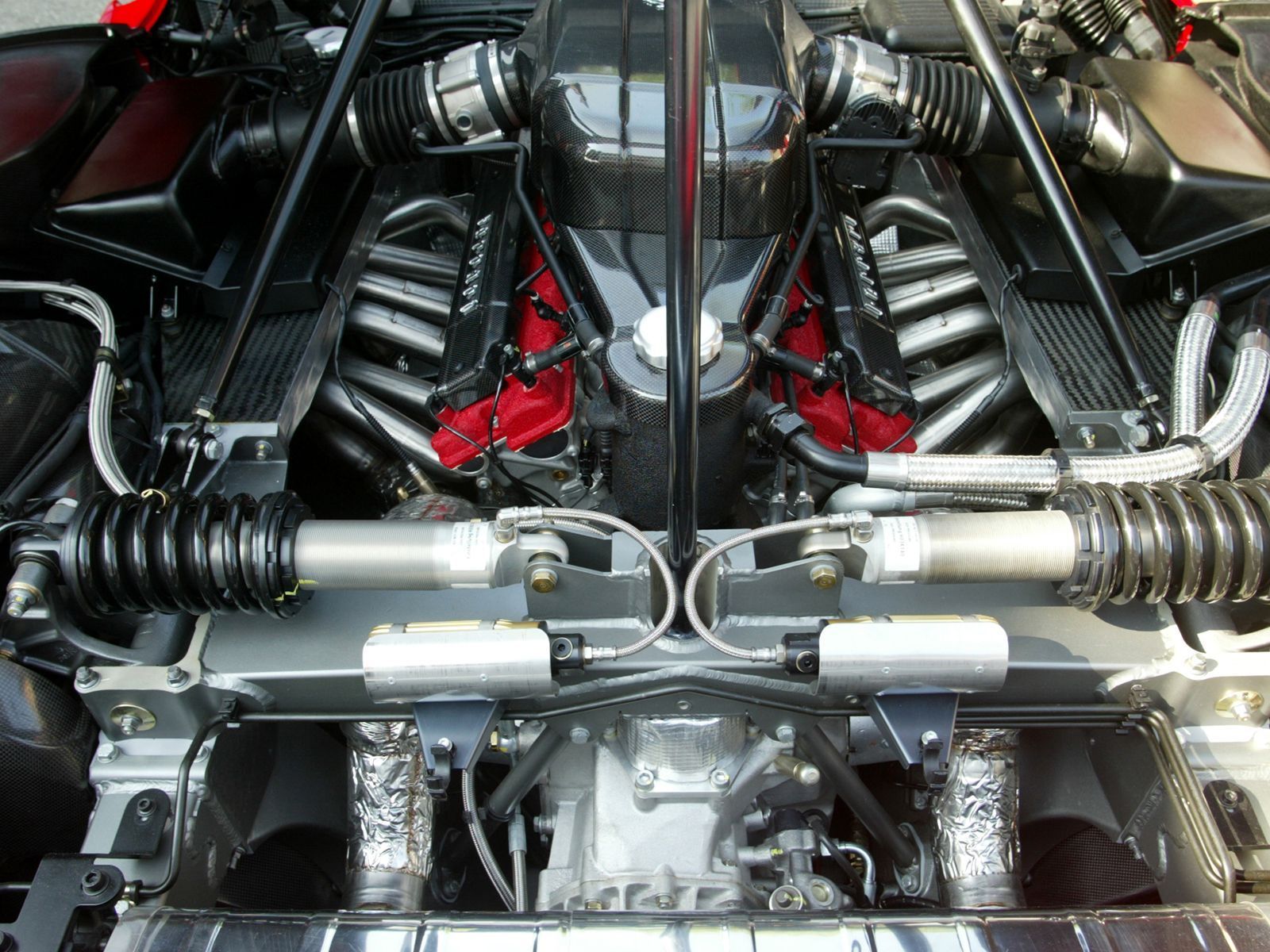
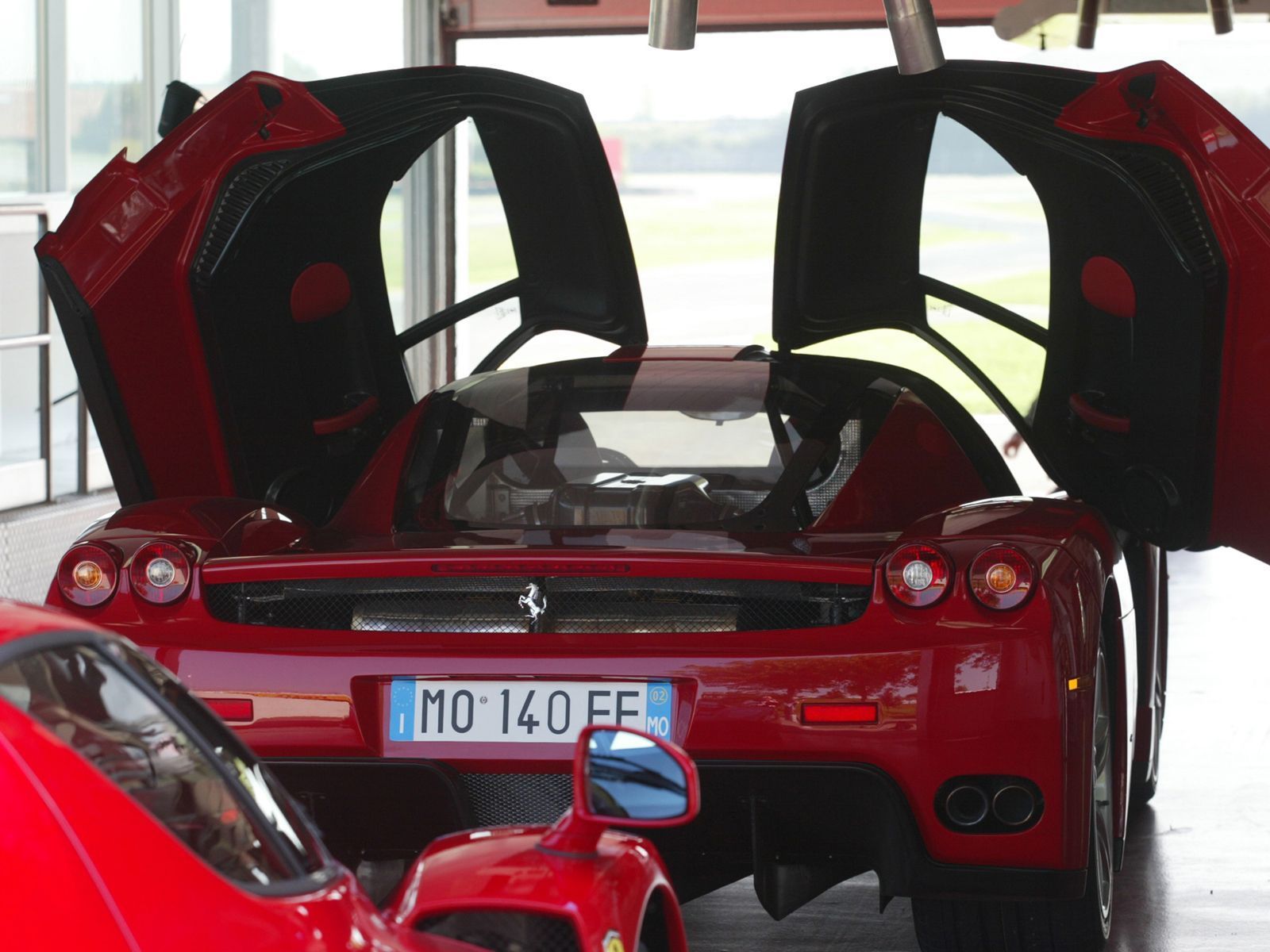
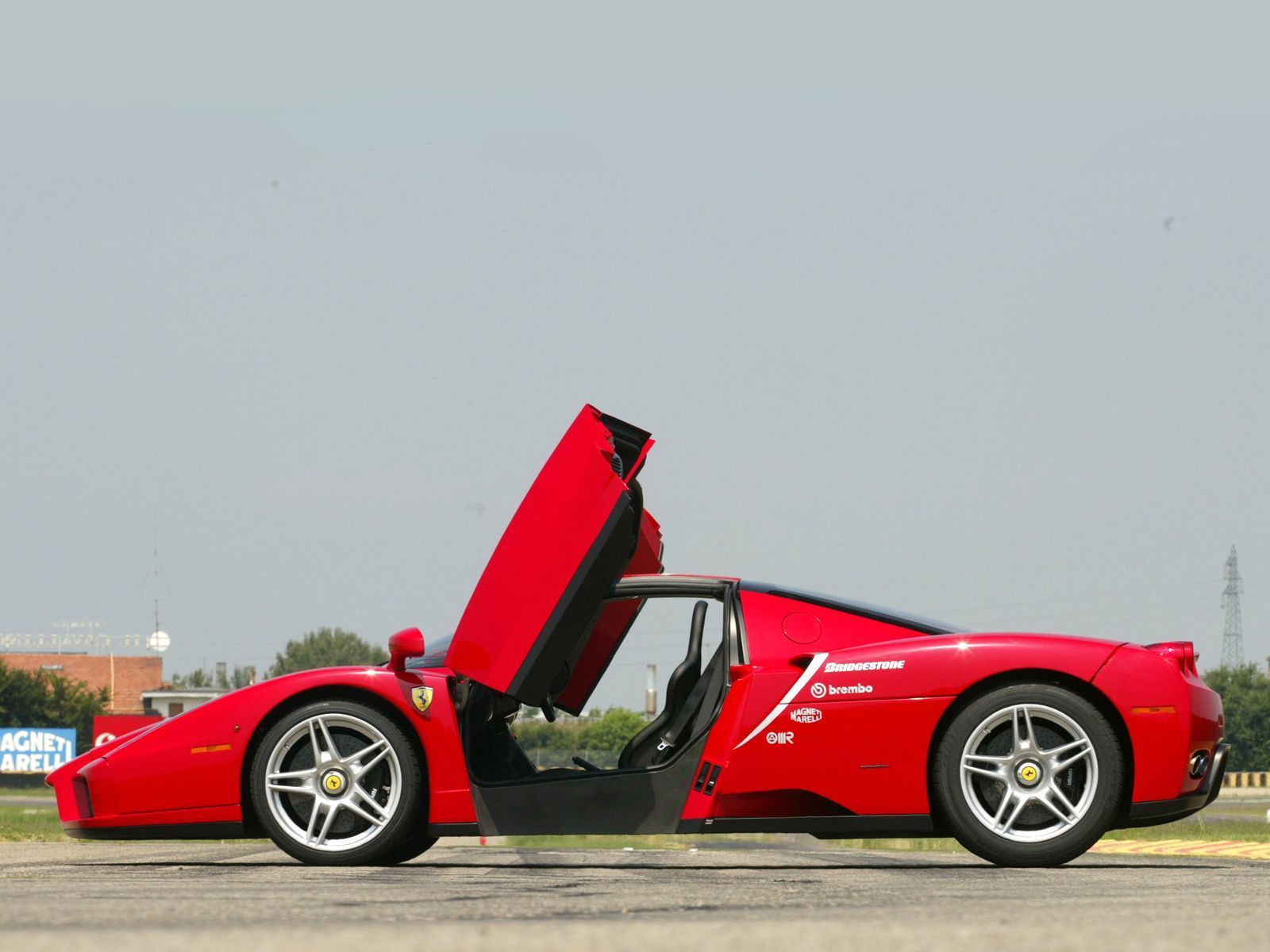
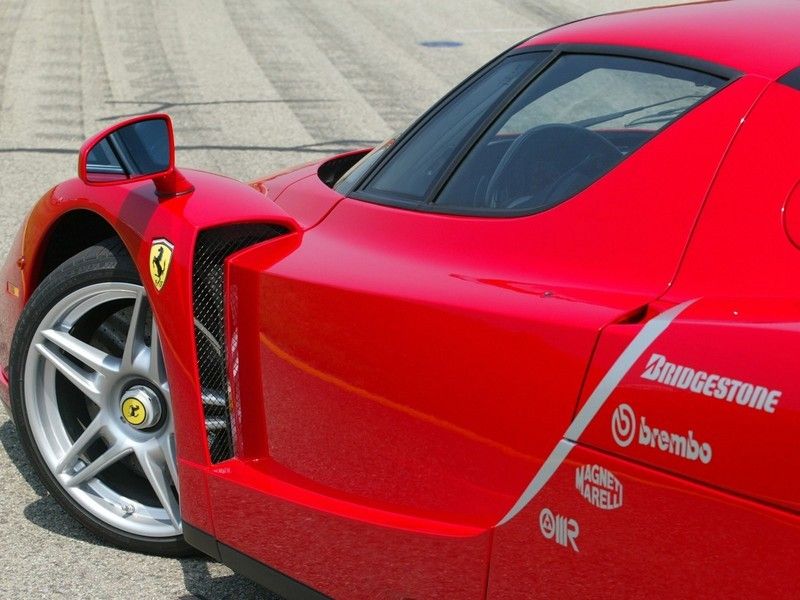
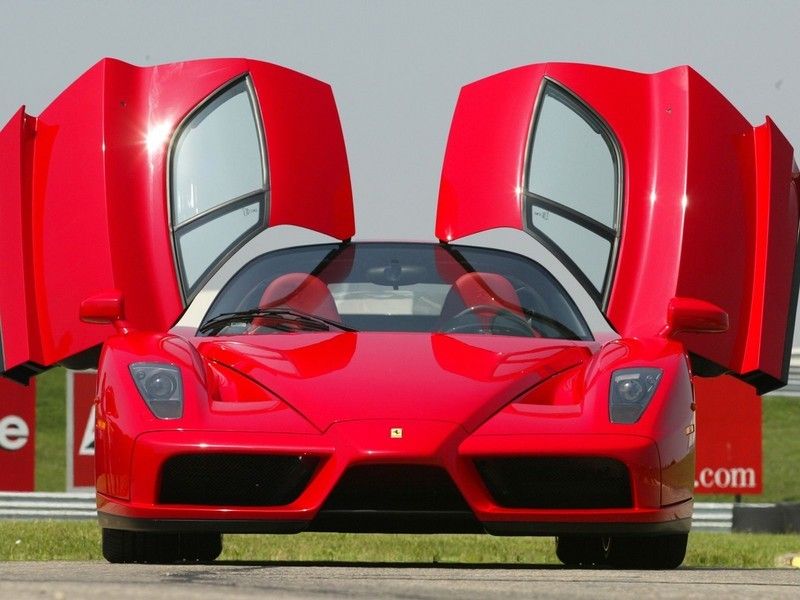
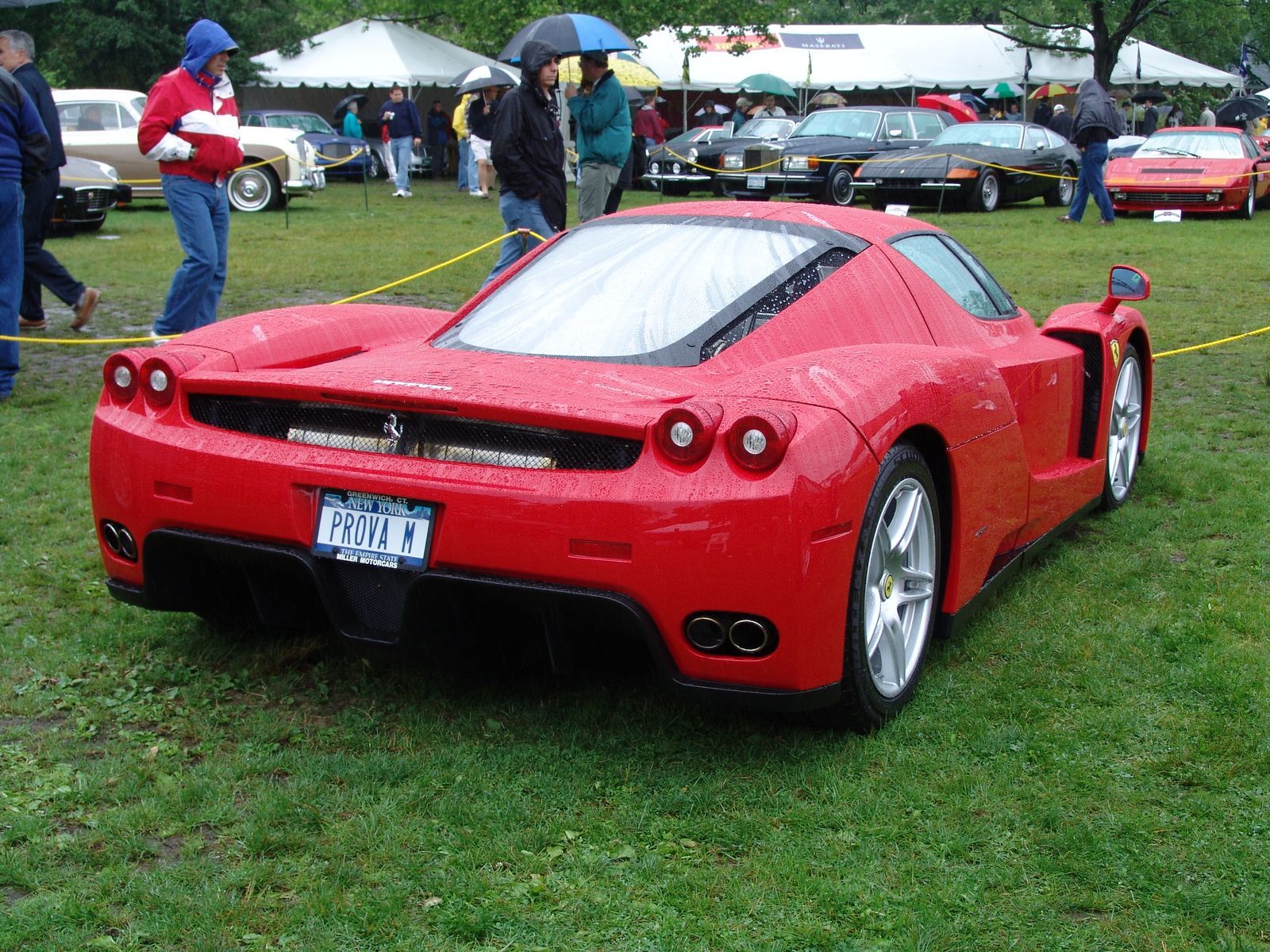
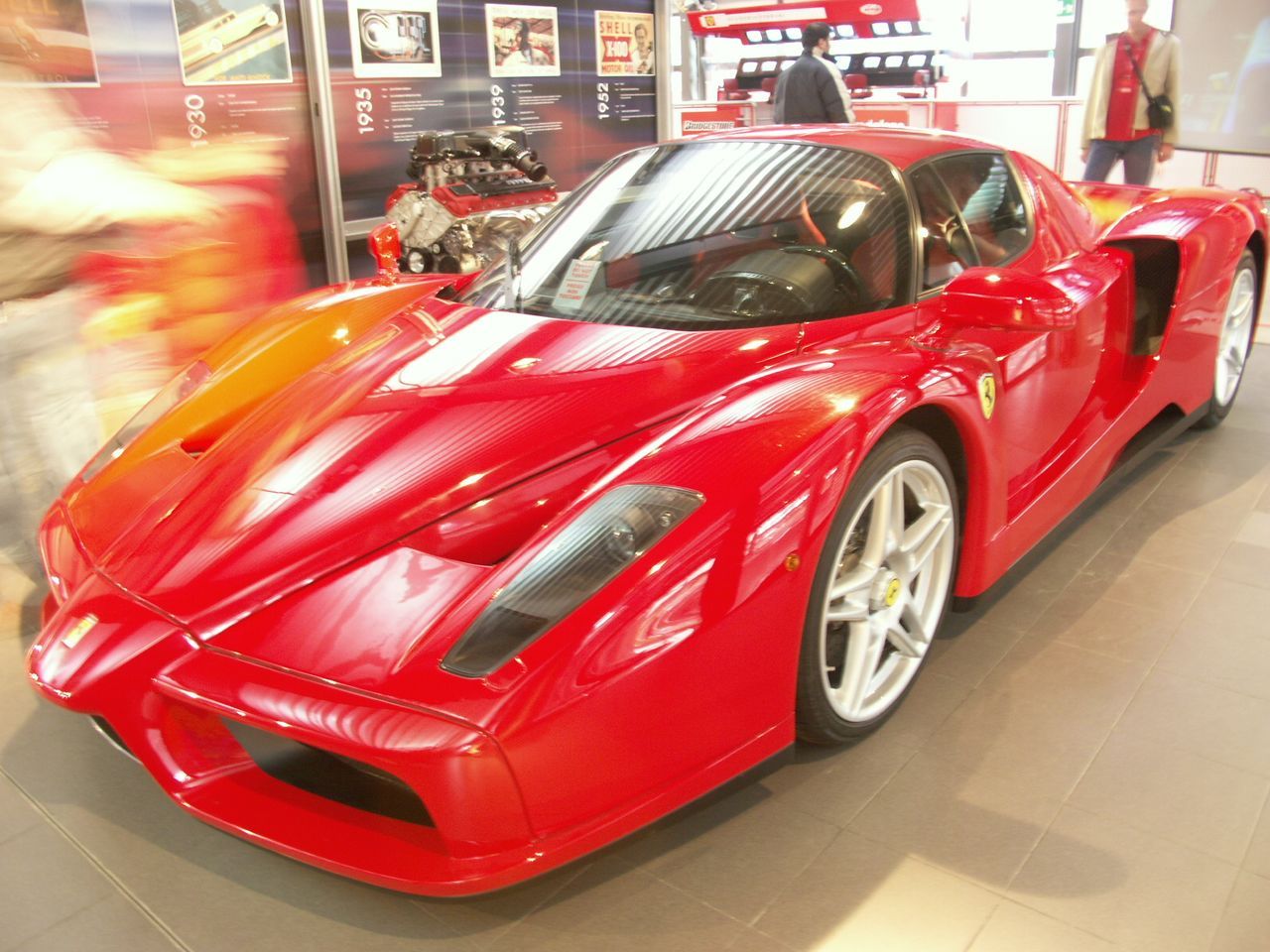
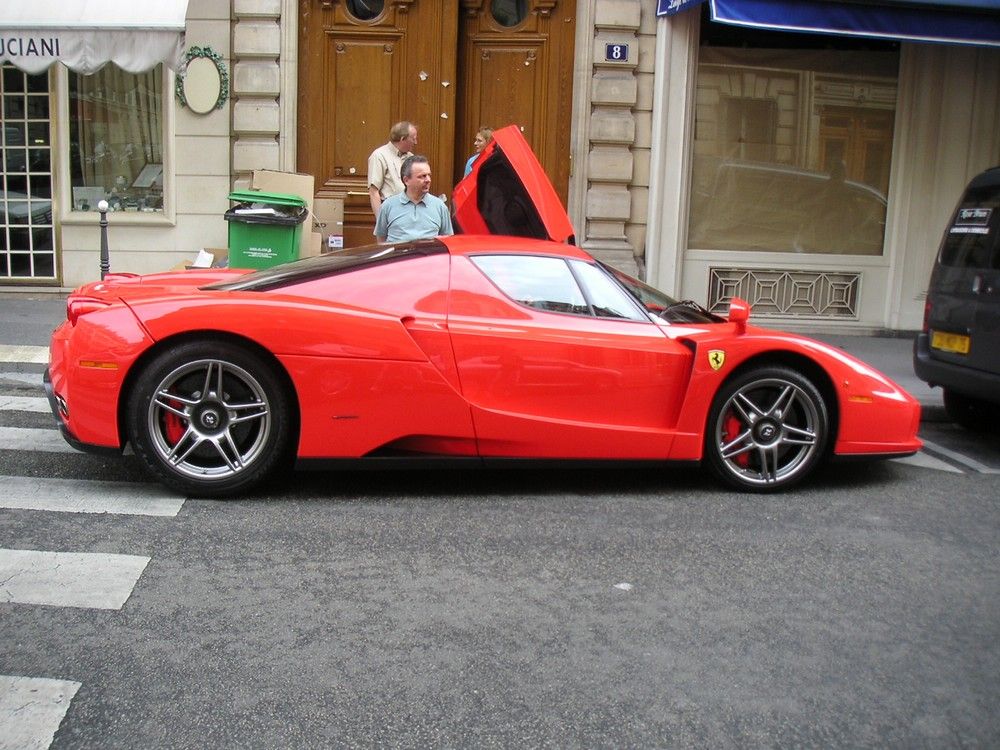
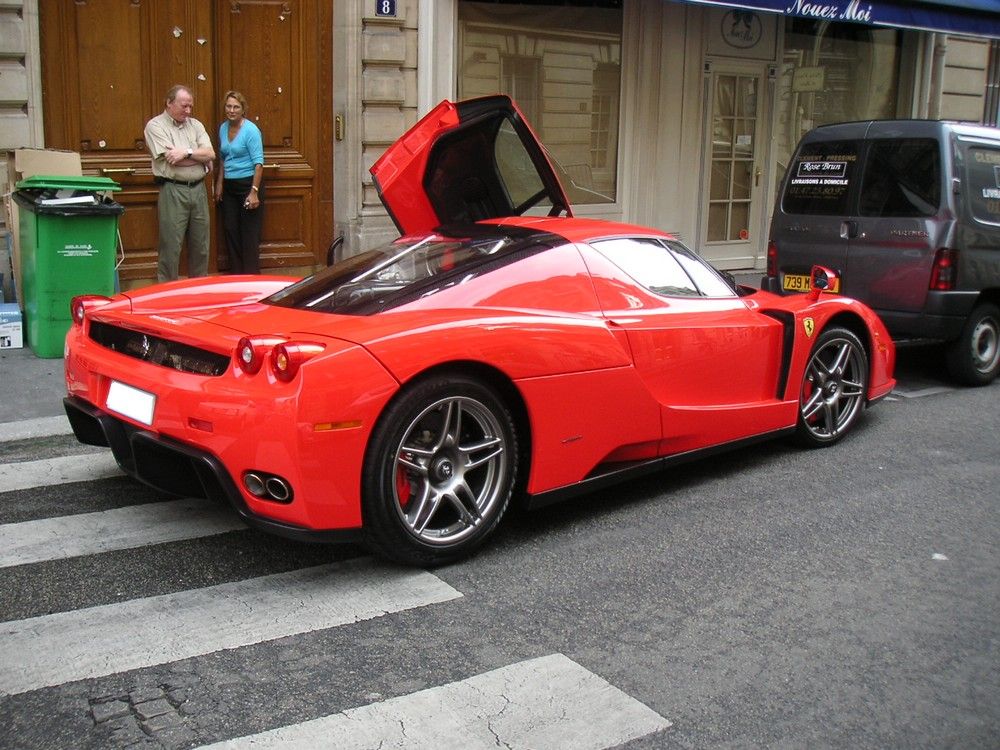
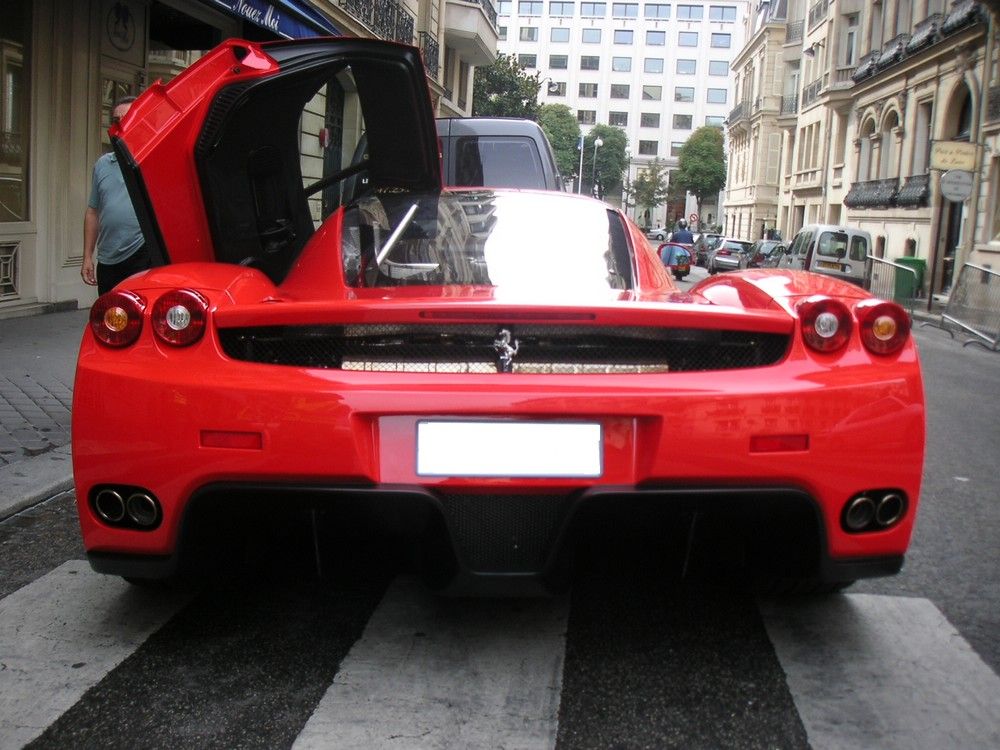
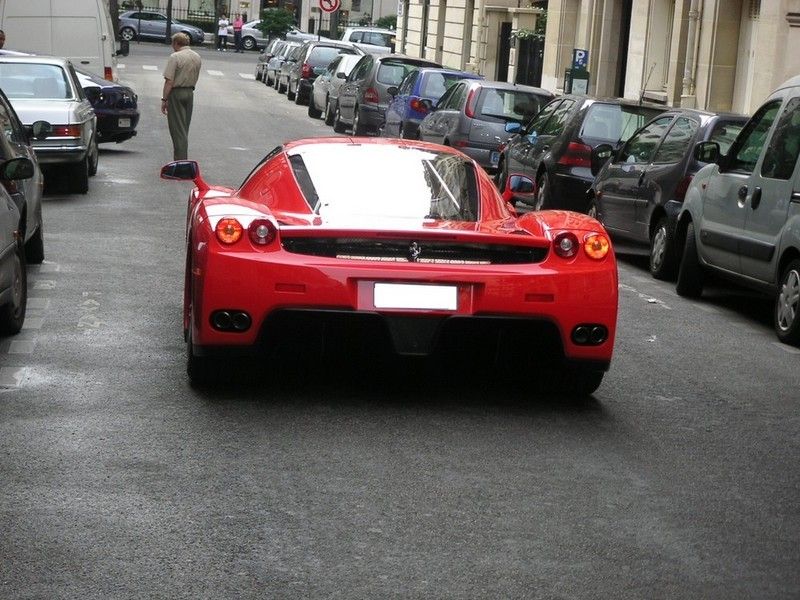
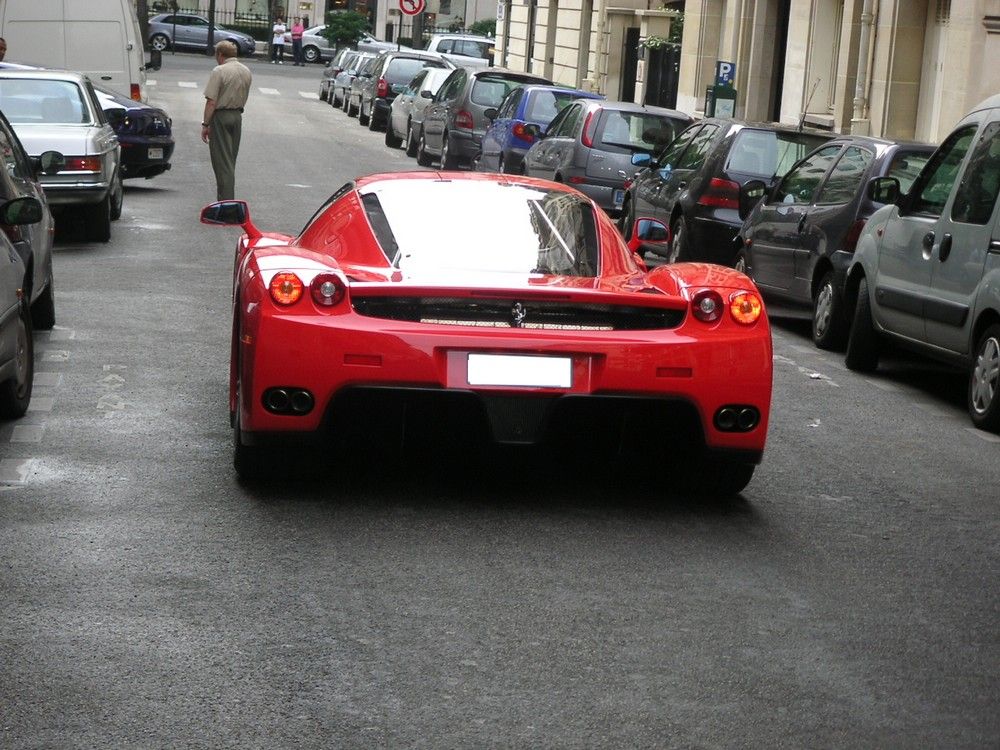
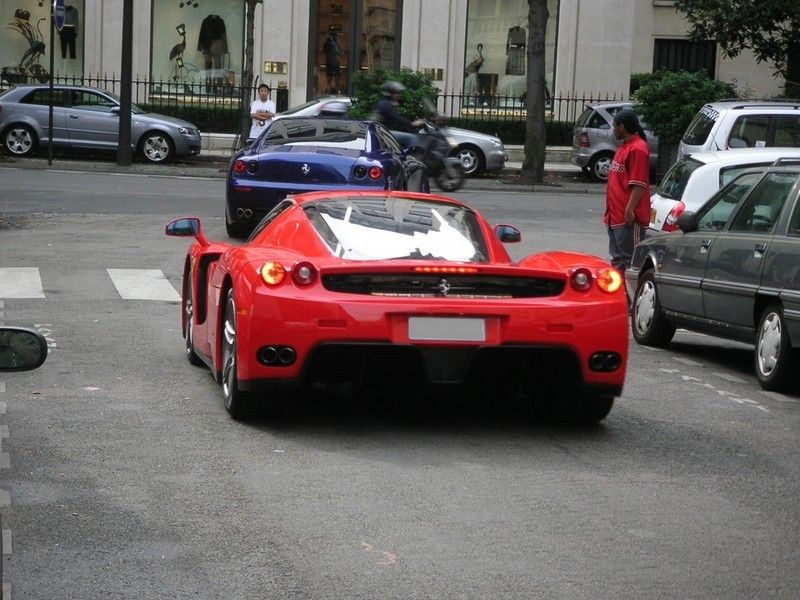
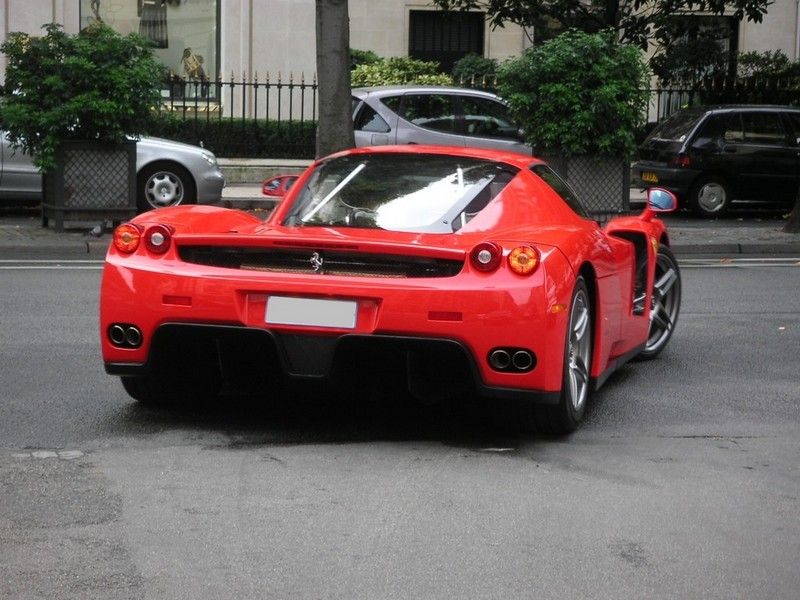
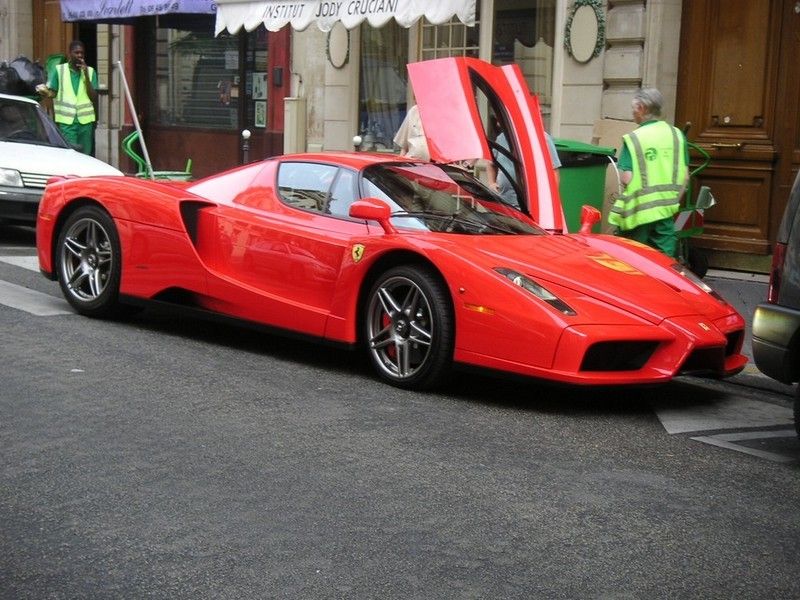
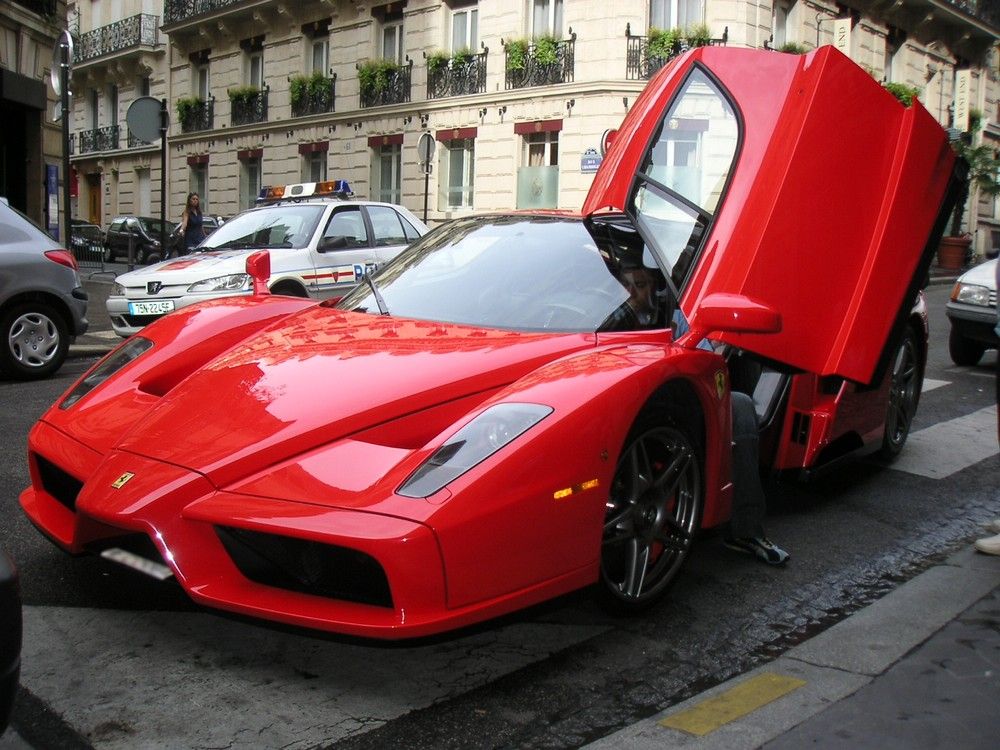
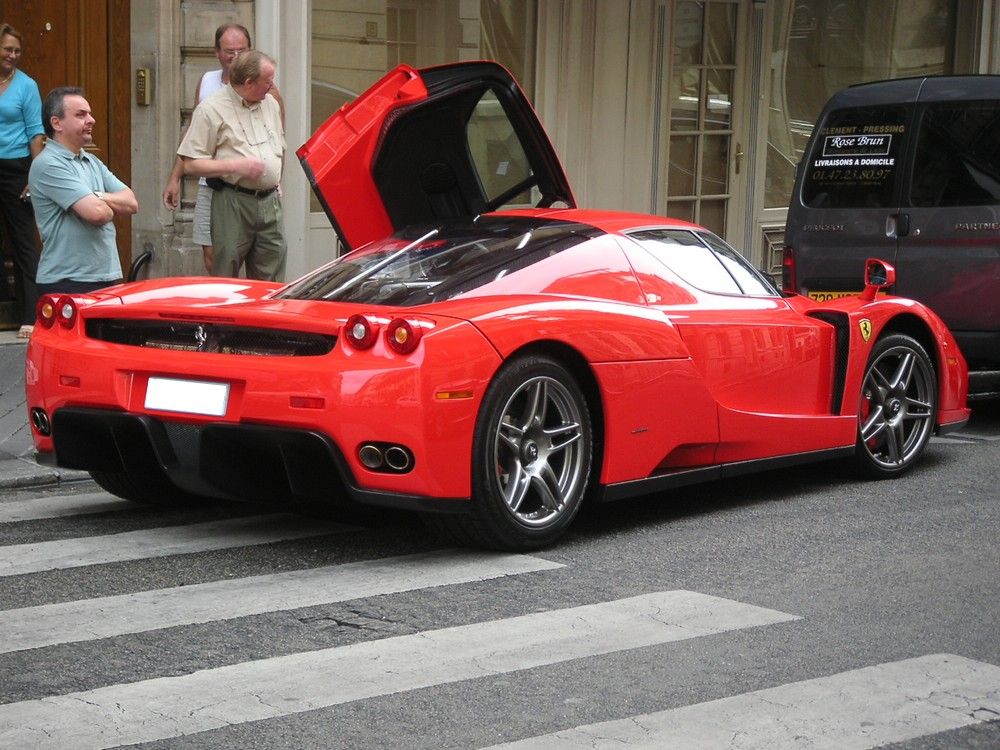
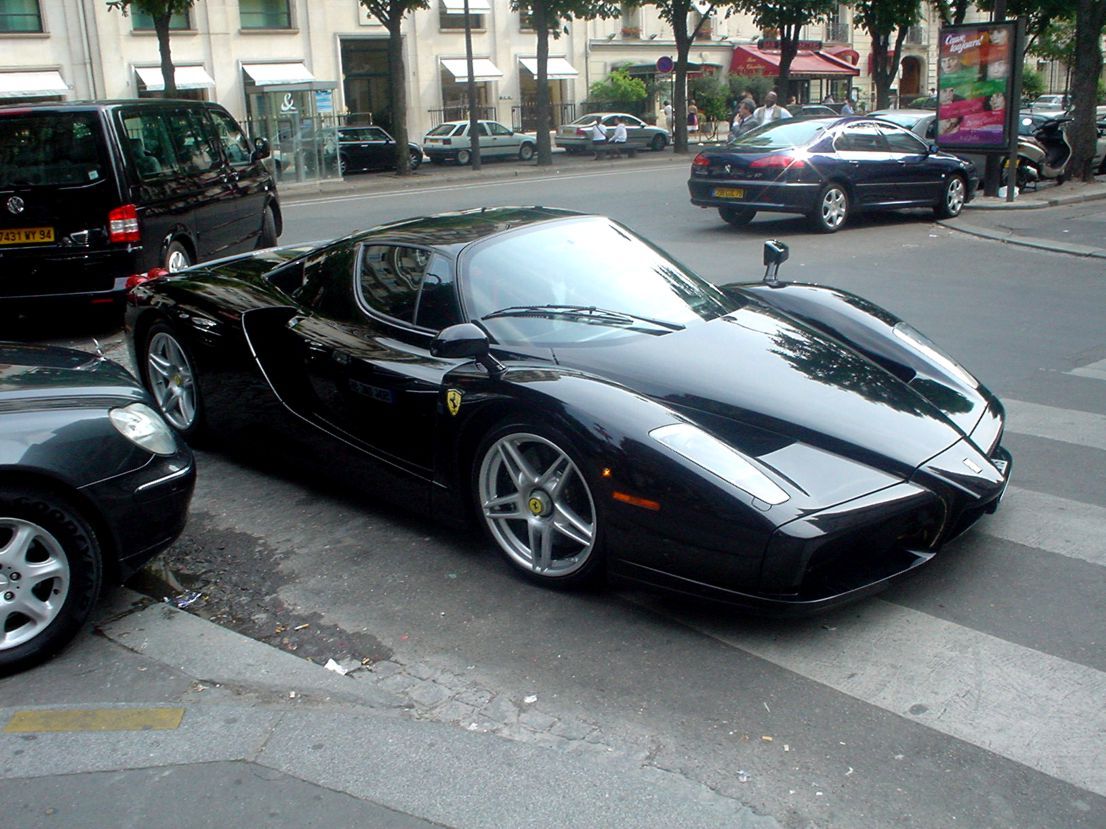
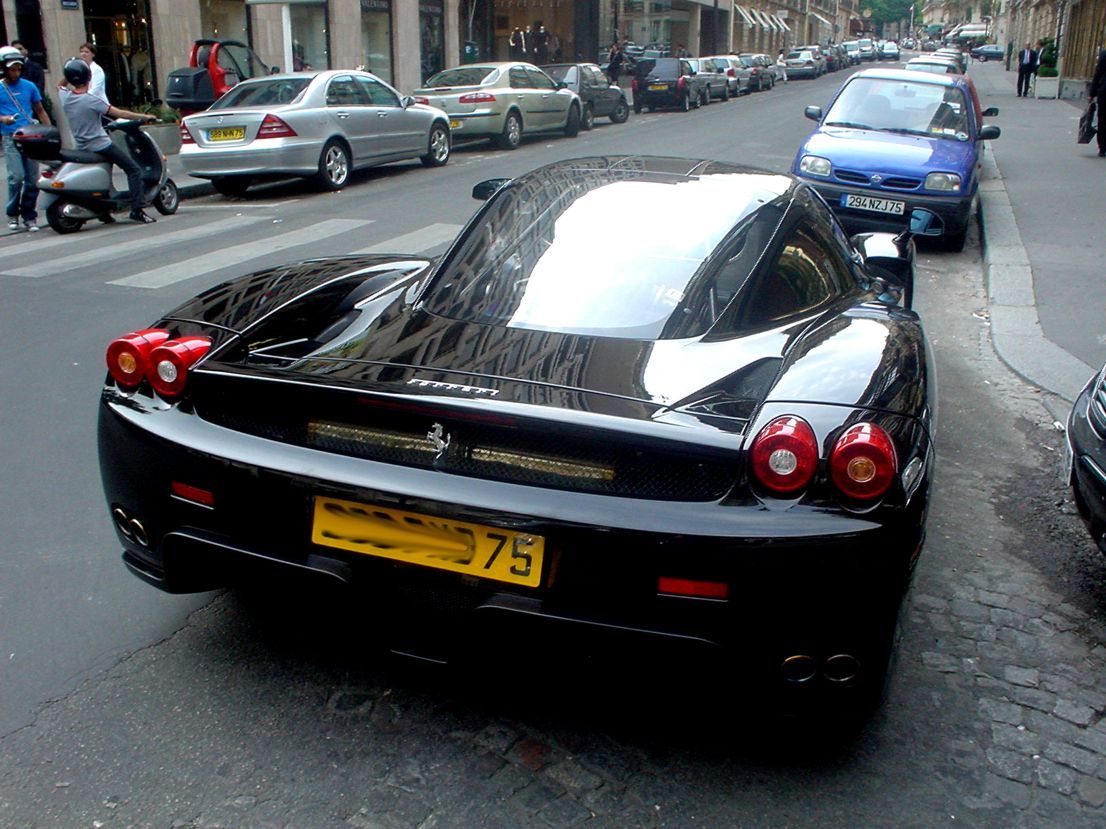
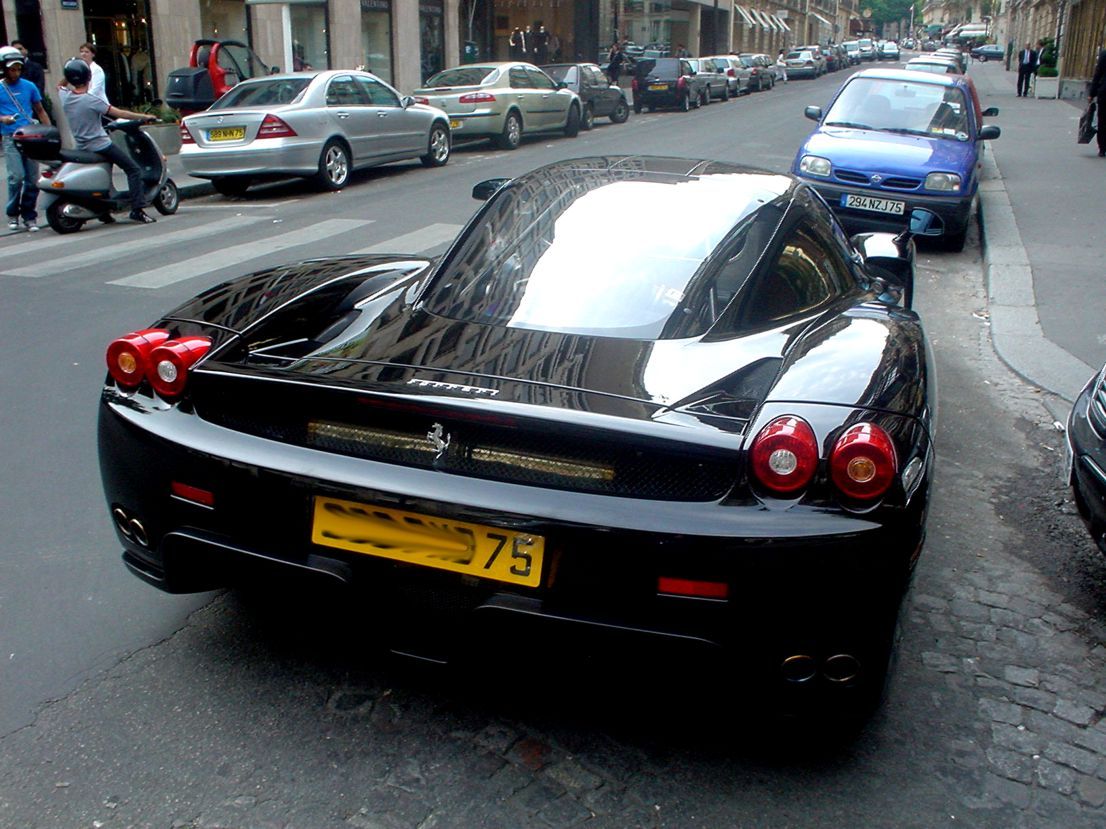
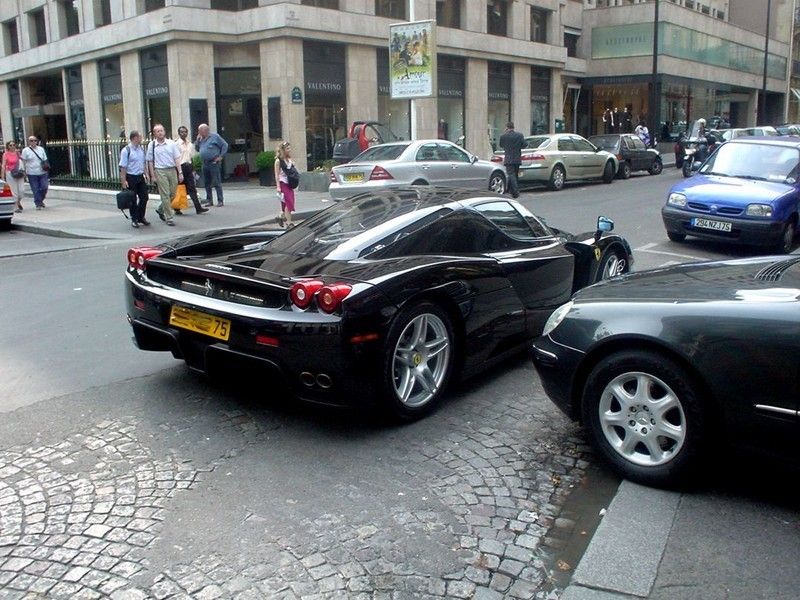
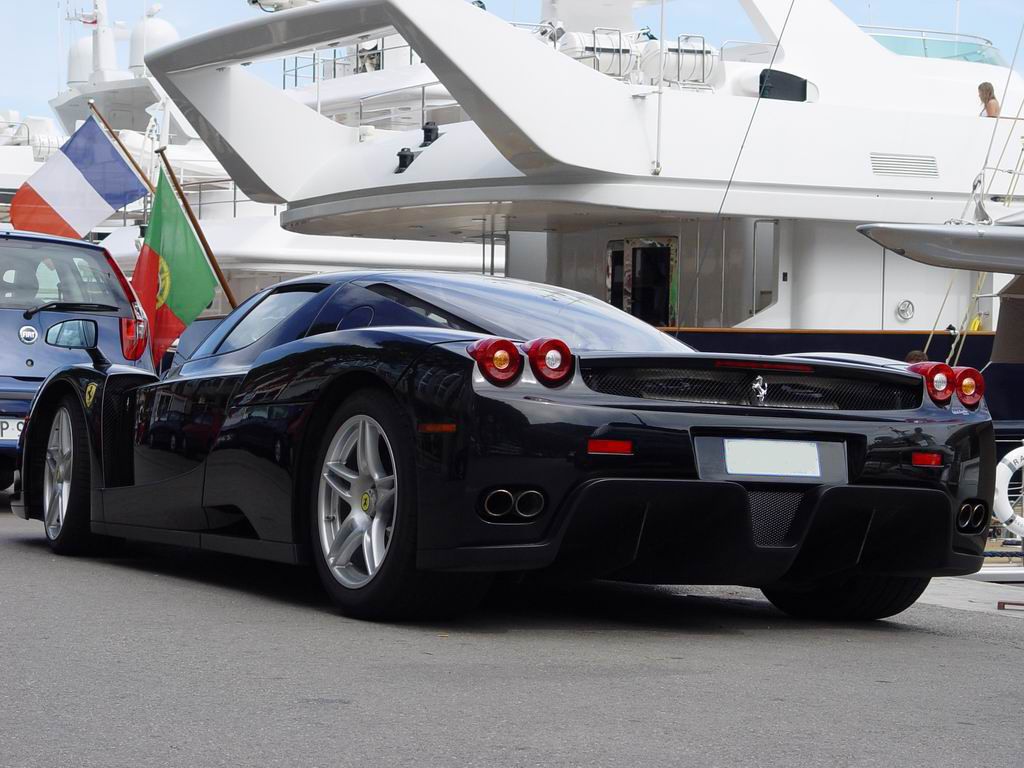
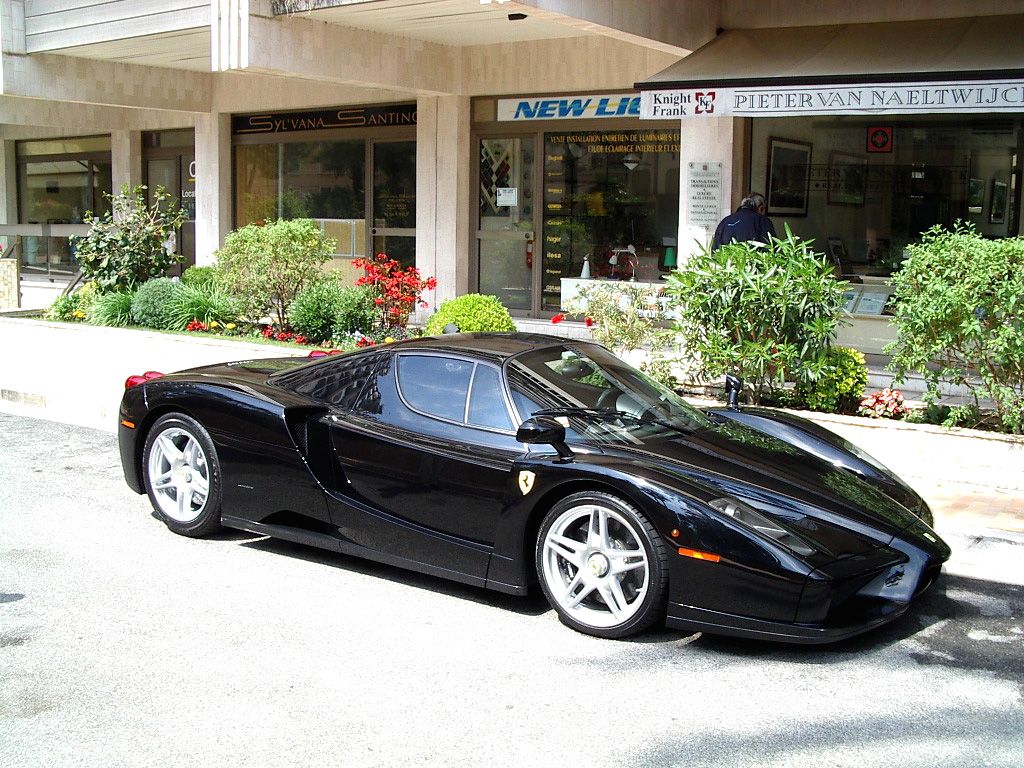
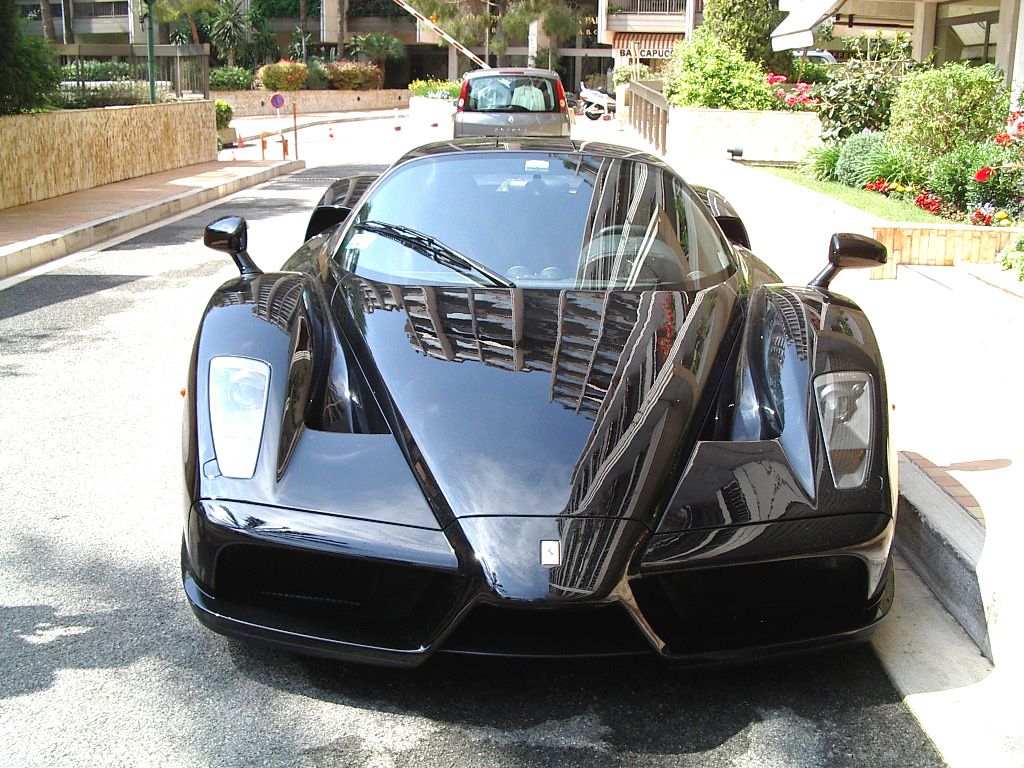
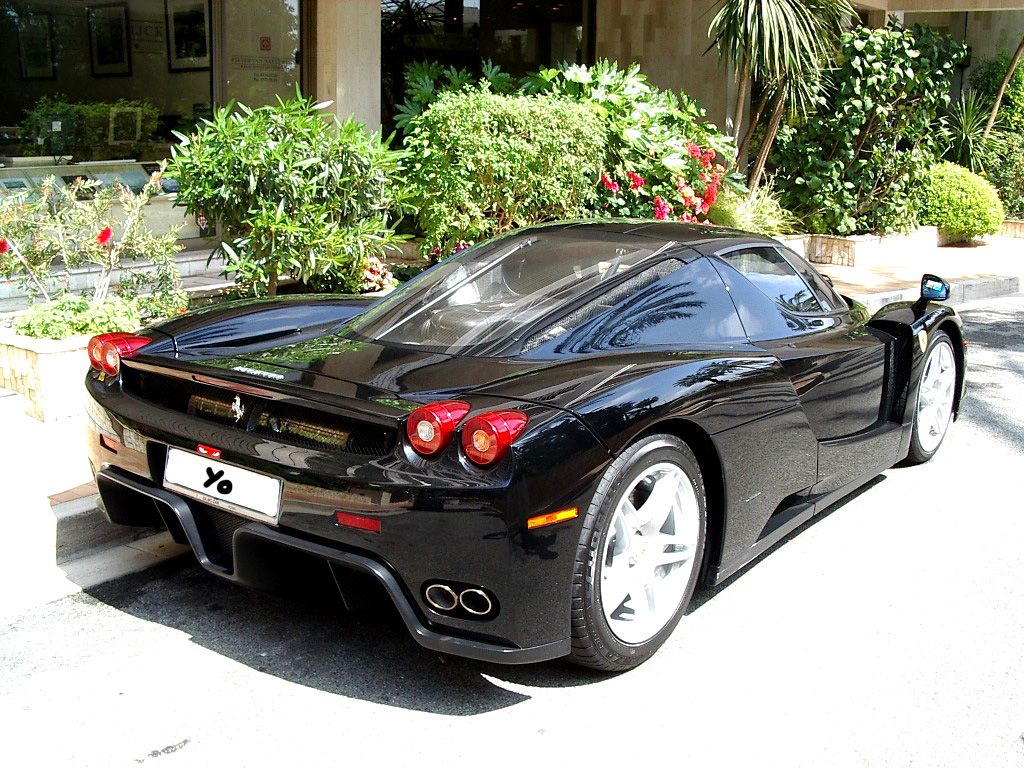
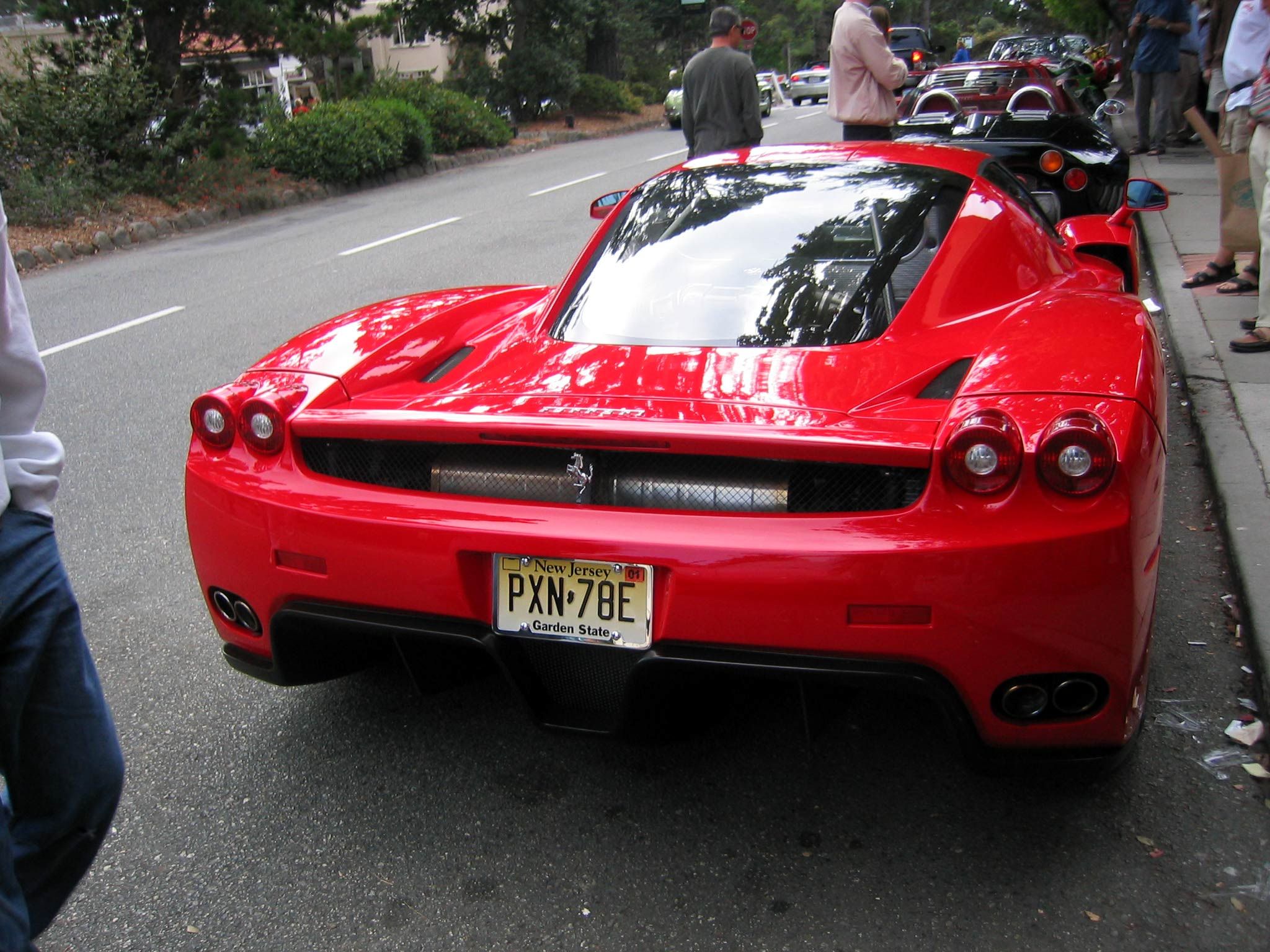
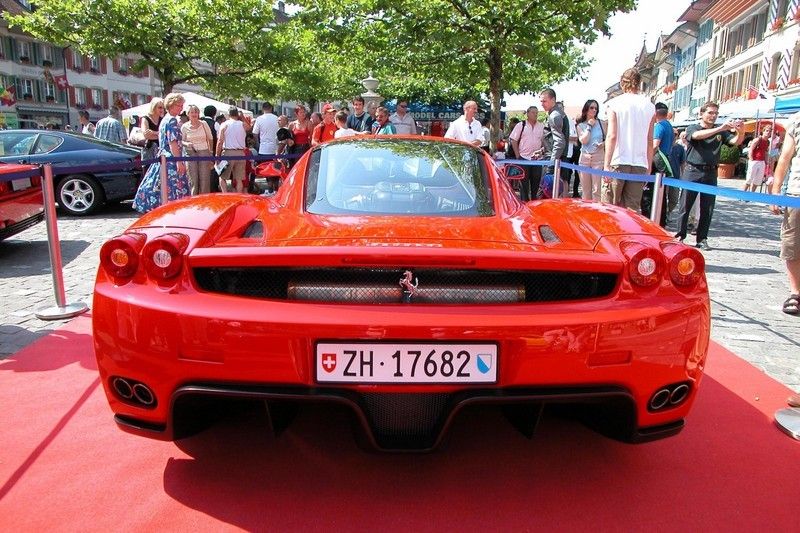
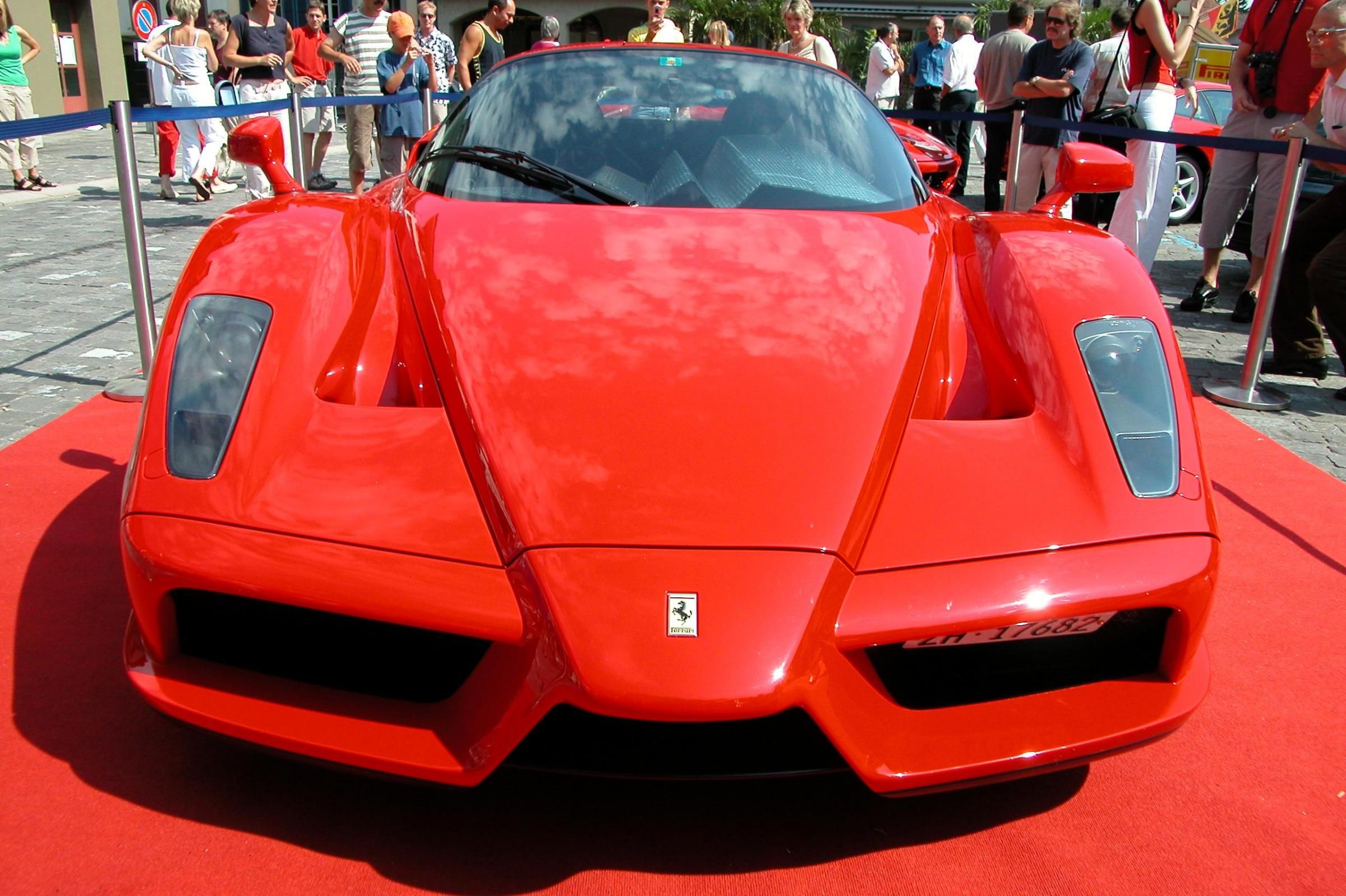
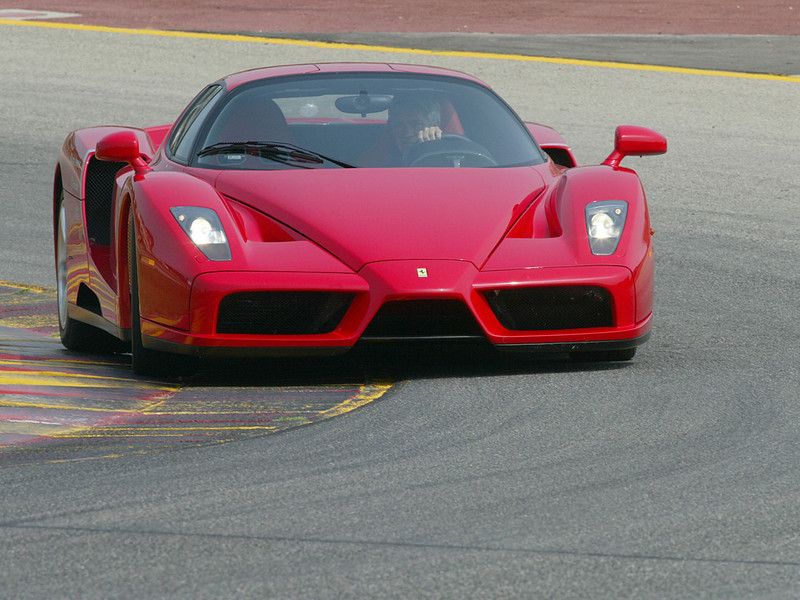
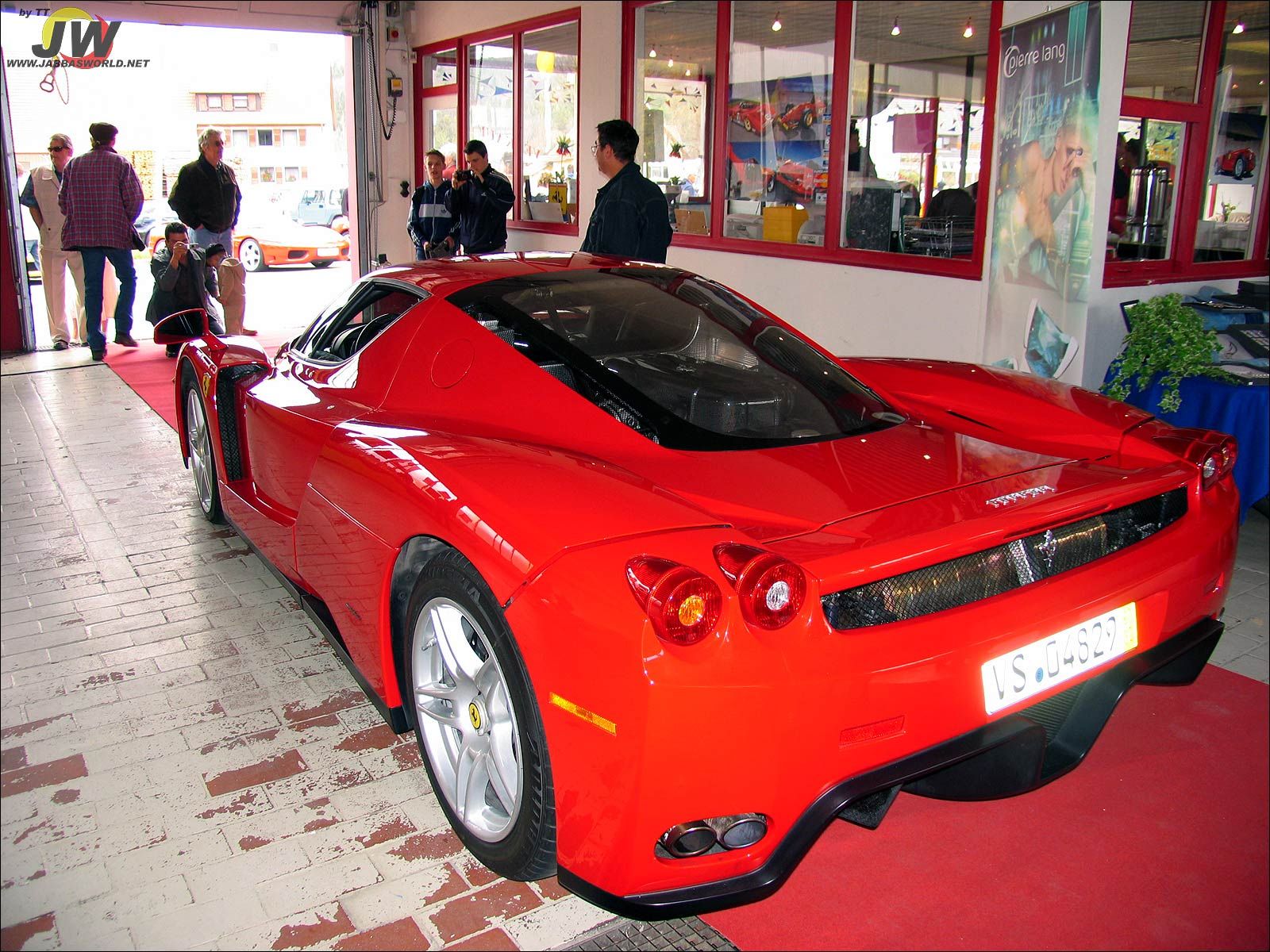
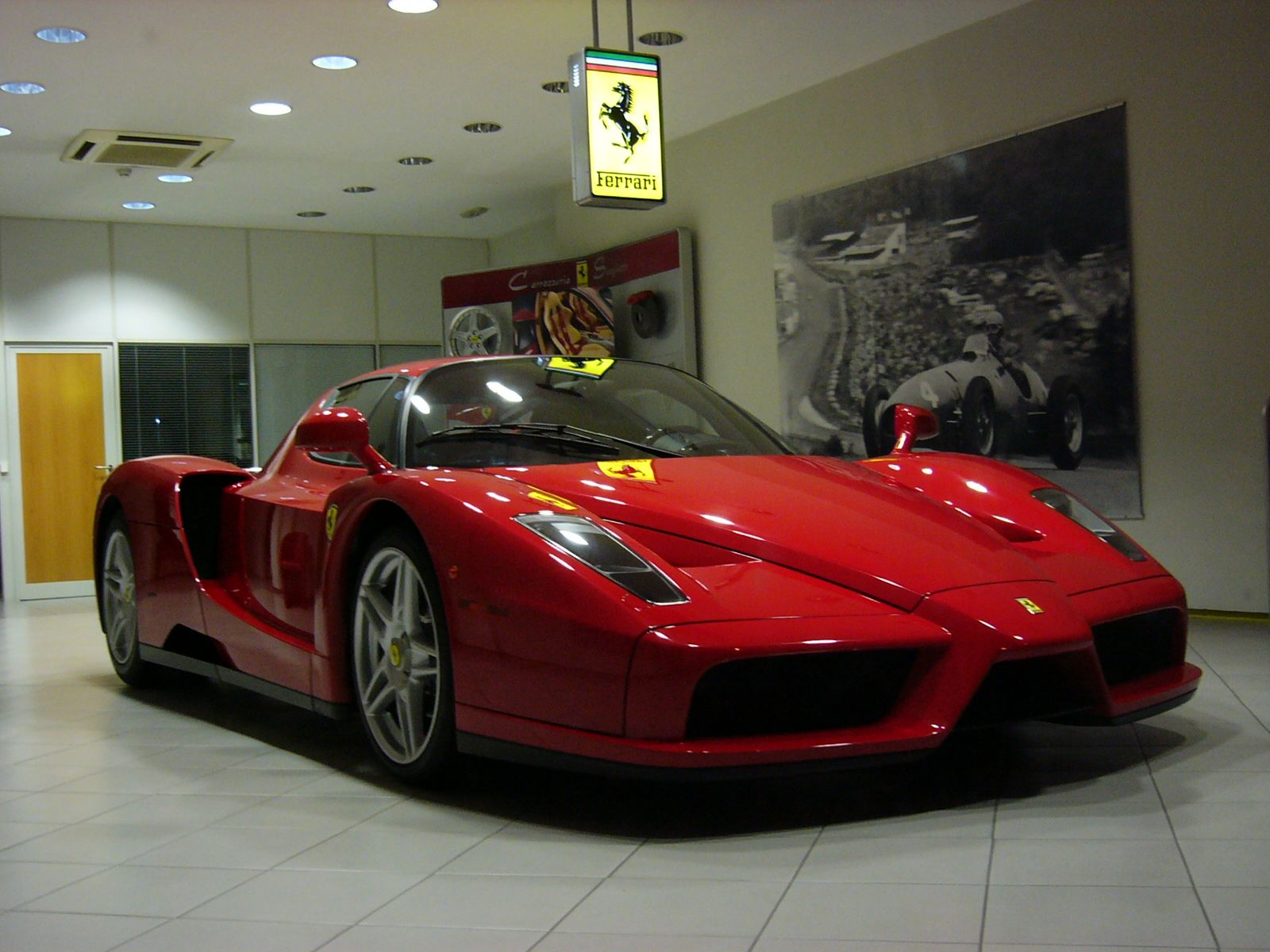
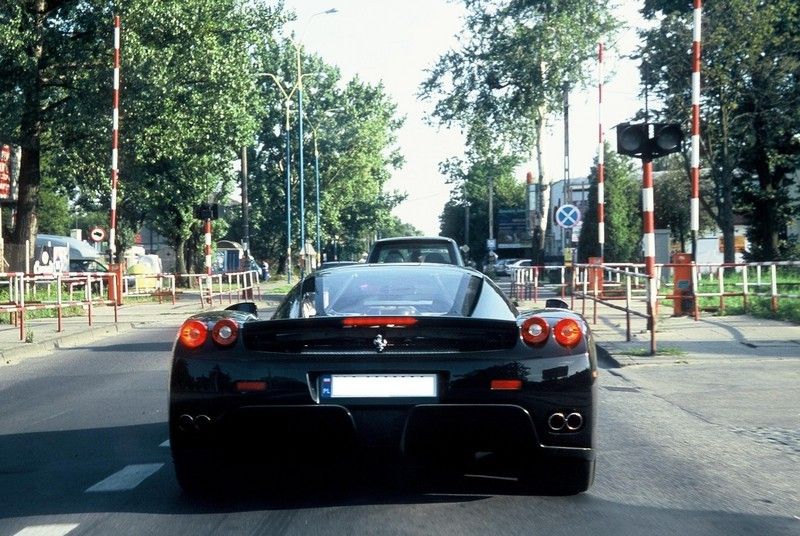
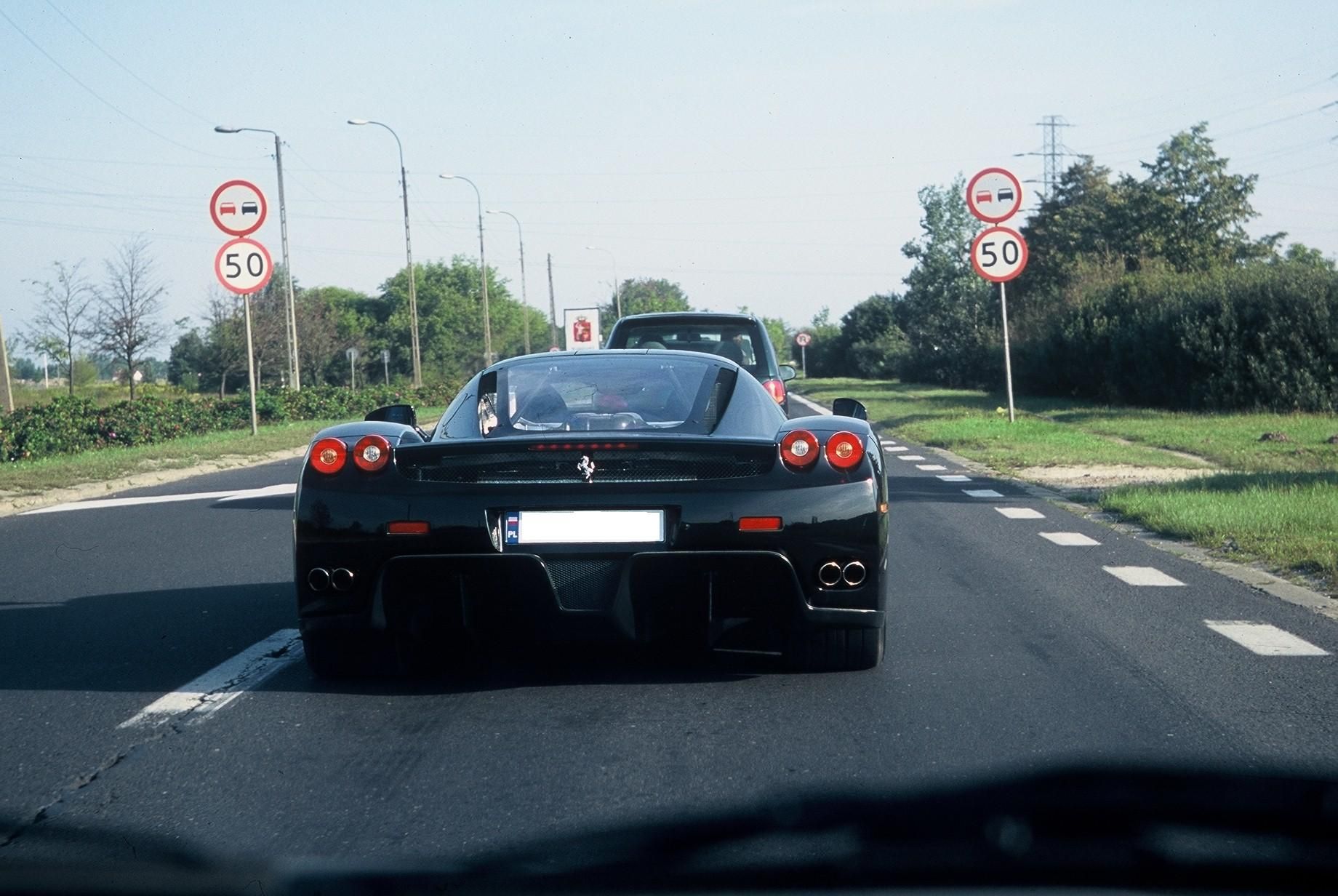
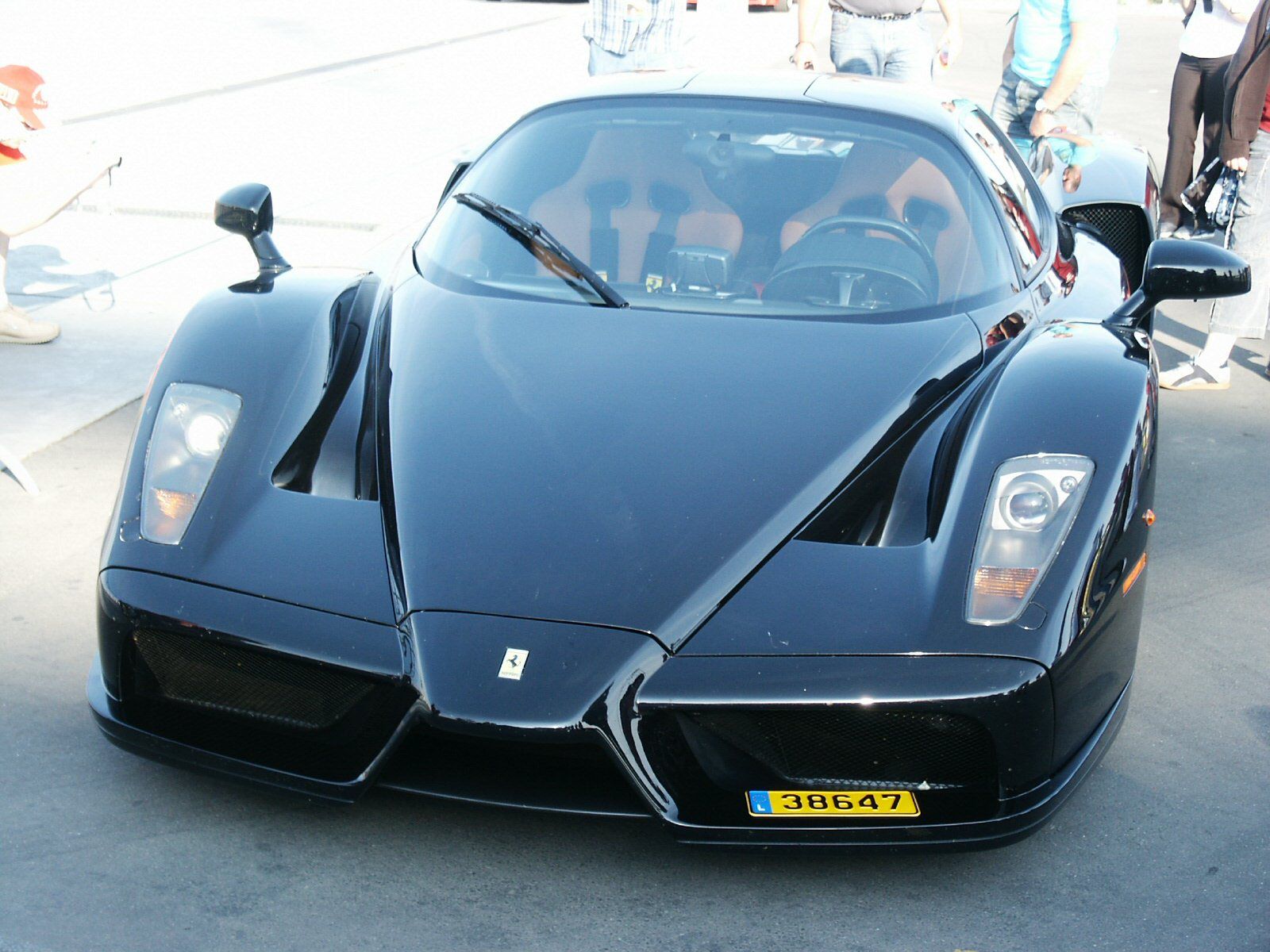
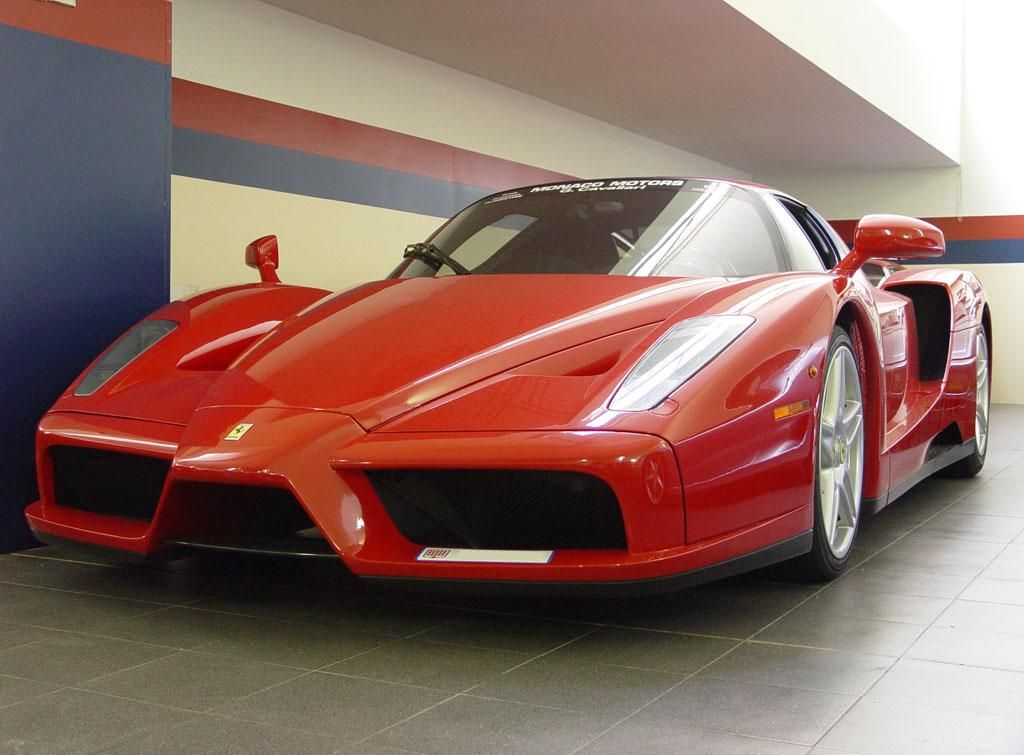
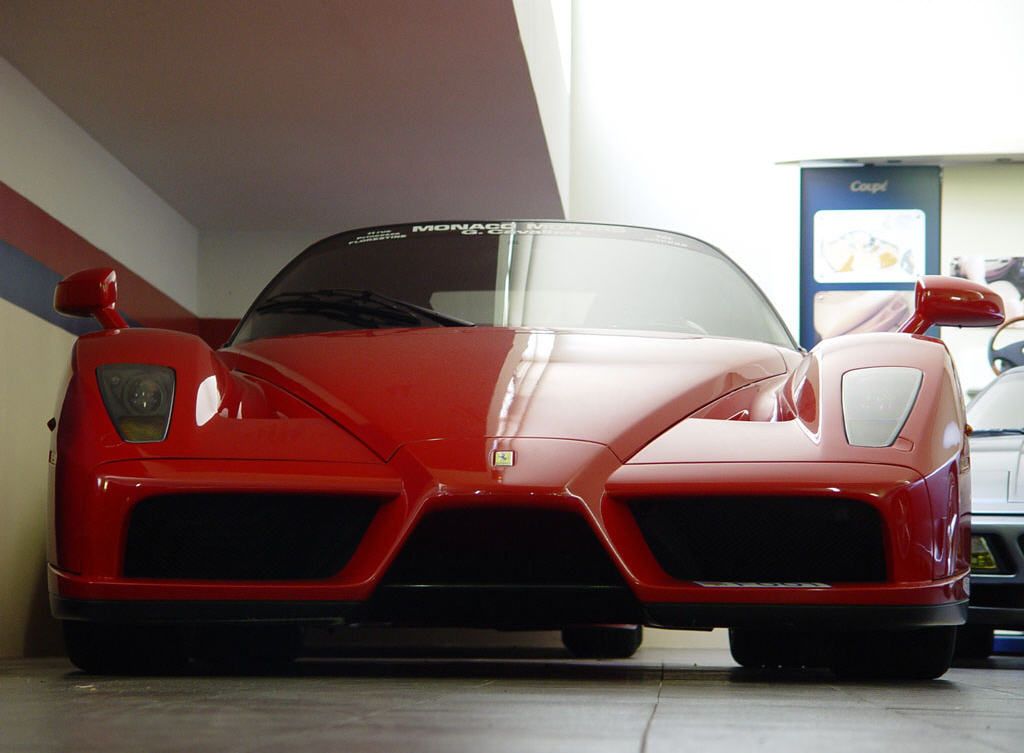
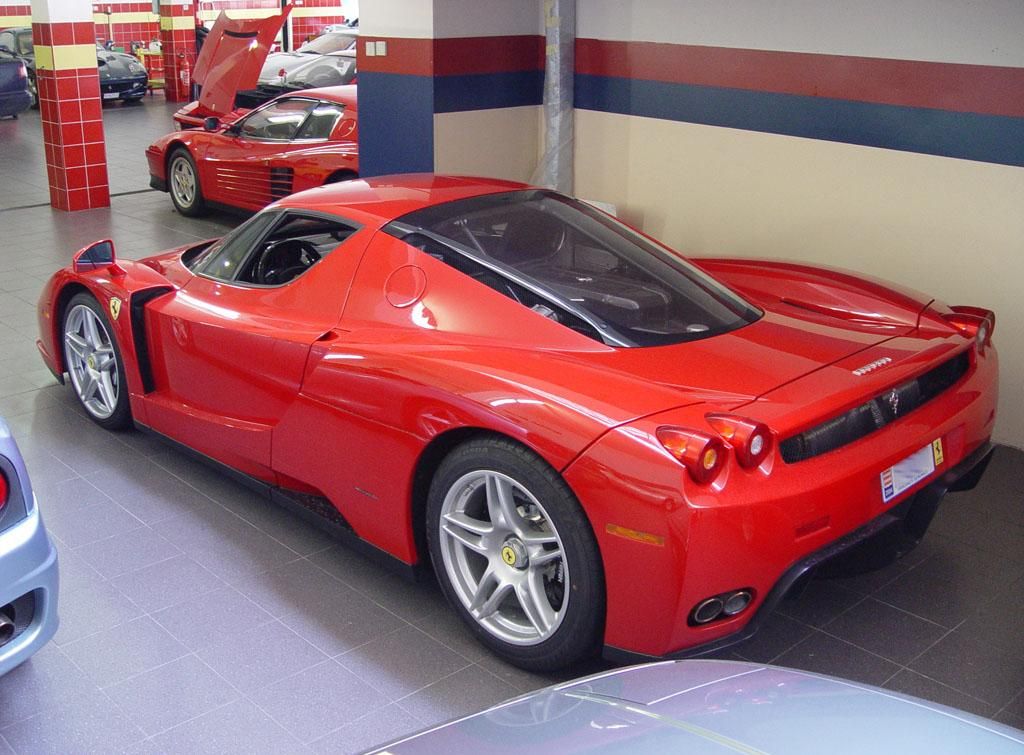
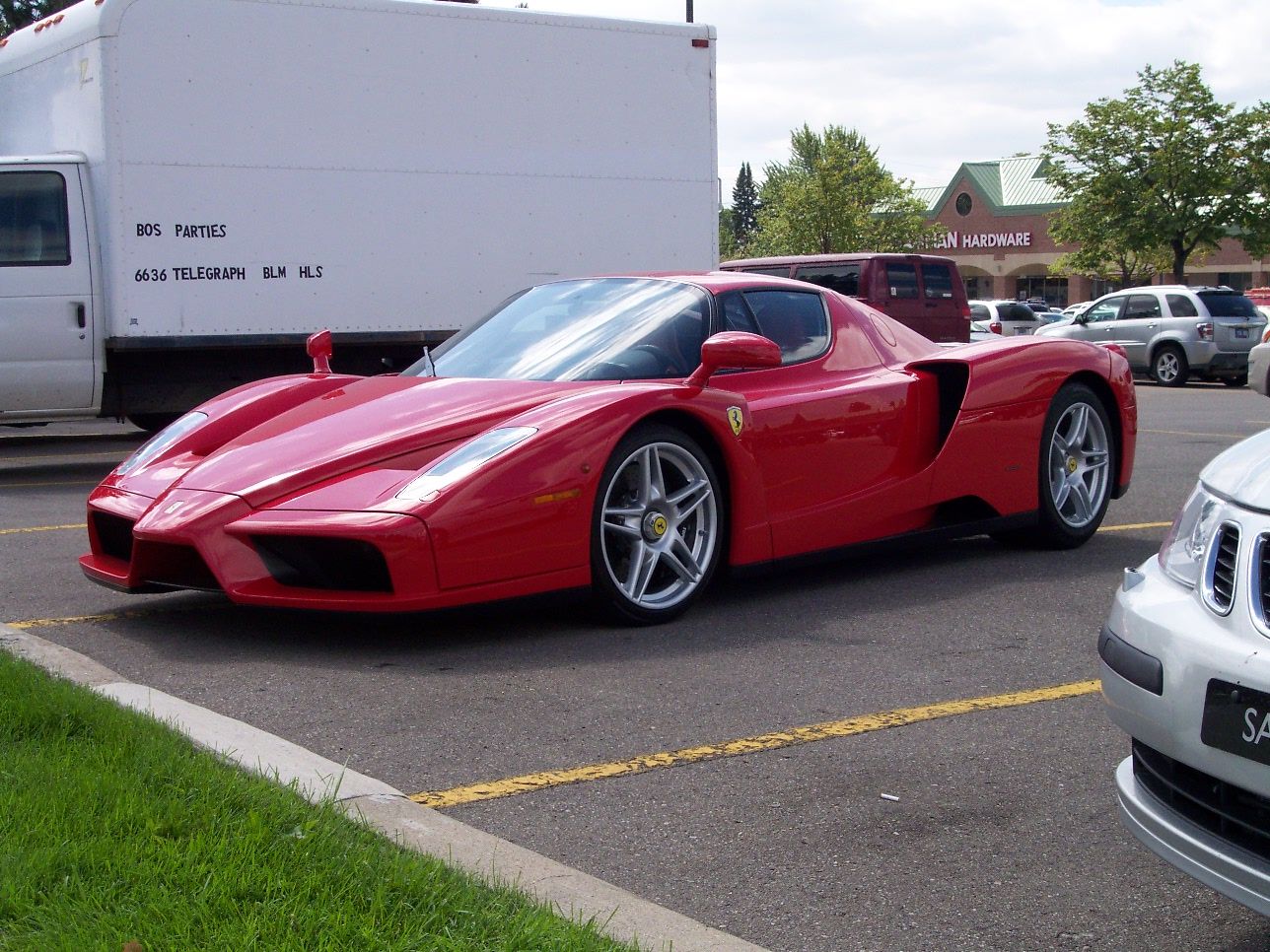
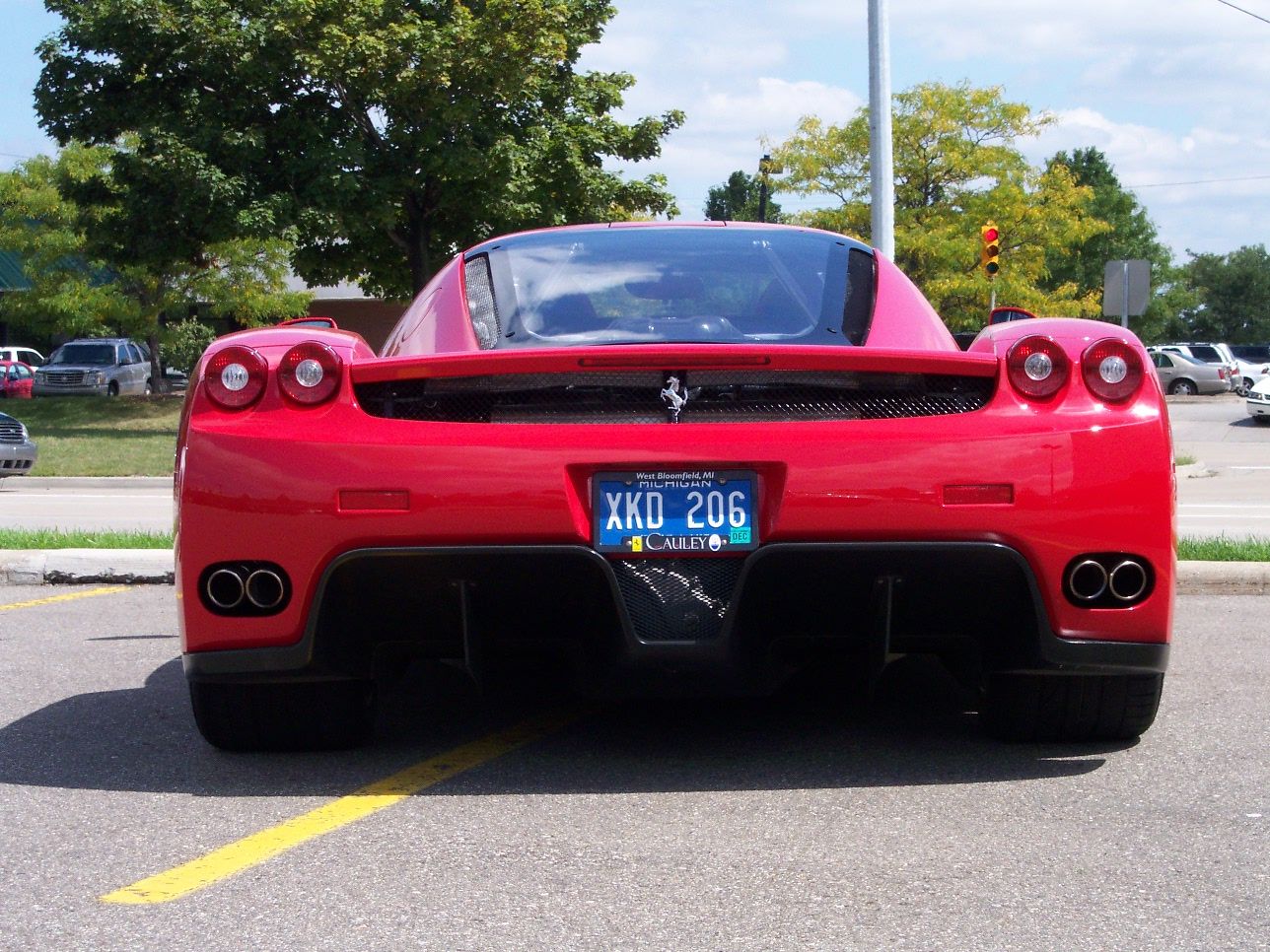
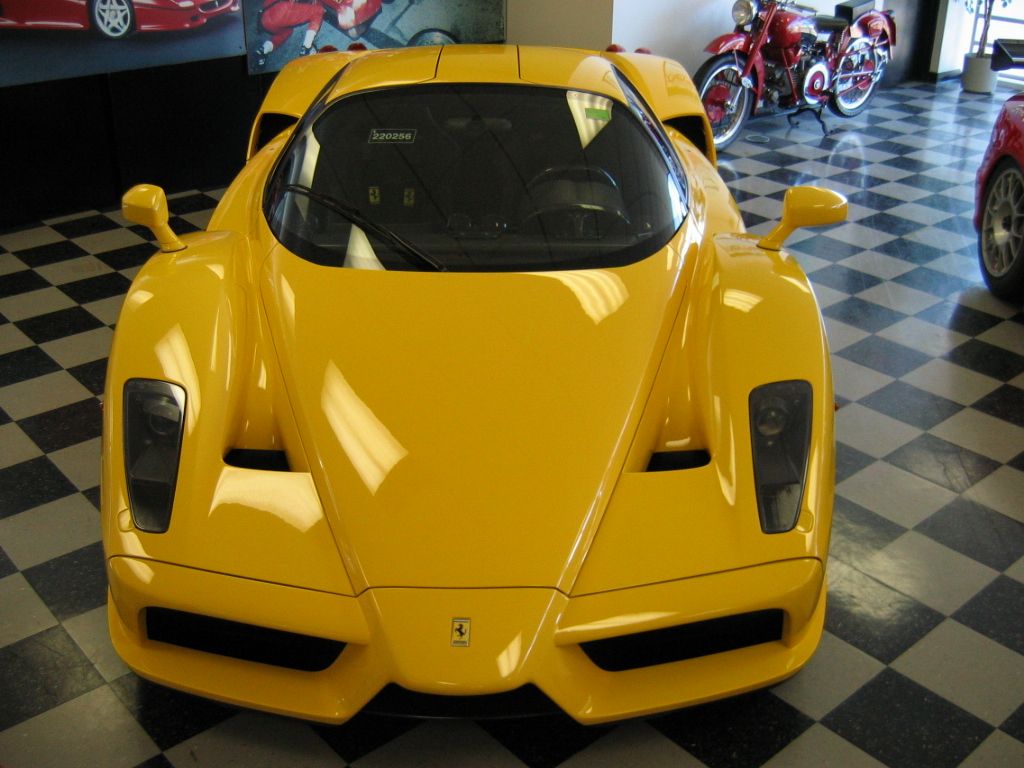
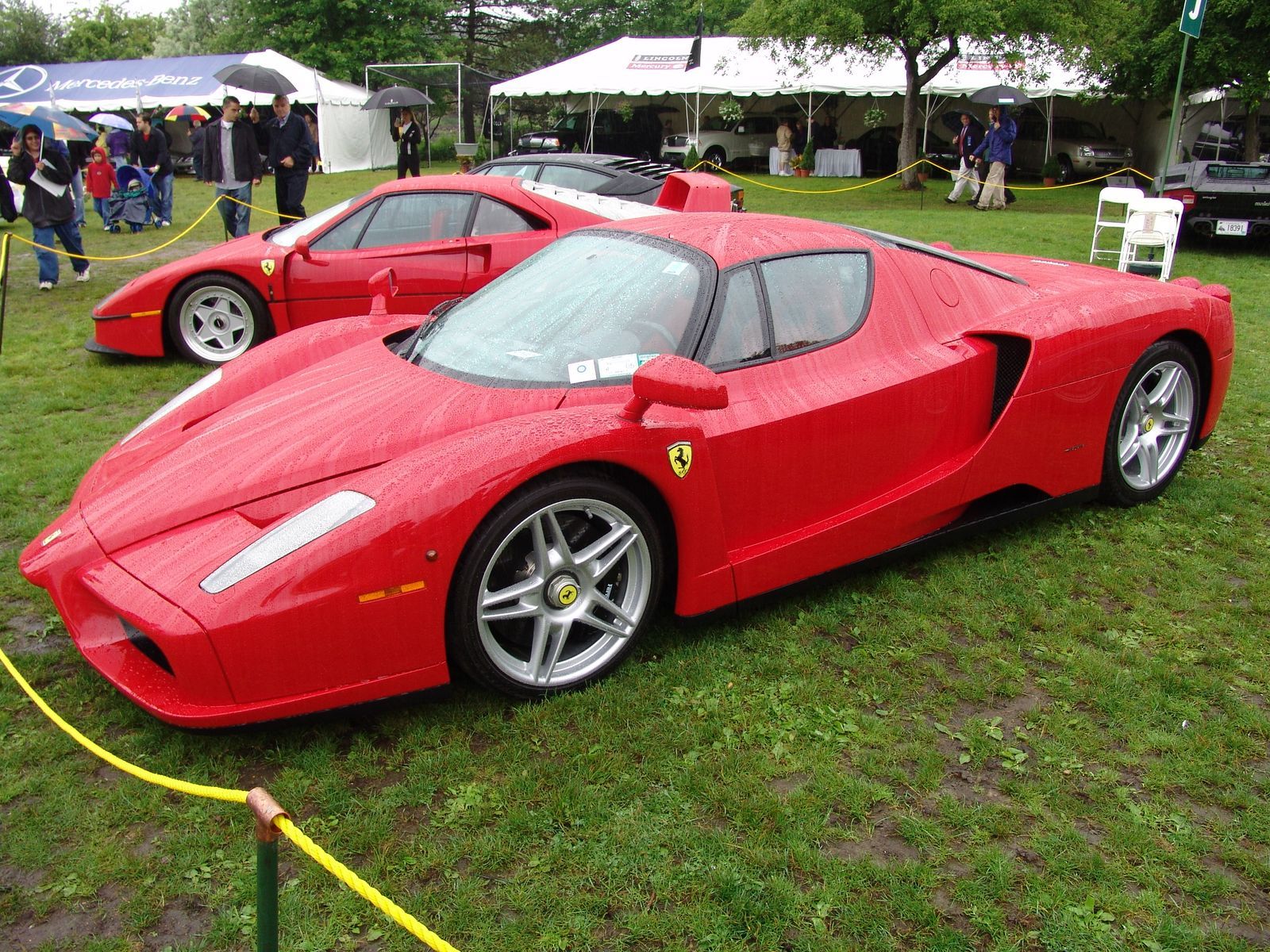
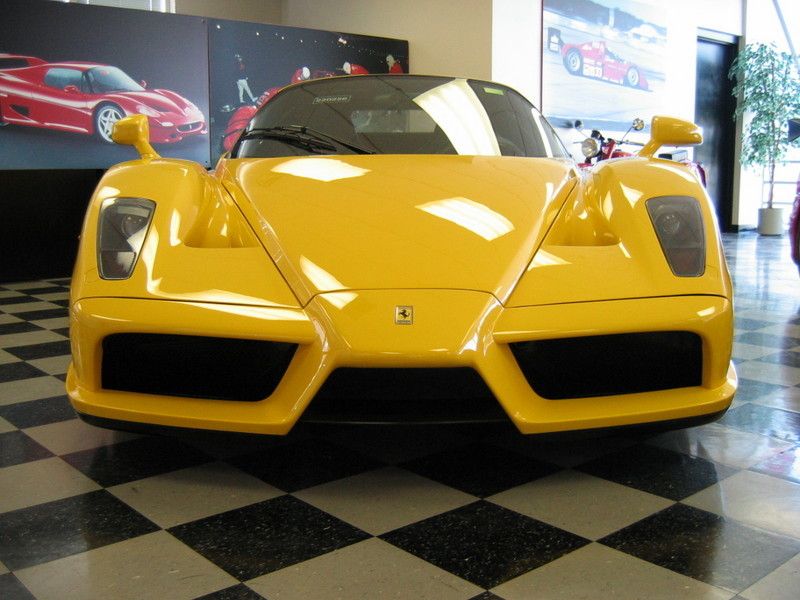
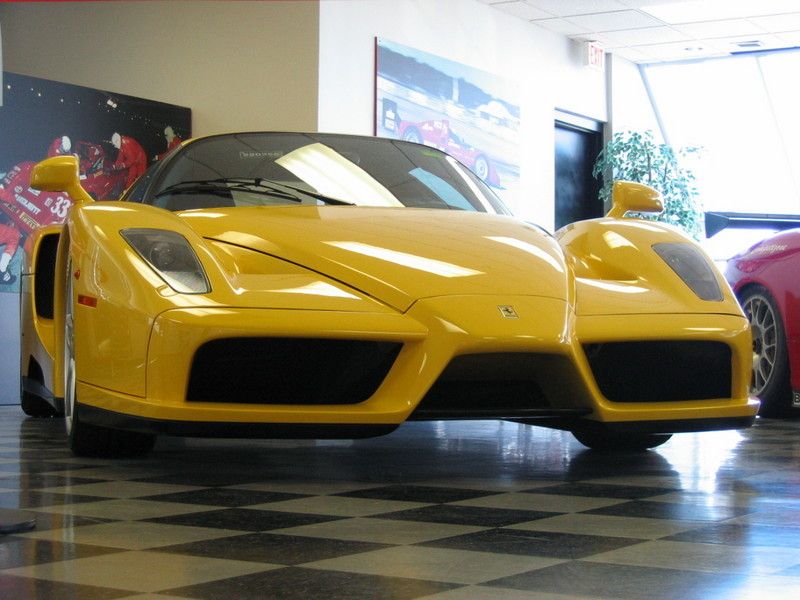
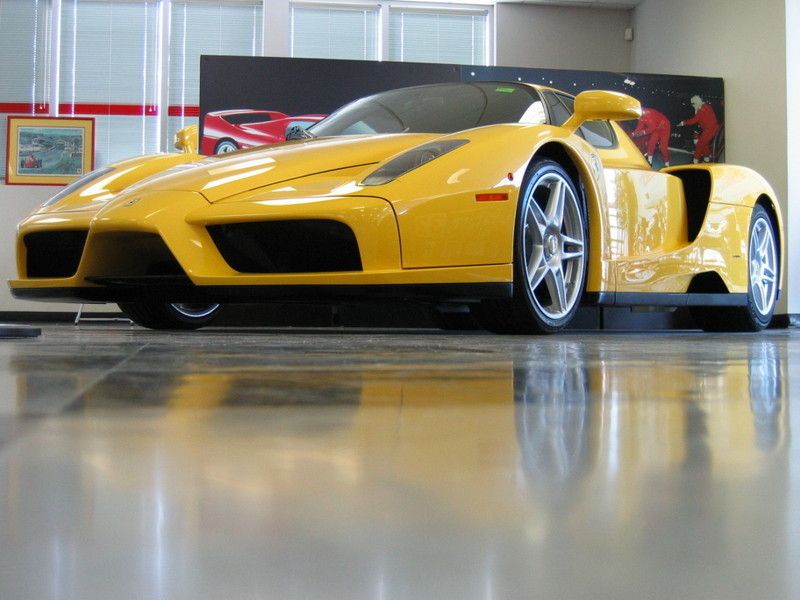
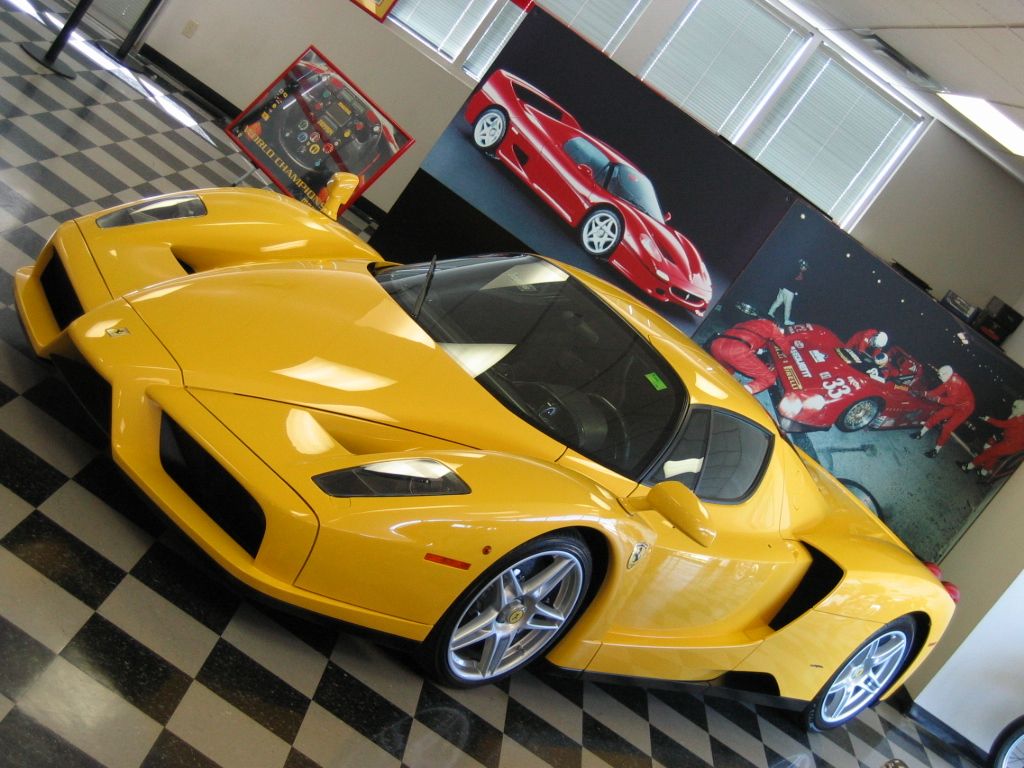
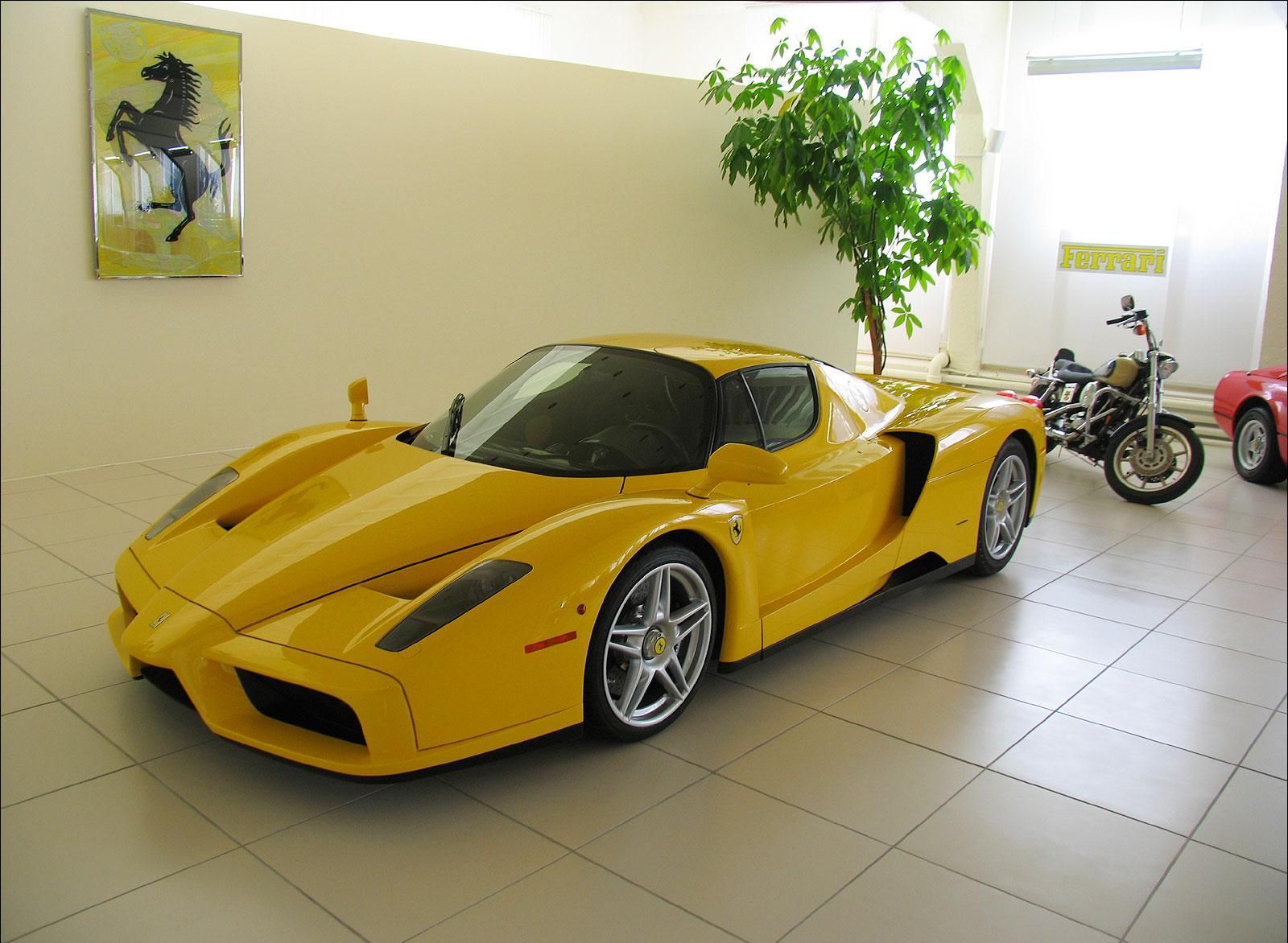
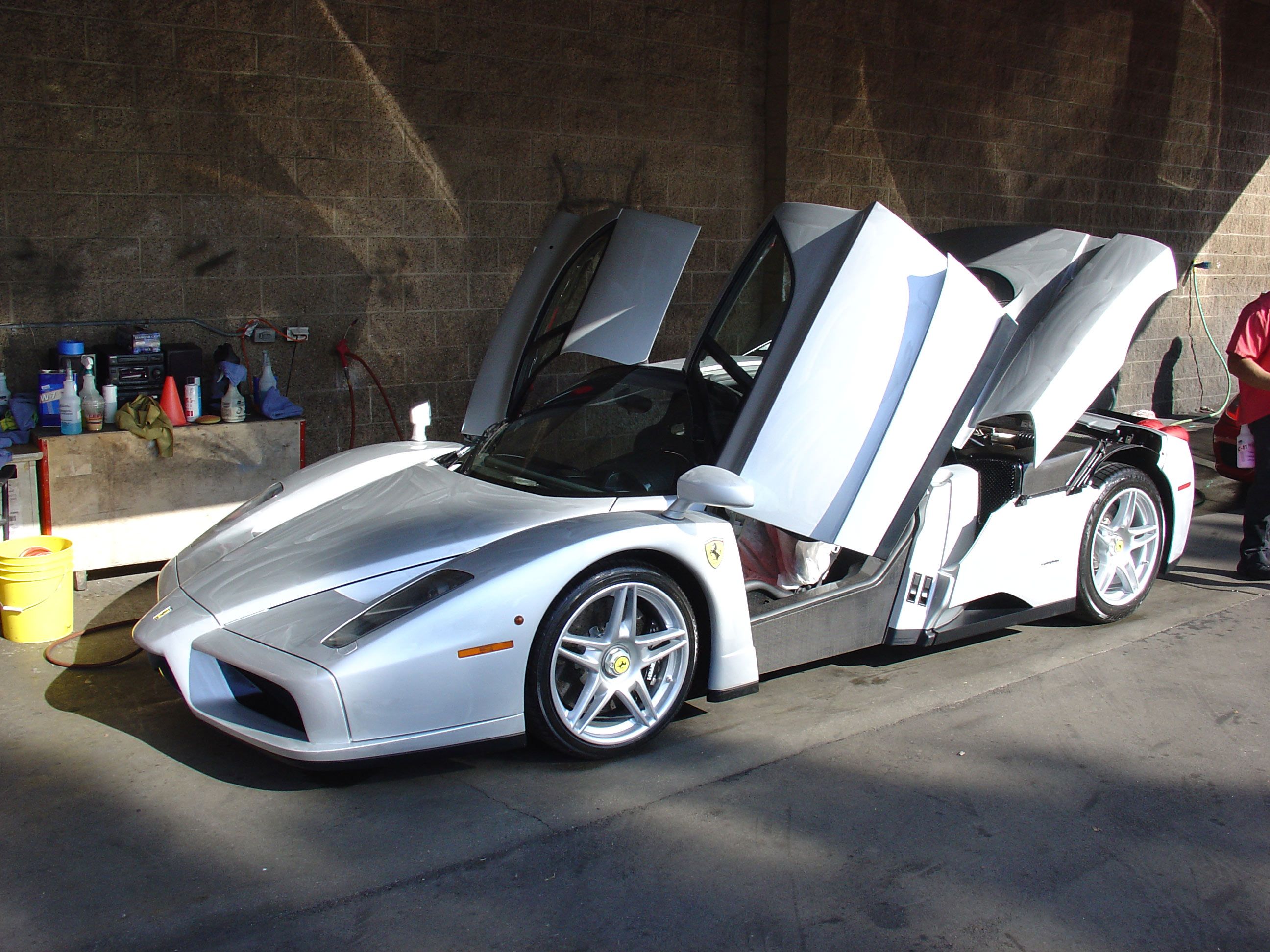
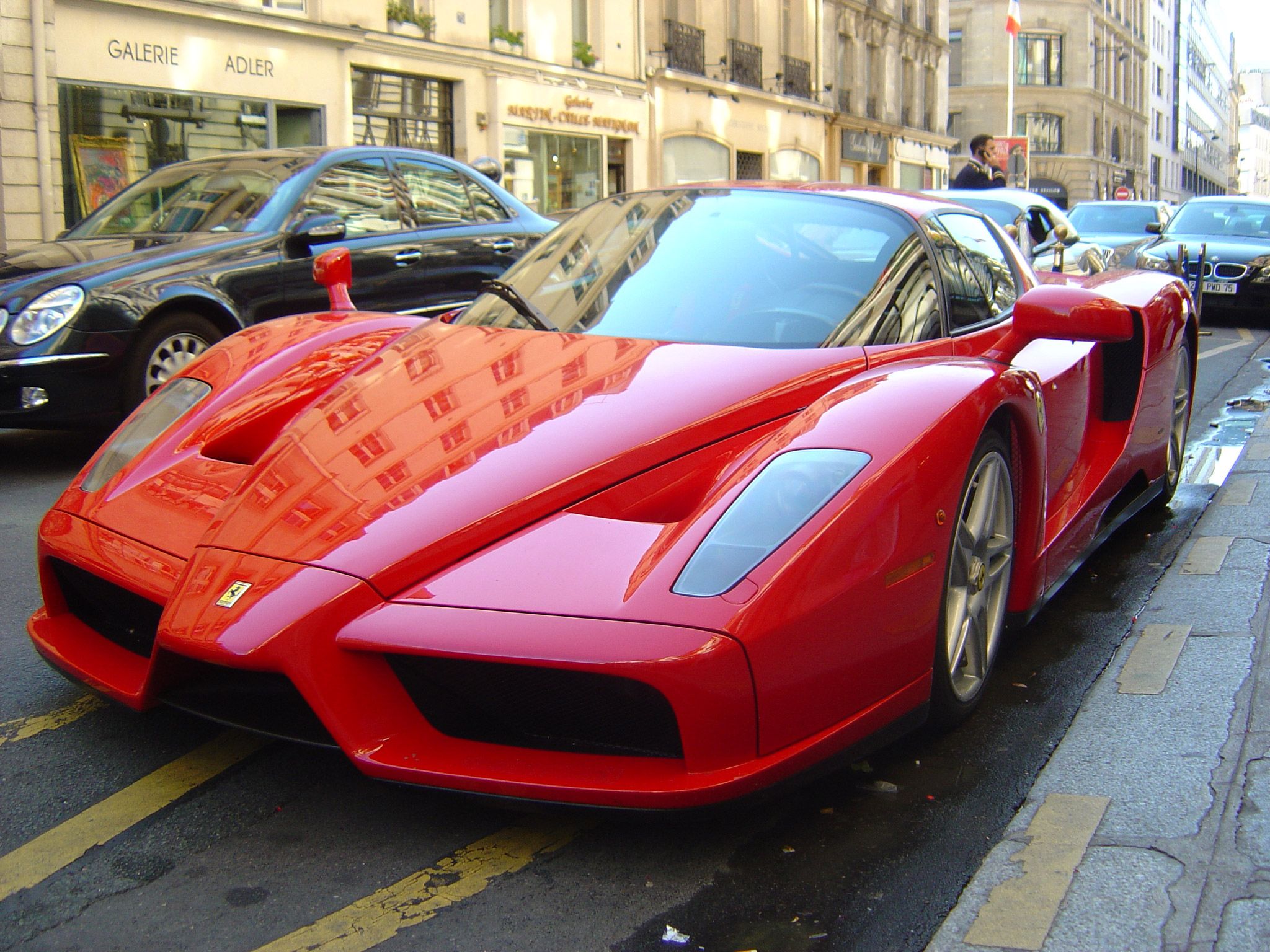
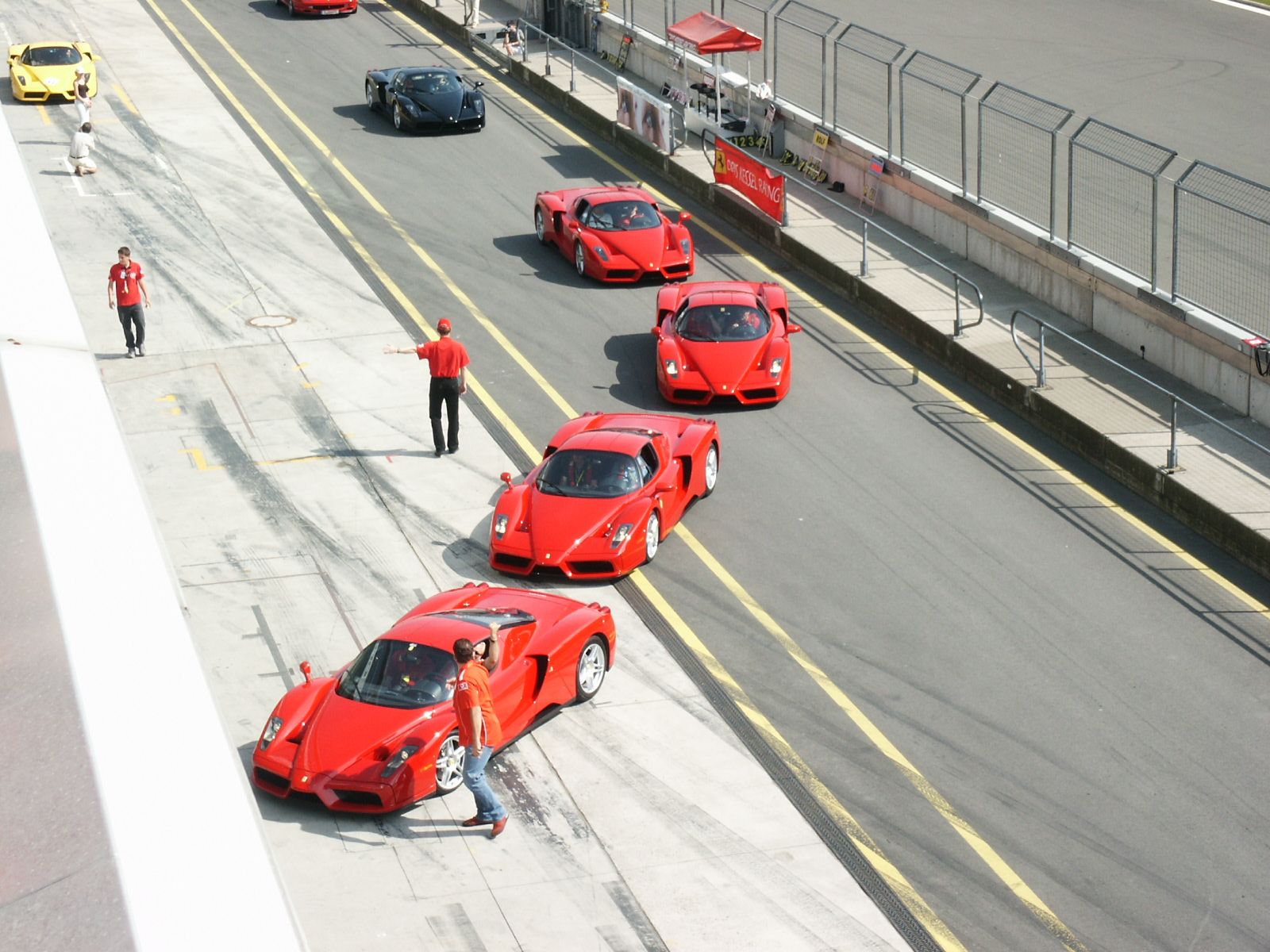
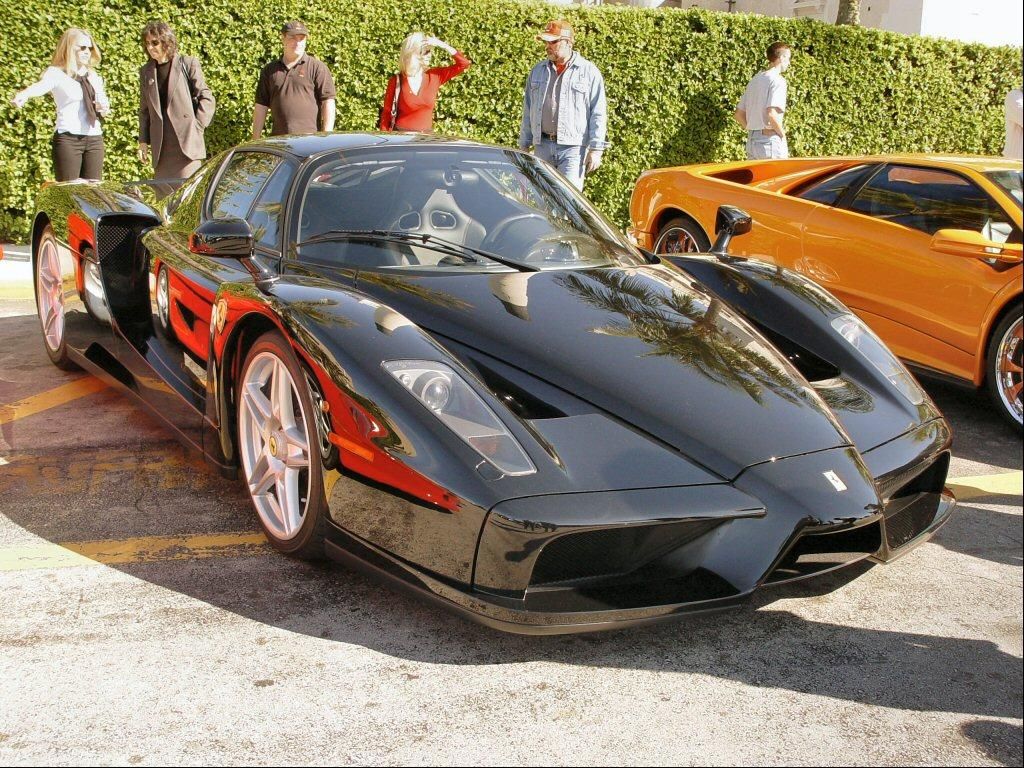
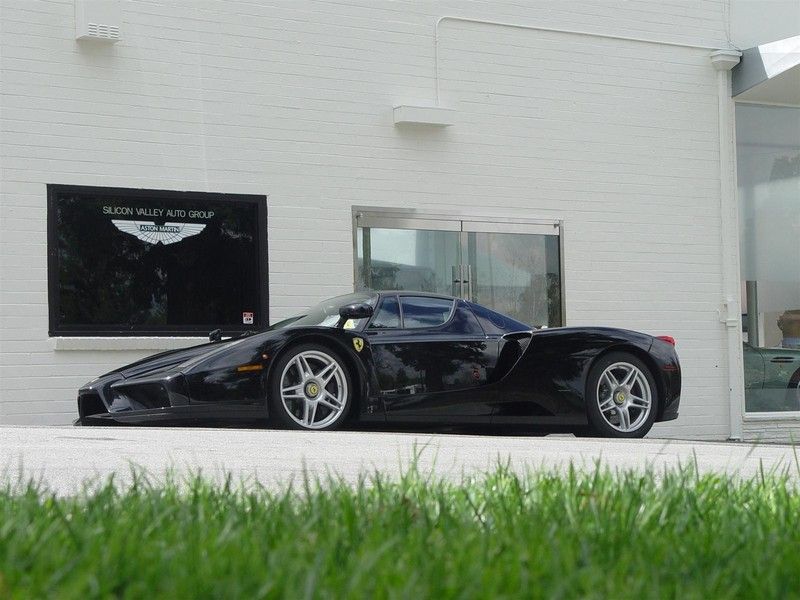
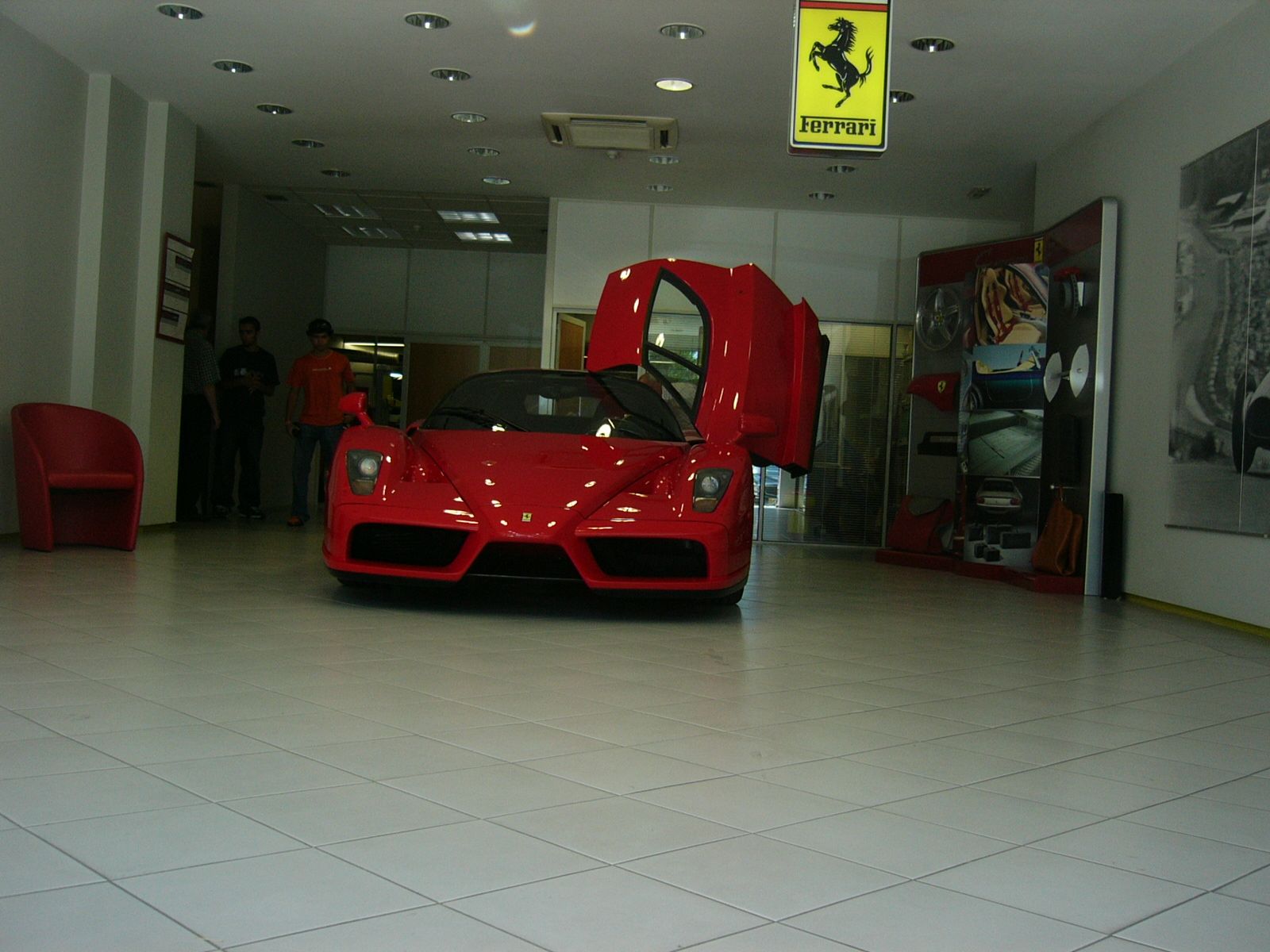
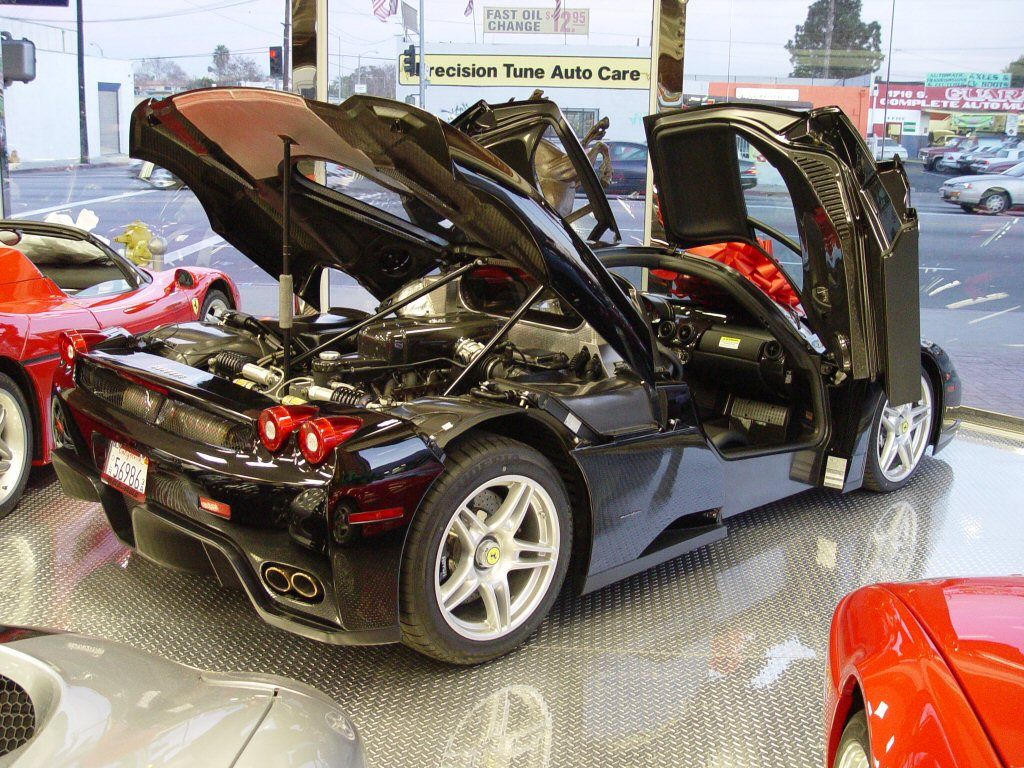
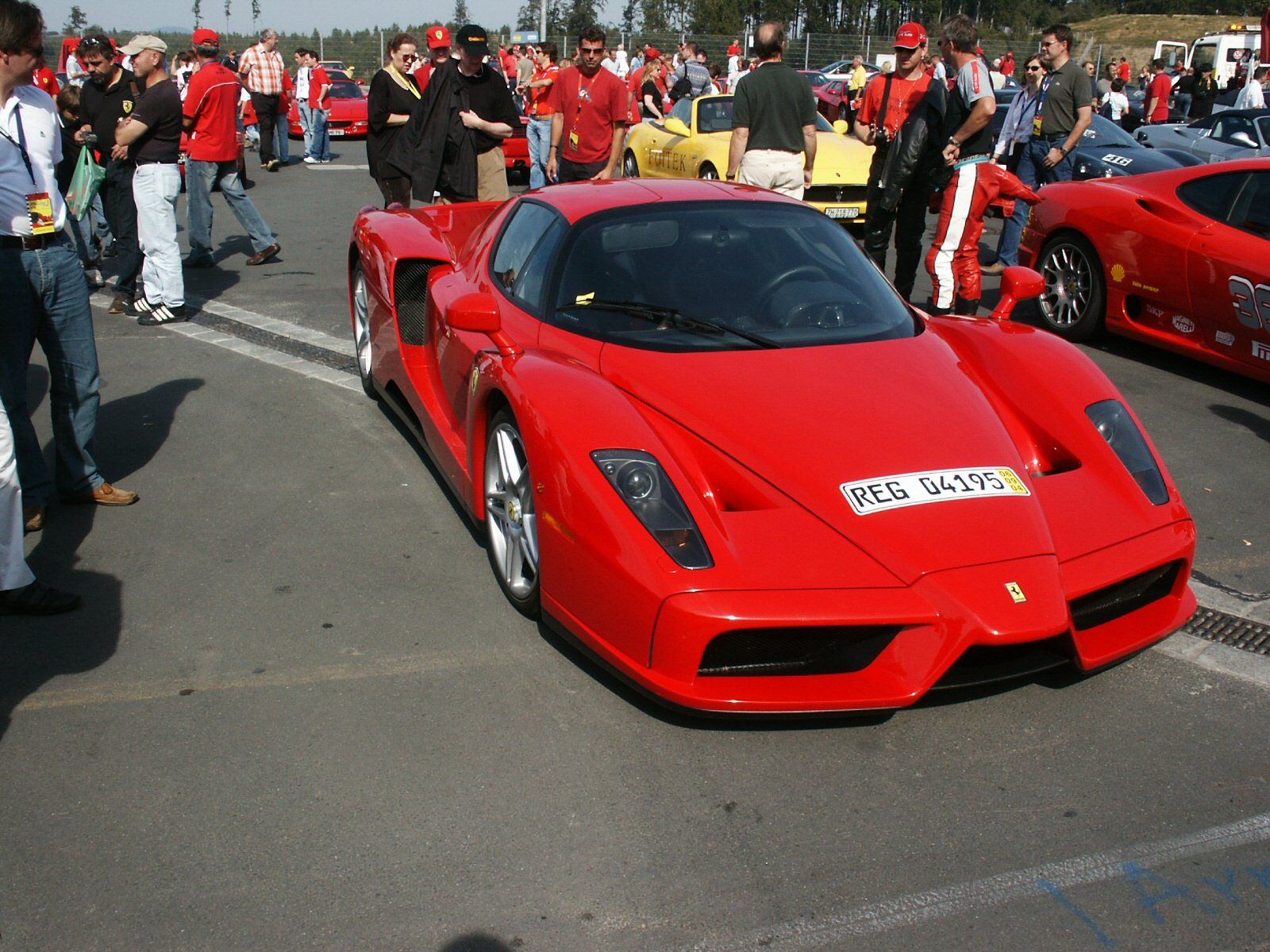
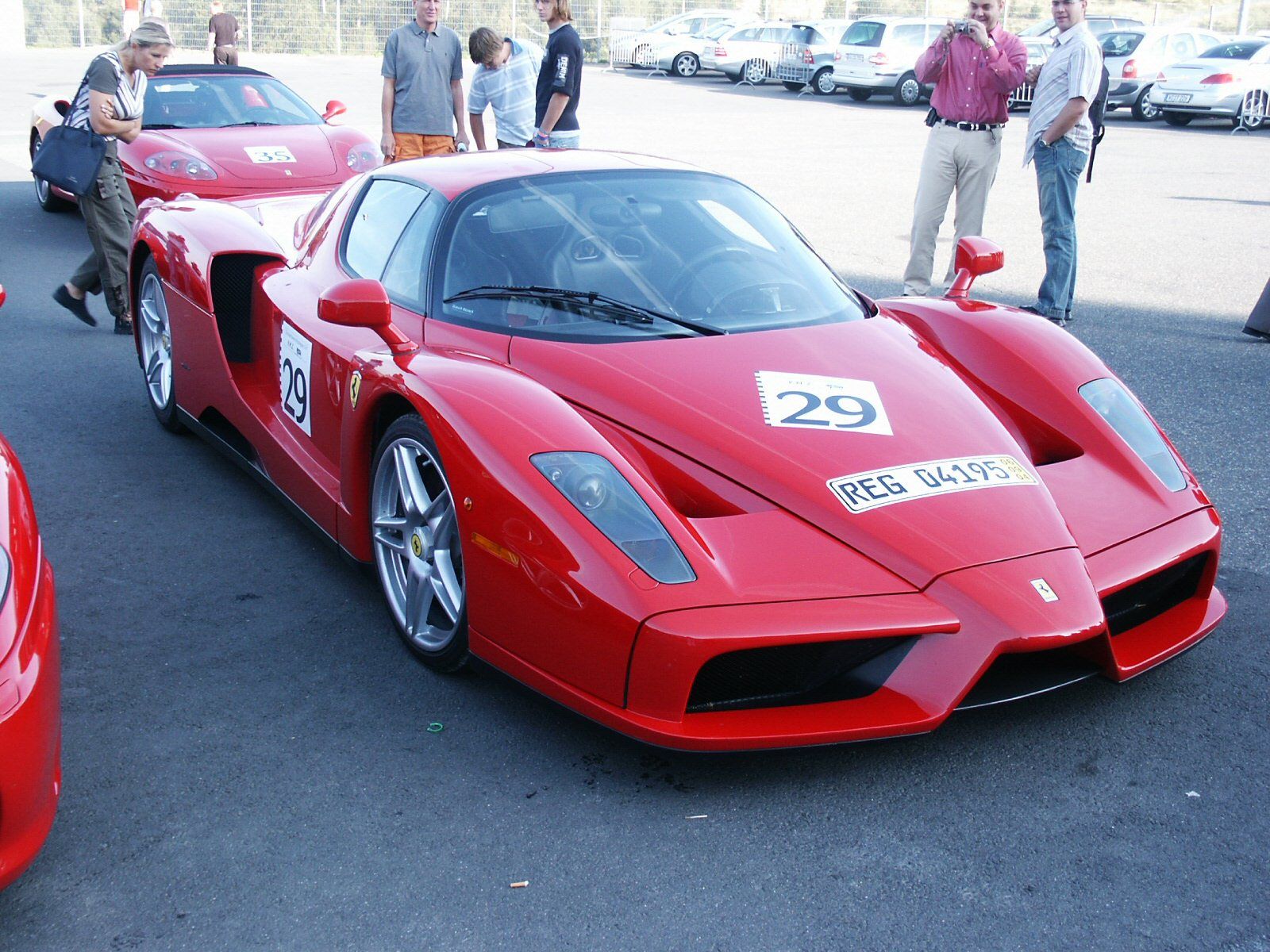
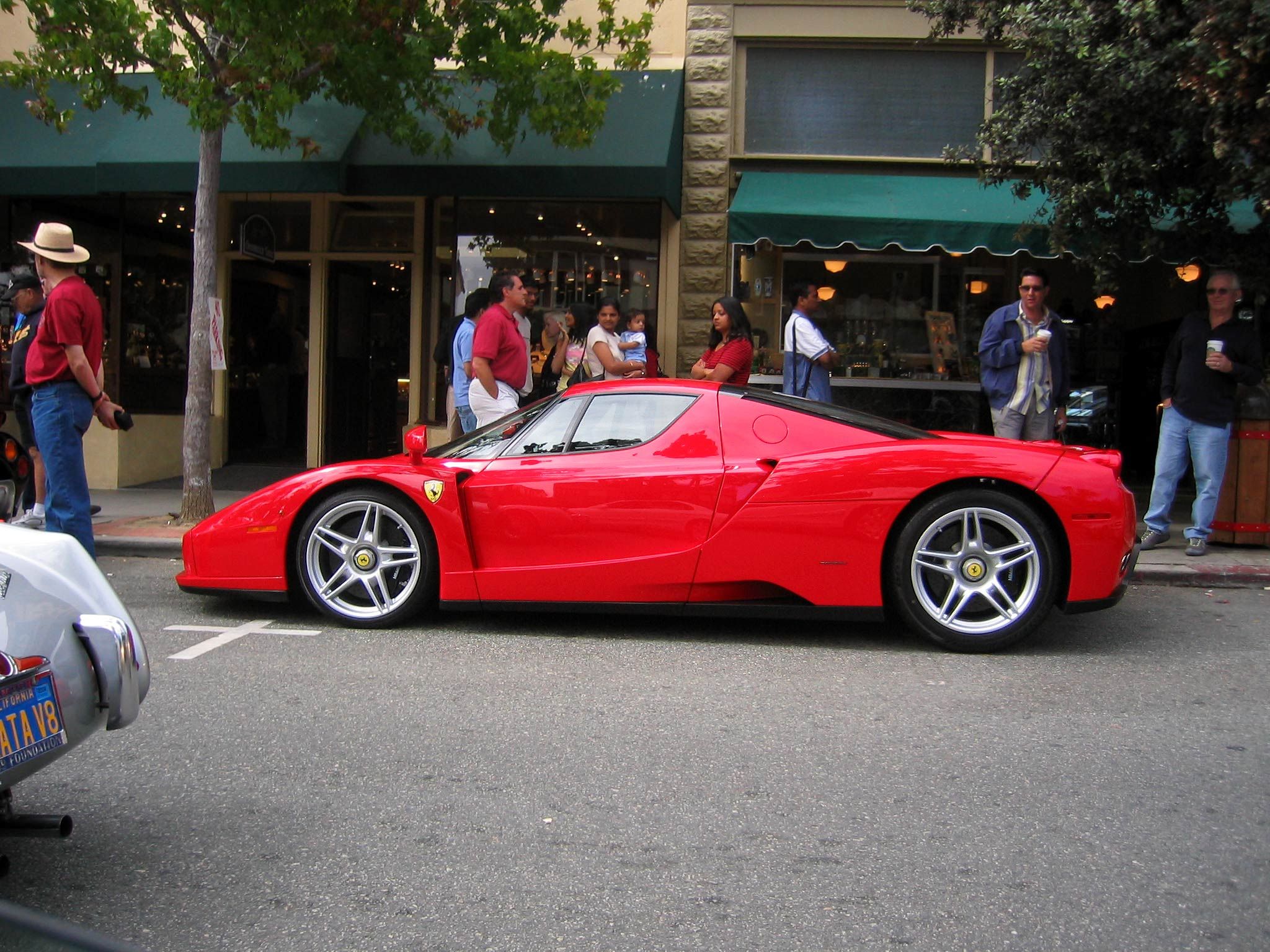
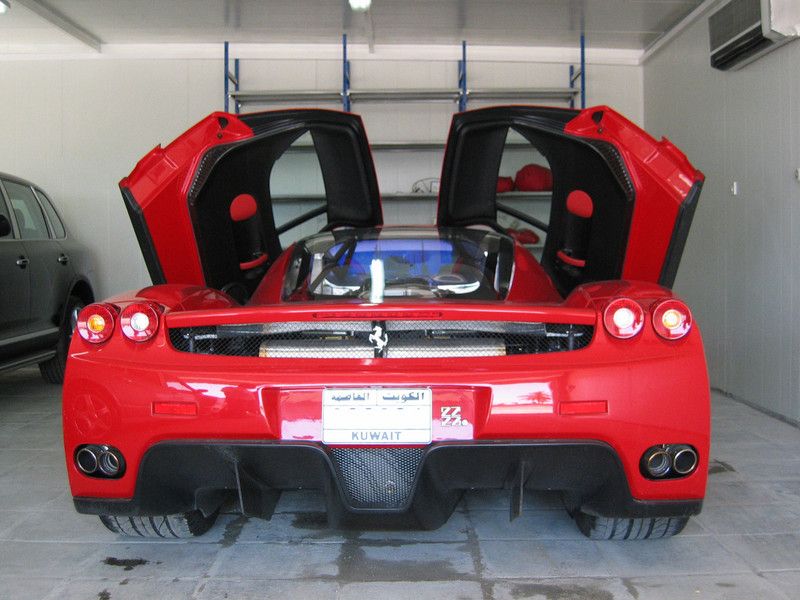
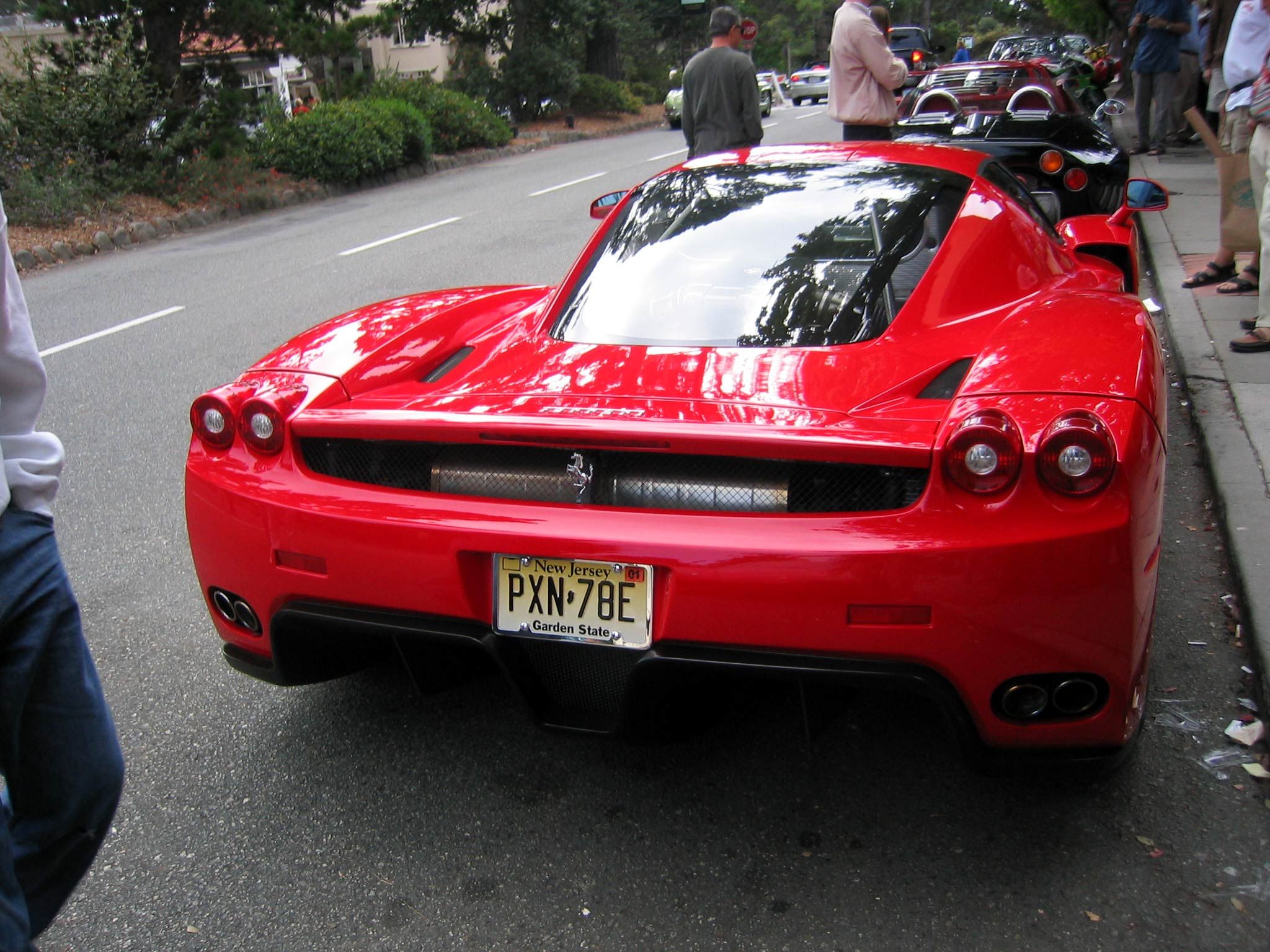


























- Make: Array
- Model: 2003 - 2004 Ferrari Enzo
- Engine/Motor: V12
- Horsepower: 660 @ 7800
- Torque: 485 @ 5500
- Transmission: 6-Speed Semi-Automatic
Exterior
Designed by Ken Okuyama, Pininfarina's->ke69 chief designer at the time, the Enzo featured styling cues previously unseen on a Ferrari. Although the F50 was a design evolution of the F40, the Enzo had nothing in common with its predecessor. Okuyama designed an F1-inspired front fascia, which featured a pointy nose mounted ahead of a V-shaped front lid. The air vents in the bumper were also crafted to resemble an F1 car's front wing. In all, the front end of the Enzo depicted how a F1 car would've looked like if the FIA had abandoned the open-wheel design. For the headlamps, Ferrari opted for a pair of elongated, almost trapezoidal units mounted on each side of the nose. Two additional vents flanked the V-shaped hood.
The cabin was again radical compared to past Ferraris, as its design was seemingly inspired by Le Mans prototype race cars. On the sides, the Enzo received beefy side skirts and flared rear fenders based on F1-style side pods. Around back, the Enzo kept the F50's quad-taillight arrangements, but the units were moved upward into the fascia and outside of the grille, which was shortened and flattened on the new supercar. Down bellow, a massive diffuser with four exhaust pipes on each side occupied most of the apron.
Overall, the Enzo's design was quite revolutionary for 2002, but well received by the general public and supercar enthusiasts alike.
Exterior Dimensions
|
Wheelbase |
2,650 mm (104 in) |
|
Length |
4,702 mm (185.1 in) |
|
Width |
2,035 mm (80.1 in) |
|
Height |
1,147 mm (45.2 in) |
|
Curb weight |
1,255 kg (2,767 lb) |
Interior
Access inside the Enzo was made through a pair of butterfly-style doors, also a novelty for Ferrari's family of range-topping supercars. Although the cockpit was designed with racing in mind, it was significantly more modern and luxurious than the F50's. Most of the surfaces were made from carbon-fiber, including the seats, which were covered in leather. The dashboard featured large HVAC vents and an instrument cluster featuring a combination of analog and digital displays, a 250-mph speedometer, and a 10,000-rpm rev counter. The center stack was rather basic, but highlighted by the prominent red "Start" button.
The steering wheel itself was very complex for its time. Fattened on the top for enhanced visibility, the wheel had a set of five LEDs that displayed the high end of the tachometer range, and six additional buttons. A "Mode" button allowed drivers to browse through the car's driving modes, while the "Race" button adjusted the dampers for race conditions. Another button turned traction control on and off, while a "Lift" button lifted the front end about 1.5 inches. This feature came in handy when approaching speed bumps. Lastly, a "Reverse" button was used to select the reverse gear.
Other highlights included a plaque with Enzo Ferrari's signature and drilled aluminum pedals. The Enzo had no such thing as power windows or a sound system. However, the cockpit layout was considerably less demanding and more comfortable for the drivers compared to other race-bred Ferraris.
Drivetrain
When it developed the 288 GTO, F40, and the F50, Ferrari made sure each had the engine design closely follow the concept Maranello used in Formula One. With F1 having switched to V-10s, and given Ferrari never used a V-10 in a road car, that tradition came to an end when the company built an entirely new 6.0-liter V-12 for the Enzo.
The mid-mounted engine had four valves per cylinder, dual overhead cams, variable valve timing, Bosch Motronic fuel injection, and a redline of 8,200 rpm. Output was rated at 651 horsepower and 485 pound-feet of torque, an impressive figure for 2002. The supercar needed only 3.14 second to hit 60 mph and 6.6 seconds to reach 100 mph. It ran the quarter-mile in 11 seconds flat at 136 mph. The Enzo's top speed has been recorded to be as high as 221 mph.
A race-spec, six-speed sequntial transmission handled shifting duties.
The Enzo also holds a 7:25-minute lap time on the Nurburgring Nordschleife->ke999, set in 2008 during a test conducted by Evo Magazine. That's quicker than the Porsche Carrera GT->ke2124 and the Pagani Zonda F Clubsport, but slower than the Maserati MC12->ke1165 (built on the same platform) or the 2011 Nissan GT-R.
Drivetrain/Specifications
|
Type |
6.0 liter V-12 |
|
Bore/stroke |
92 x 75.2 mm |
|
Unitary displacement |
499.90 cc |
|
Total displacement |
5998.80 cc |
|
Compression ratio |
11.2 : 1 |
|
Output |
660 HP @ 7,800 RPM |
|
Torque |
485 LB-FT @ 5,500 RPM |
|
Transmission |
6-speed semi-automatic |
|
0 to 60 mph |
3.14 seconds |
|
0 to 100 mph |
6.6 seconds |
|
Quarter mile |
11.0 seconds @ 136 mph |
|
Top Speed |
221 mph |
Prices
When it was launched back in 2002, the Enzo had a starting price of $659,330, which made it the most expensive Ferrari ever built. The Enzo was offered to existing Ferrari customers who had previously bought the F40 and F50. The initial production run was set at 349, but Ferrari decided to built 50 more, bringing the total to 399. In 2004, a 400th Enzo was built and donated to the Vatican for charity.
Nowadays, Enzos usually fetch more than $1 million at auction events.
|
Sale price |
$659,330 |
|
Auction price |
$1 million+ |
Competition
Porsche Carrera GT
The Carrera GT was introduced in 2004 as Porsche's first full-fledged supercar since the 911 GT1 "Strassenversion," launched in 1997. Unlike the Enzo, the Porsche received a 5.7-liter V-10 engine producing 612 horsepower and 435 pound-feet of torque. The unit mated to a six-speed manual. Performance was slightly inferior to the Enzo, as the Carrera GT needed 3.8 seconds to hit 60 mph and 6.9 ticks to reach 100 mph. Its top speed stood at 205 mph.
The Carrera GT was also less exclusive than the Enzo, with 1,270 units built between 2004 and 2007. At least 604 of them were sold in North America for a starting price of $448,000.
Find out more about the Porsche Carrera GT here.
Lamborghini Murcielago
The Murcielago was Lamborghini's range-topping supercar when the Enzo was launched. Introduced to replace the iconic Diablo in 2001, it was initially powered by a 6.2-liter V-12 rated at 572 horsepower, which was enough to propel it from 0 to 60 mph in 3.7 seconds. Later, the supercar received a larger, 6.5-liter unit with up to 661 horsepower and 490 pound-feet of torque in the SuperVeloce.
Also known as the SV, the SuperVeloce was limited to only 350 units and had a sticker of $400,000. Its updated drivetrain helped it rush to 60 in only 2.8 seconds up to a top speed of 212 mph. Unfortunately for Lamborghini, the SuperVeloce arrived way too late to take on the Enzo, as production began in 2009, five years after Ferrari discontinued its supercar. Production of the Murcielago ended in 2010 after 4,099 units built.
Read more about the Lamborghini Murcielago here.
Conclusion
Although production of the Enzo ended more than a decade ago, the supercar remained extremely popular until Maranello launched the LaFerrari. And even though the LaFerrari claimed top spot as the most technically advanced and powerful Ferrari in history, the Enzo continues to receive a lot of attention from supercar enthusiasts. This, and the fact that it has become a million-dollar-car in only a decade, says a lot about the impact the Enzo had on the market. The Enzo is already a classic, a status many cars get to brag about several details later.
Updated History
Updated 08/14/2015: The last Enzo ever built, part of the Pinnacle Portfolio collection auctioned in Monterey, was sold for a record $6.05 million. The car was never sold to a customer, but gifted to Pope John Paul II, who sold it to raise funds for charity.

